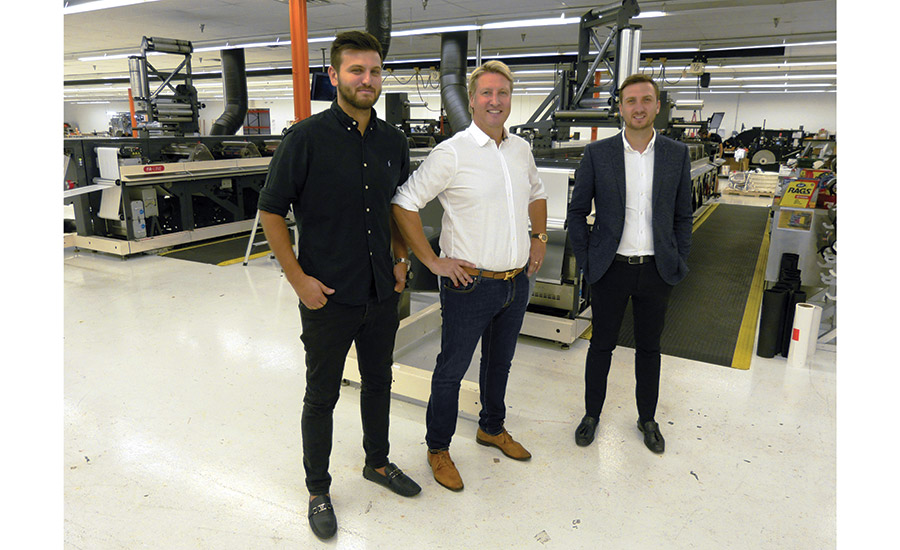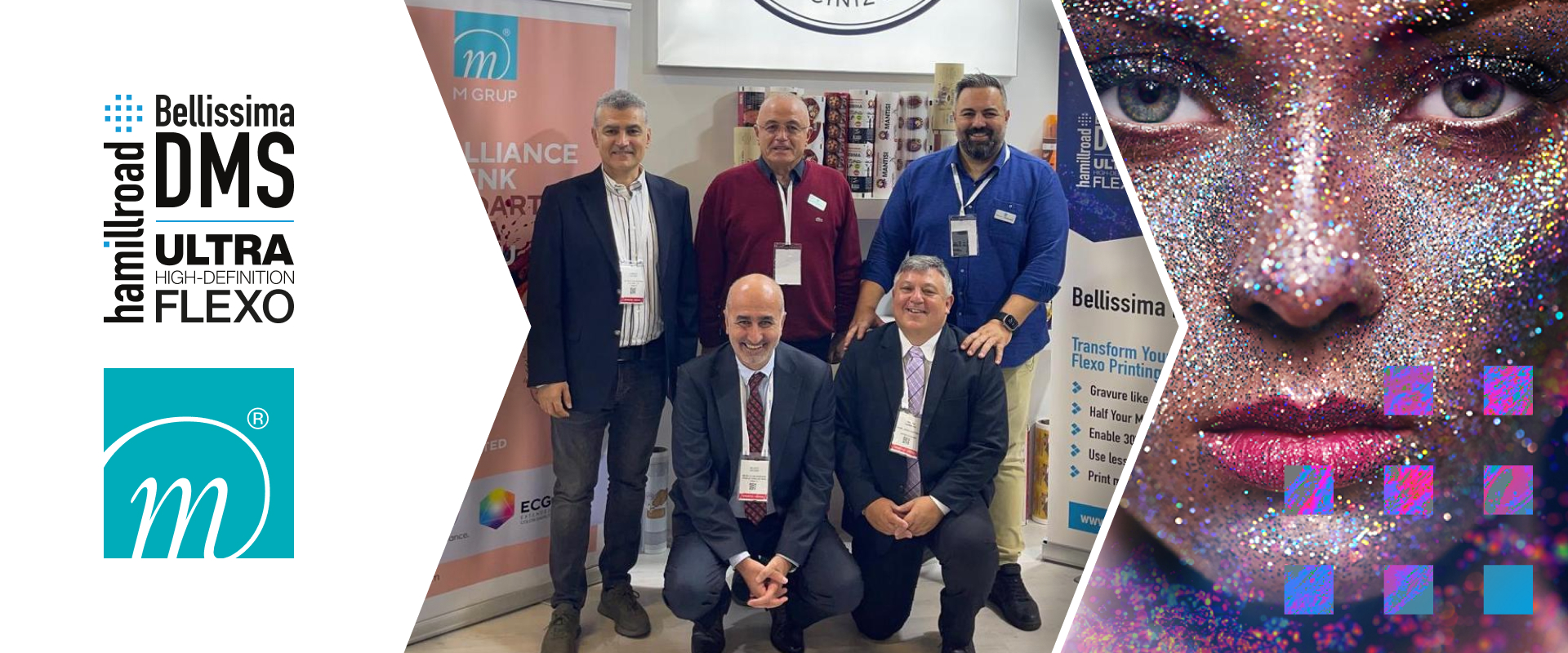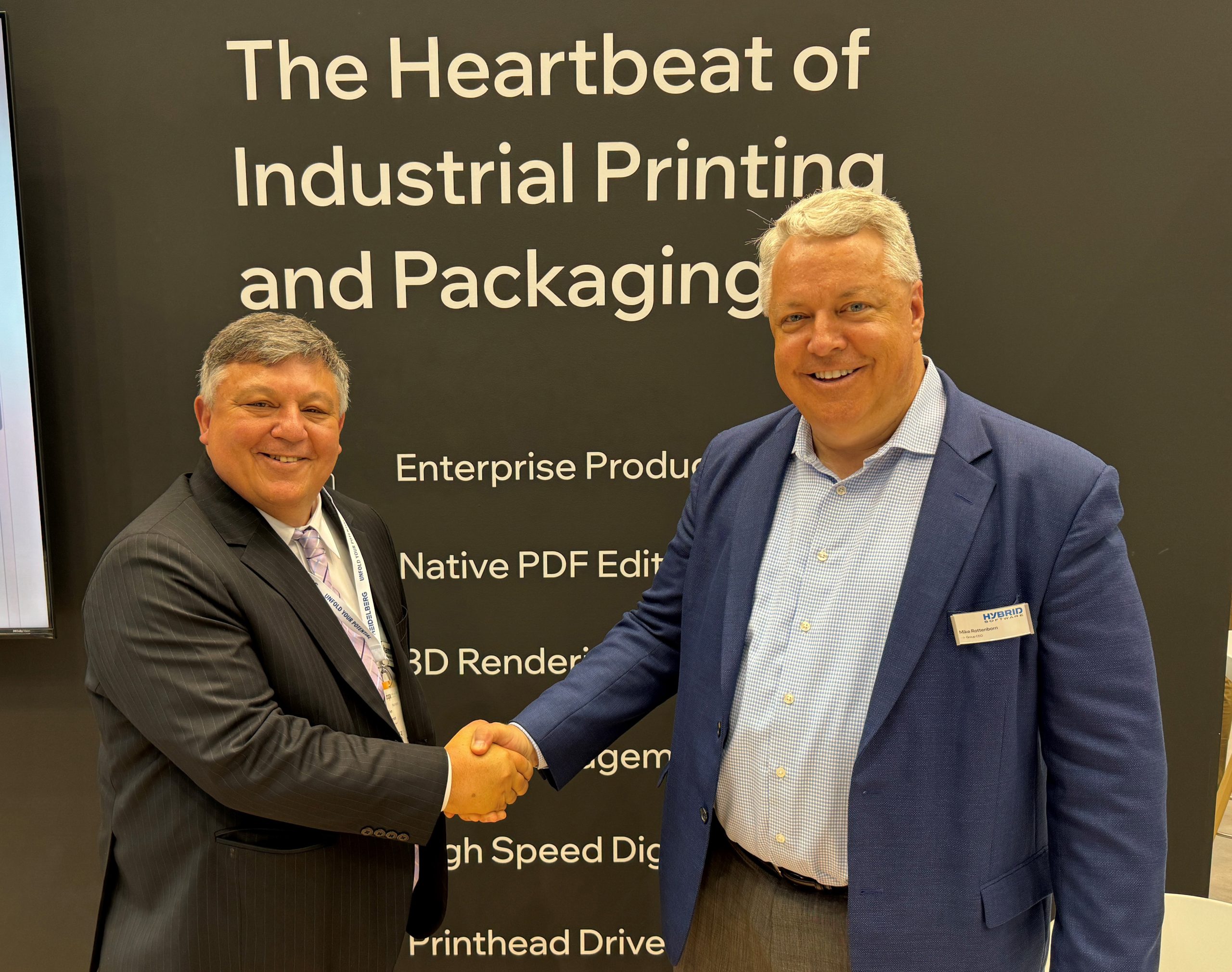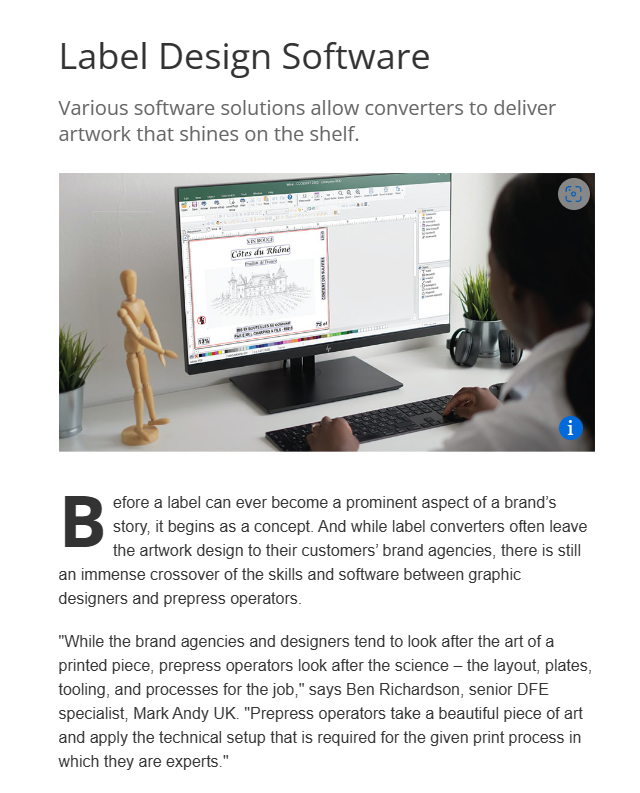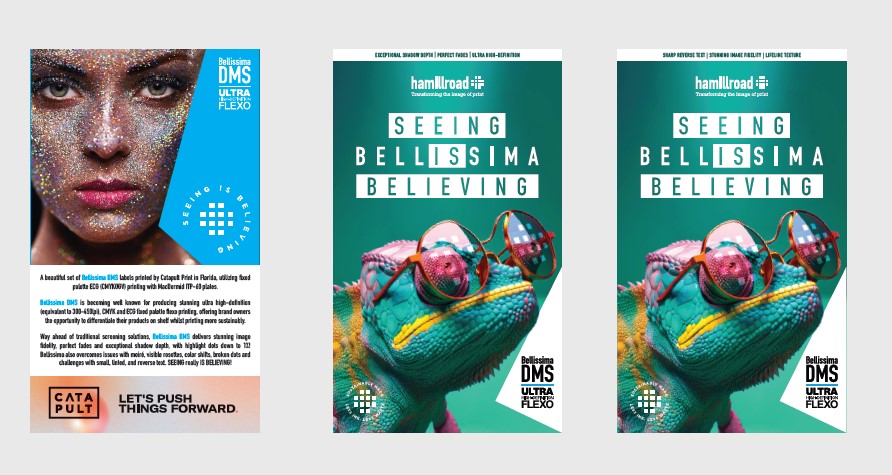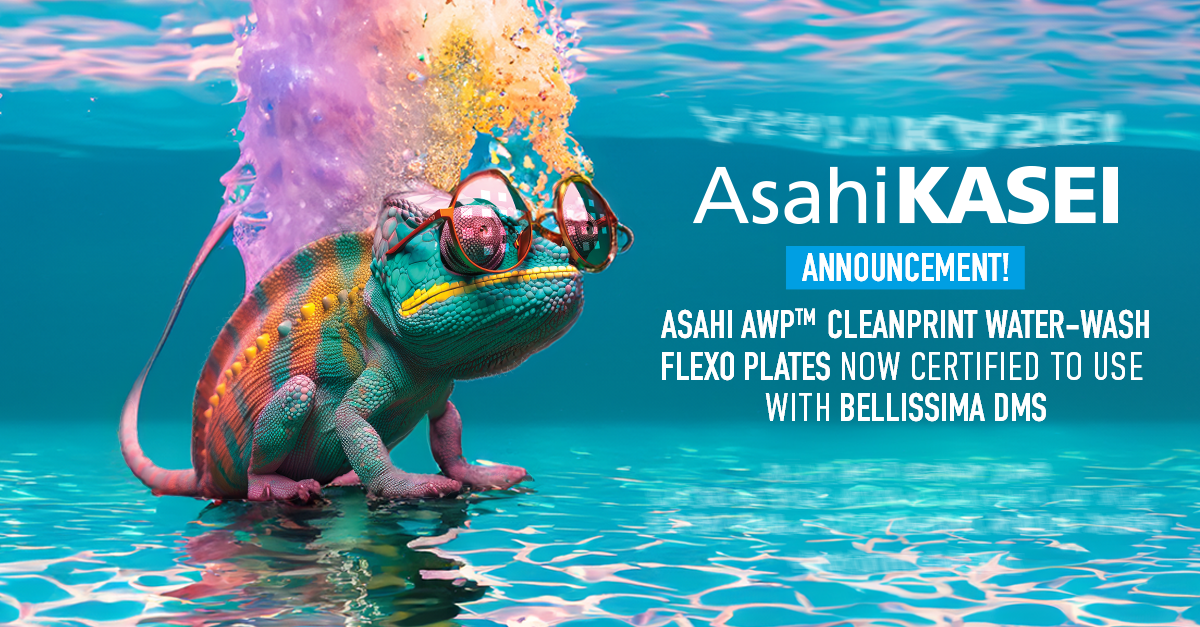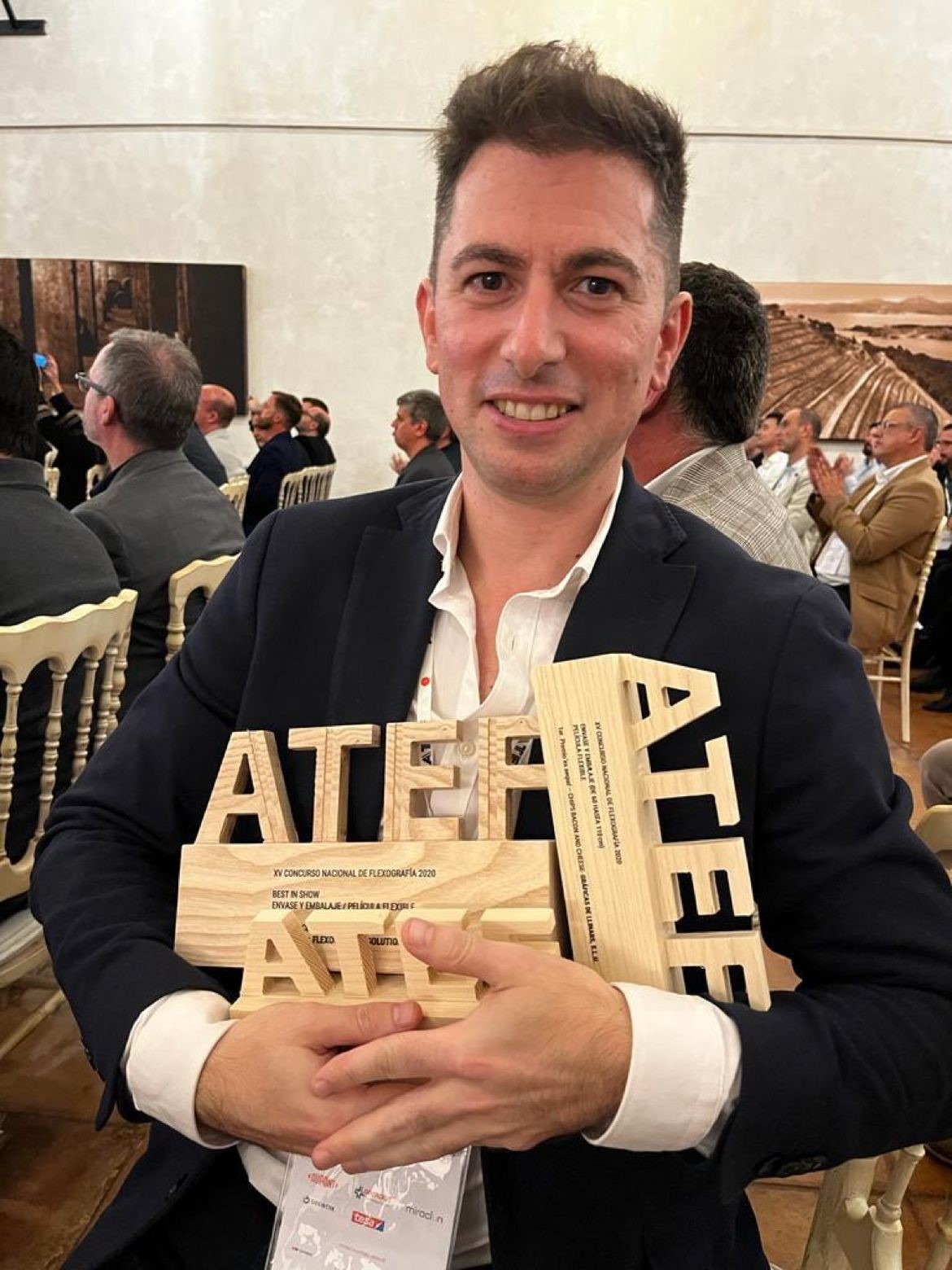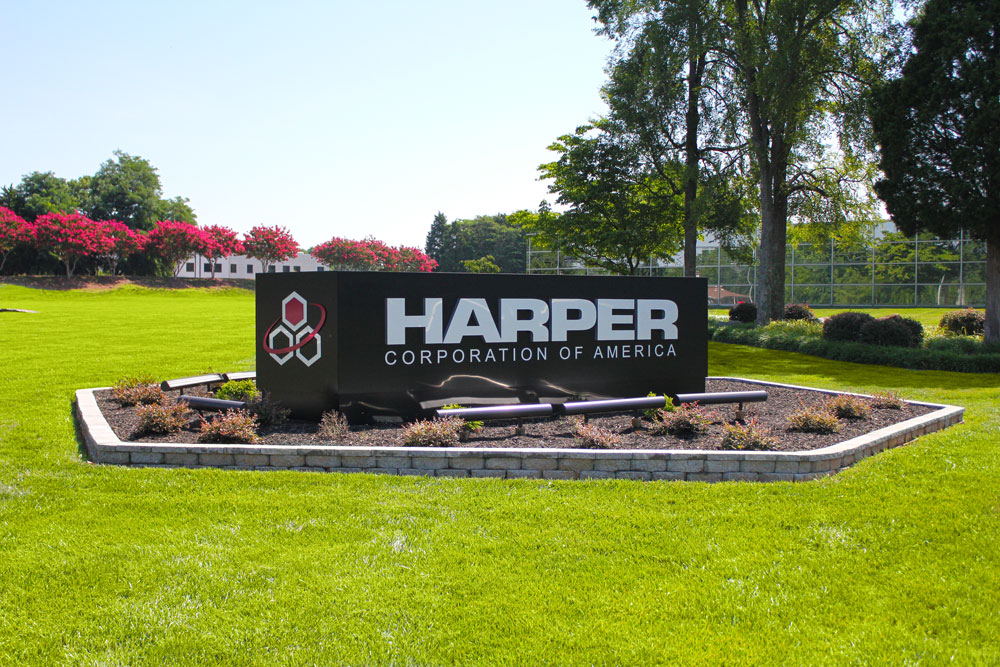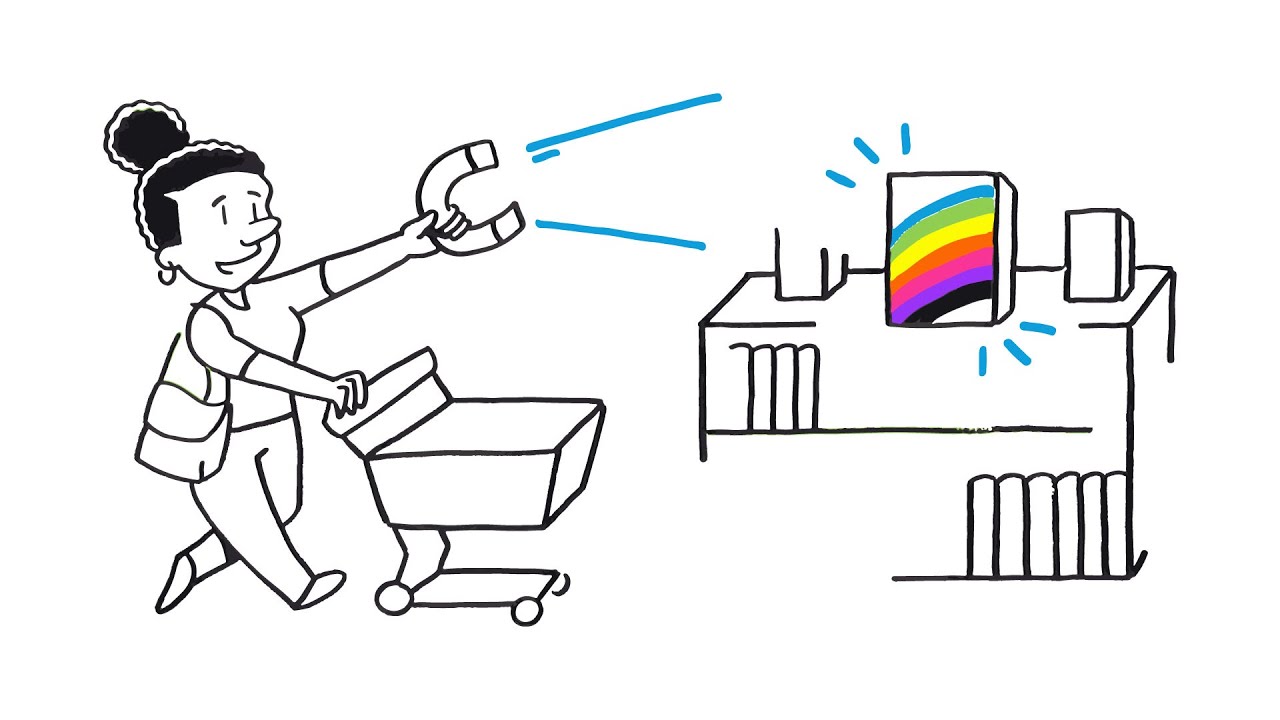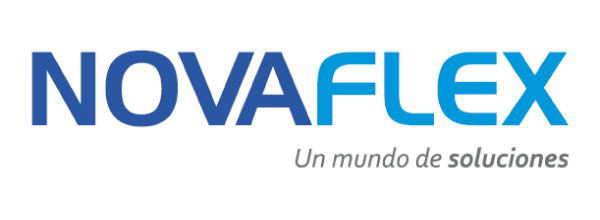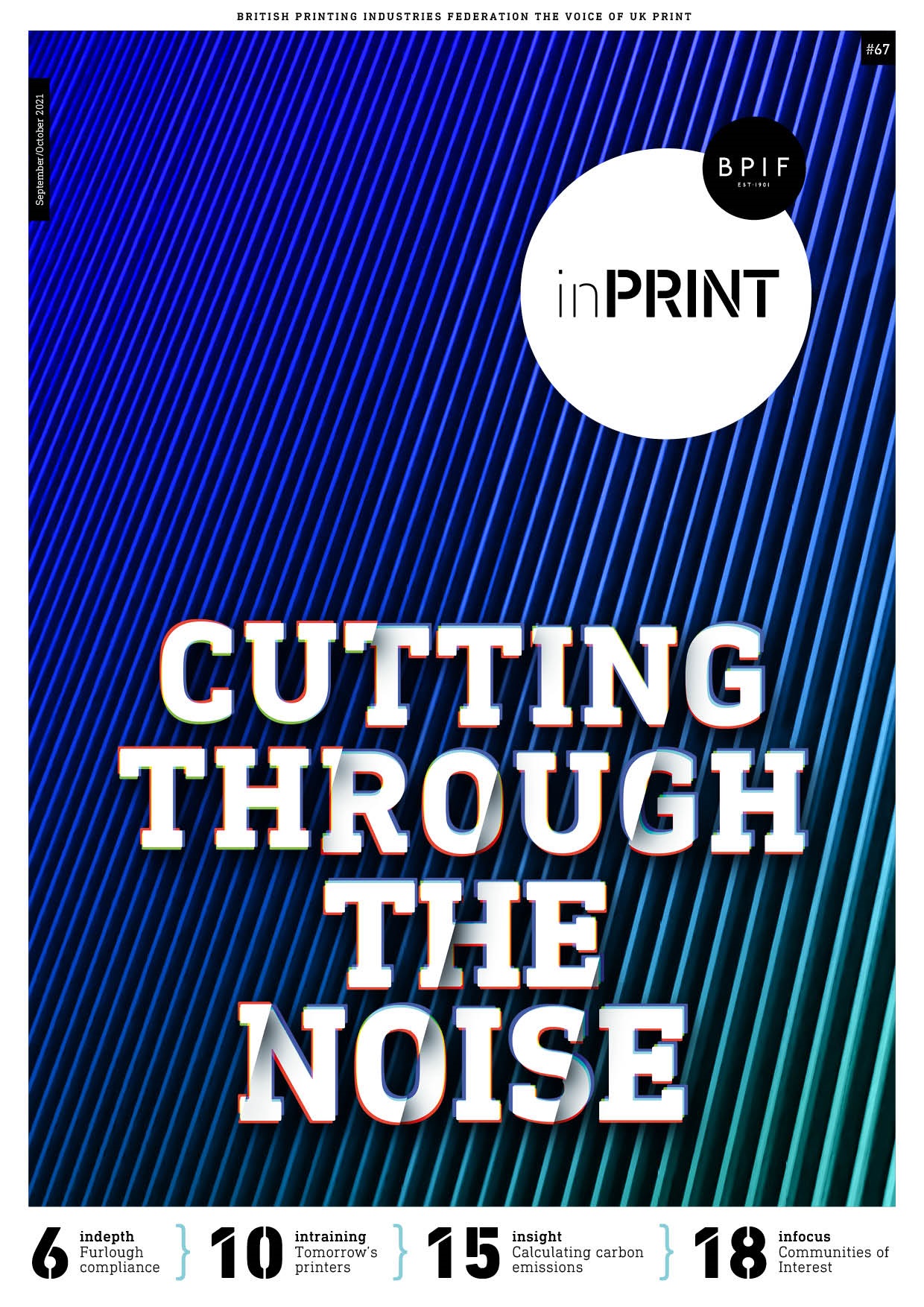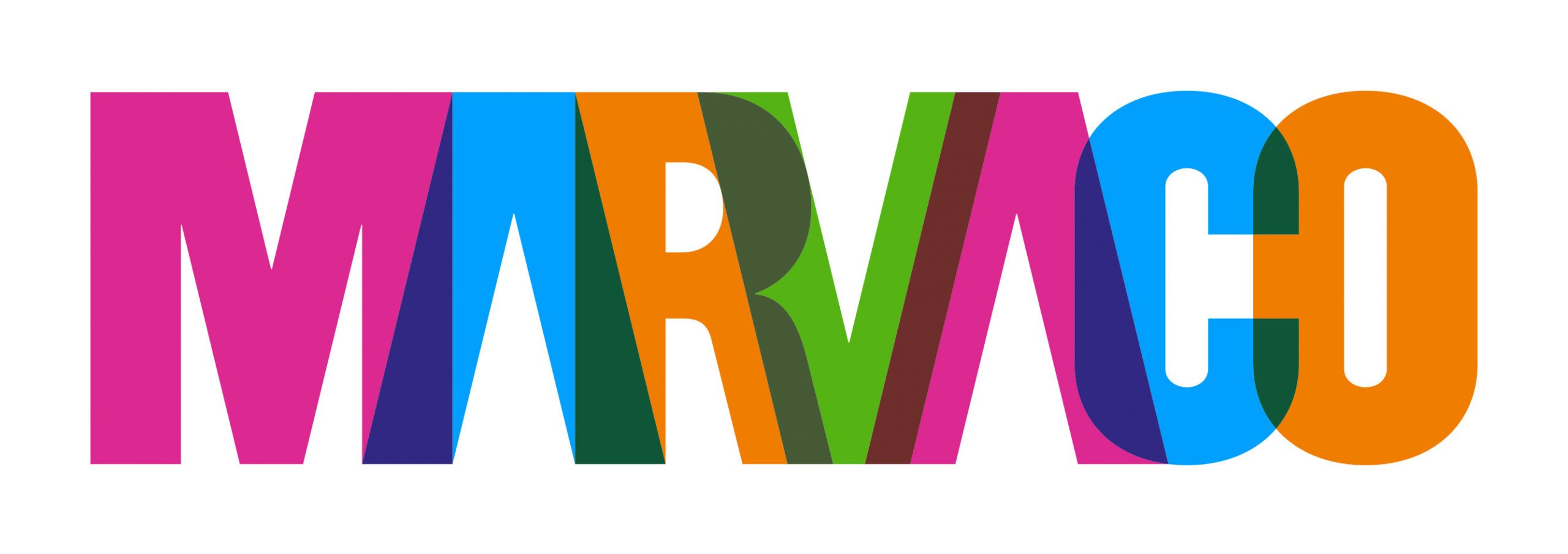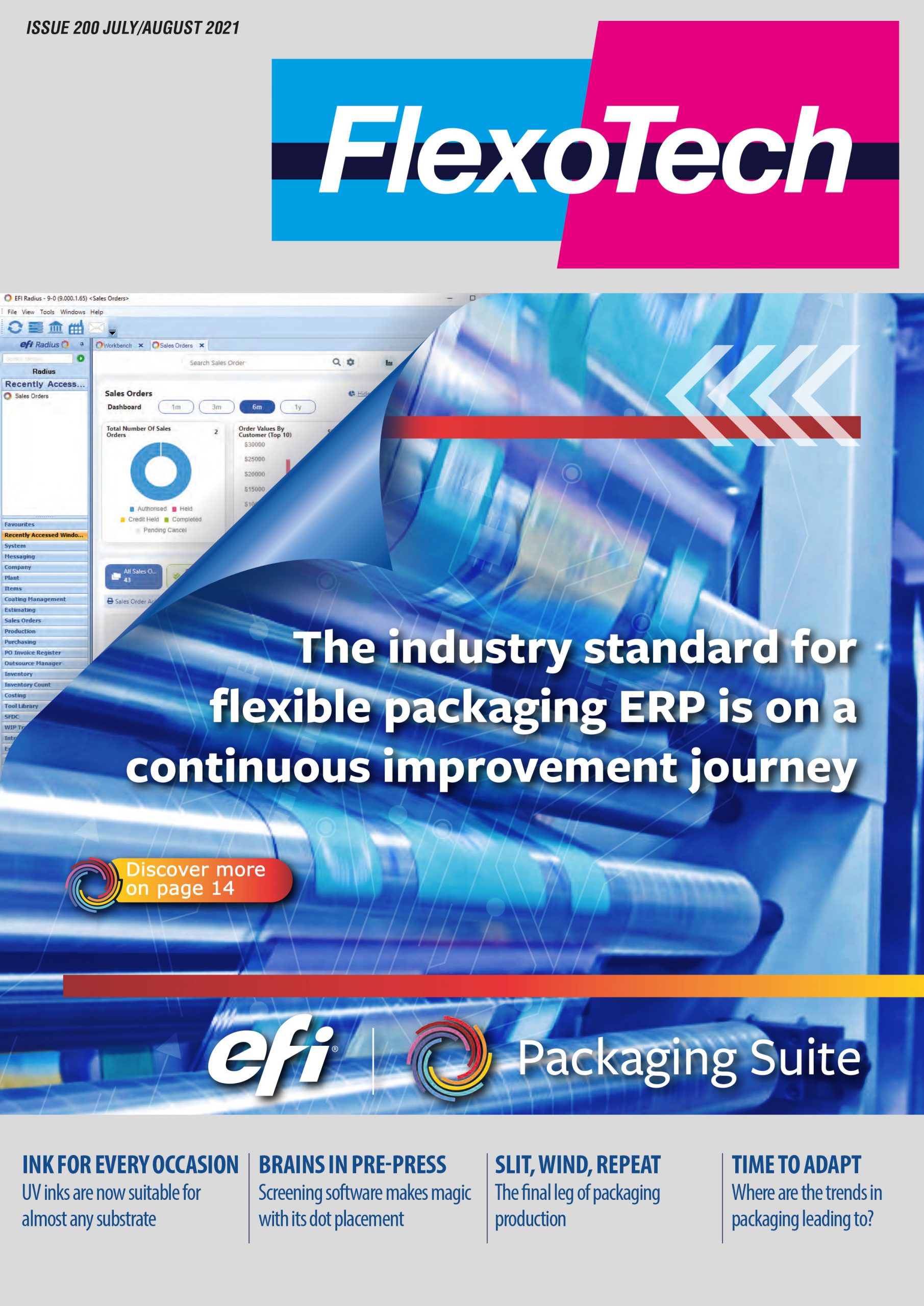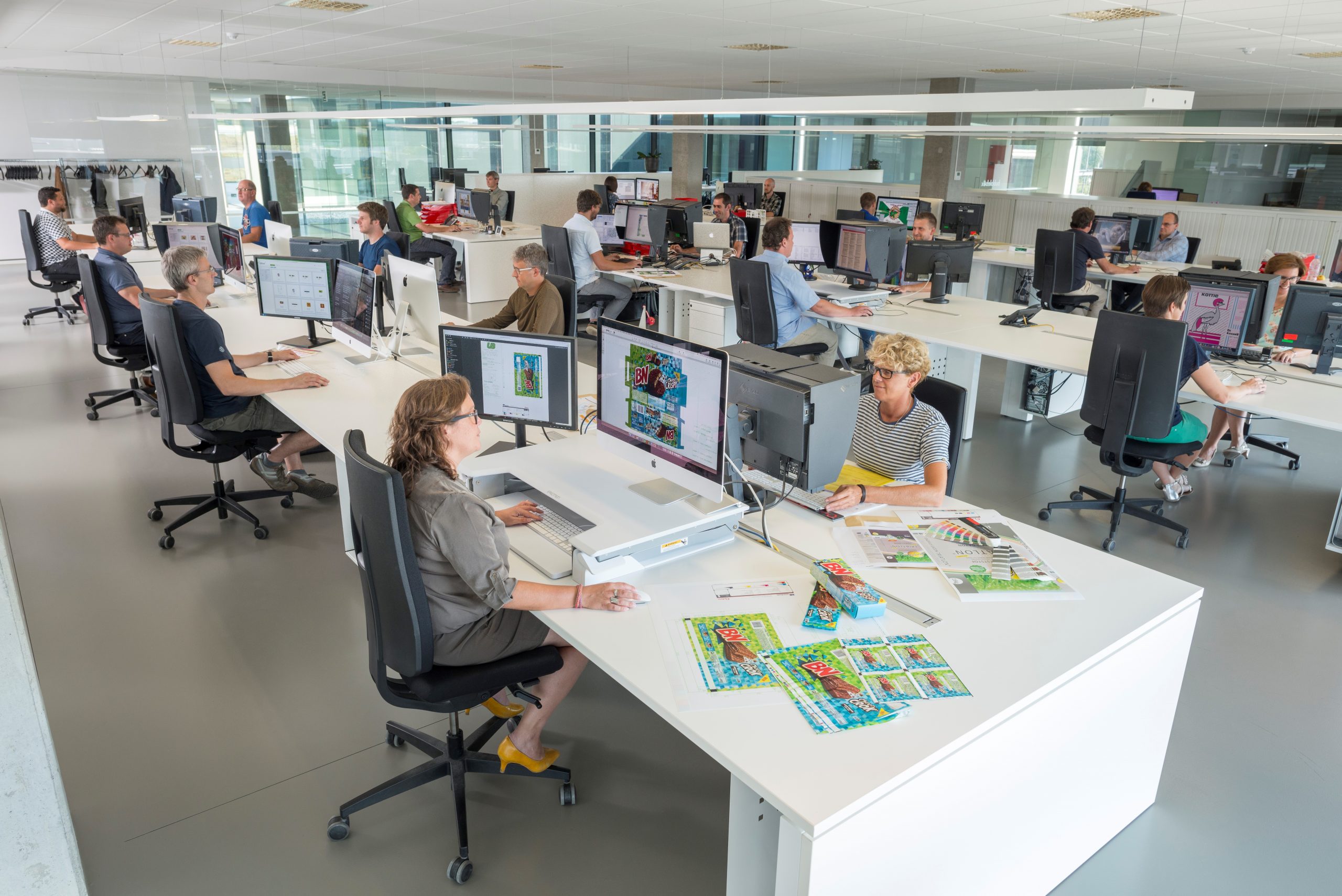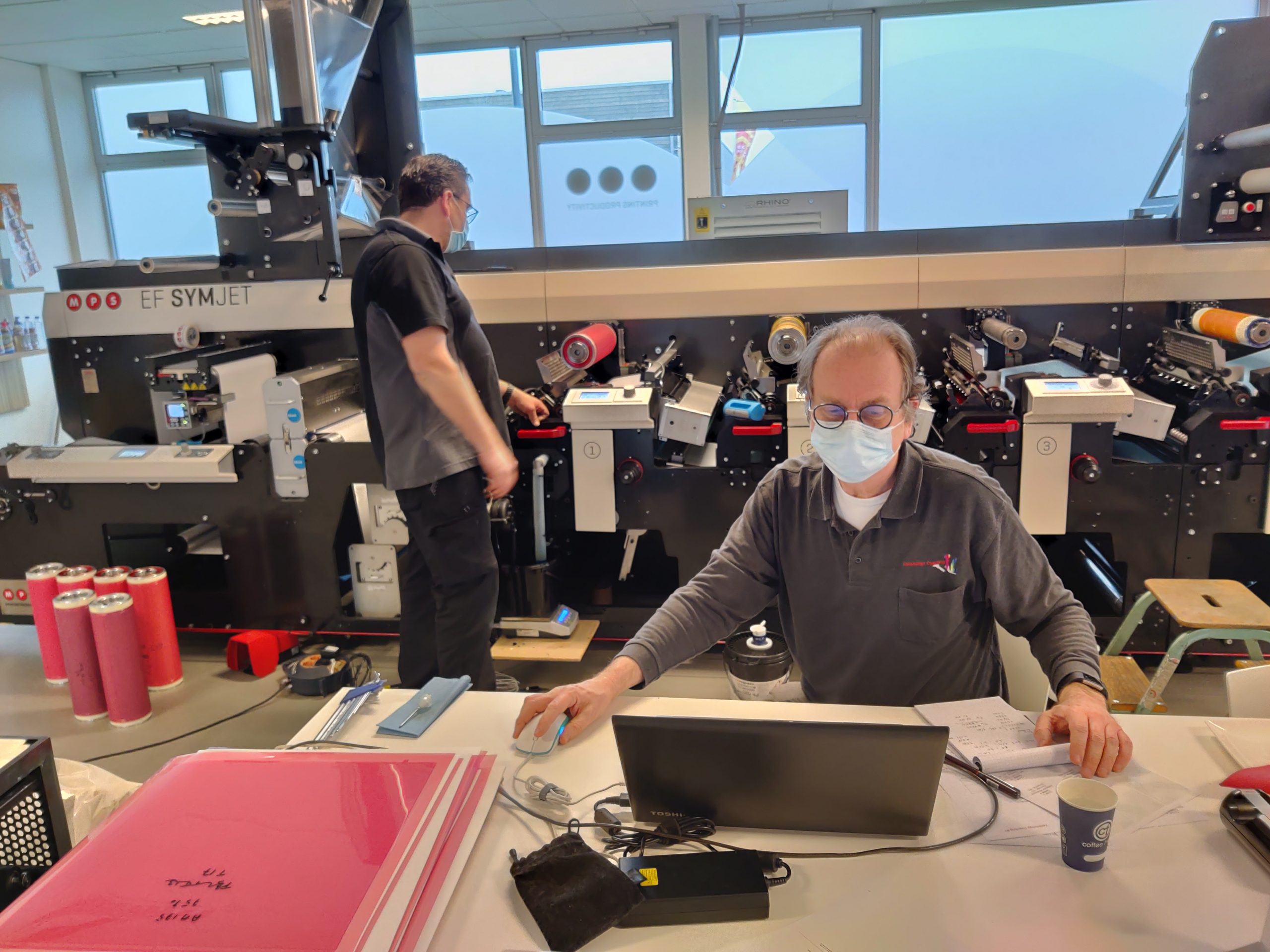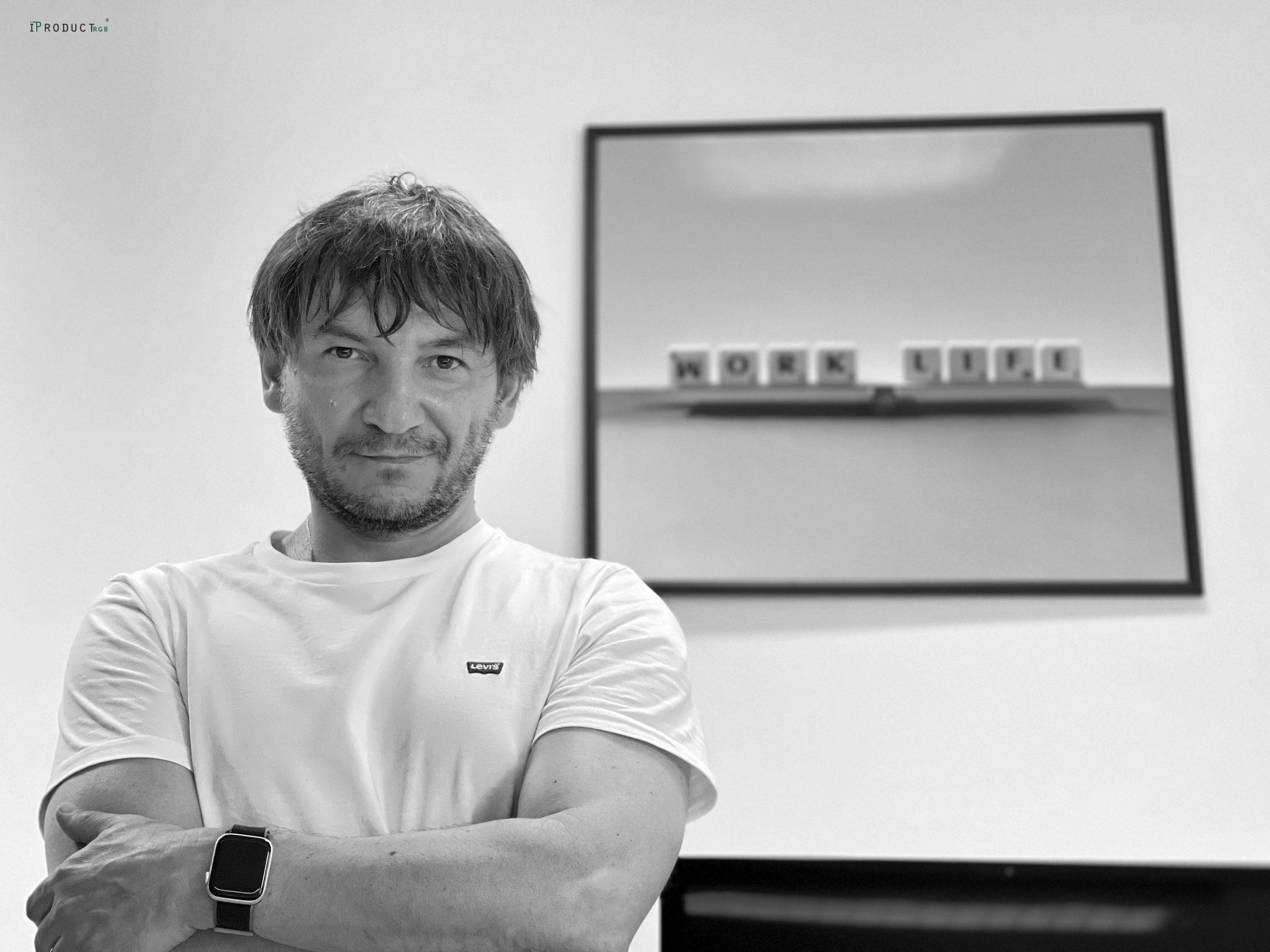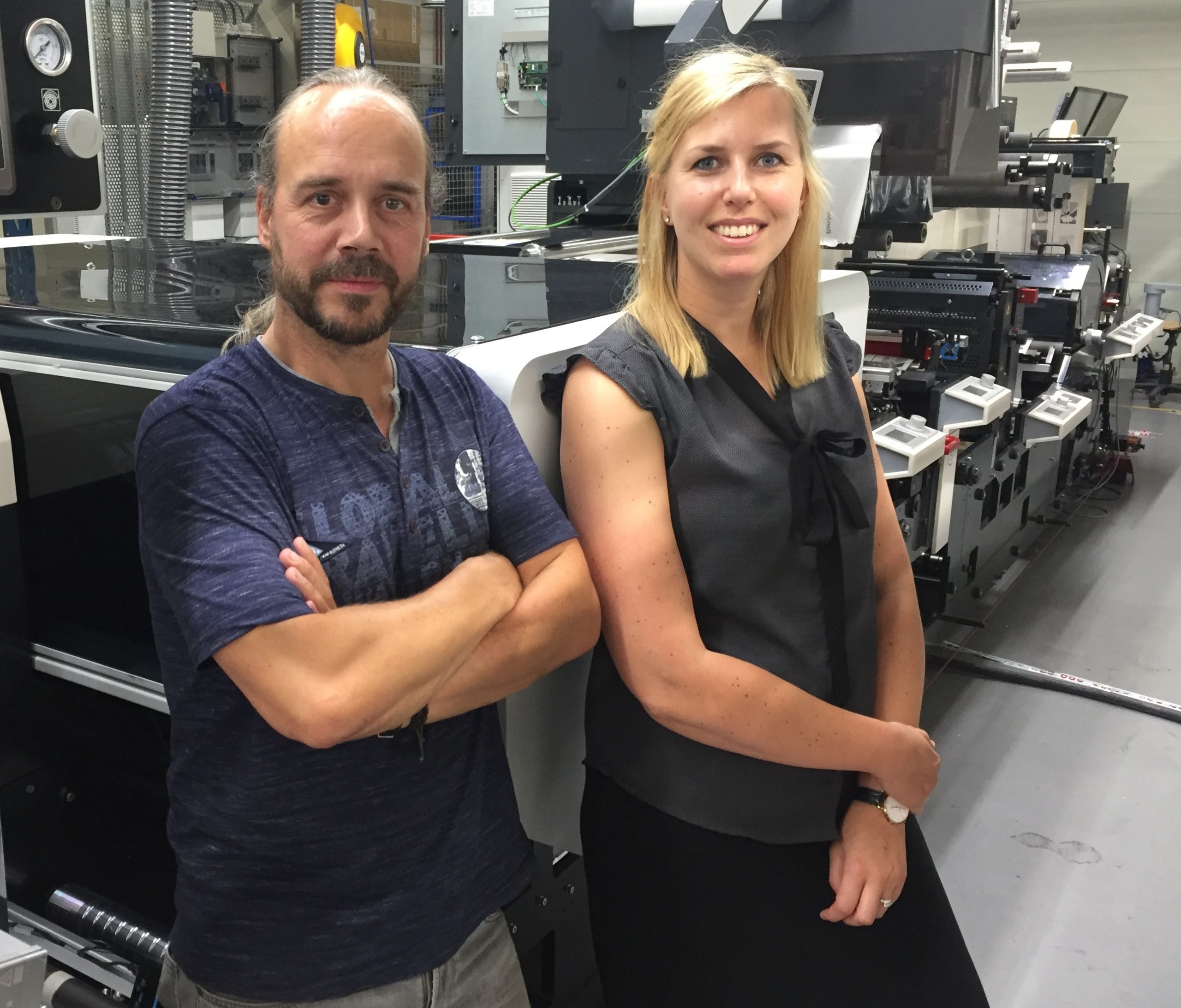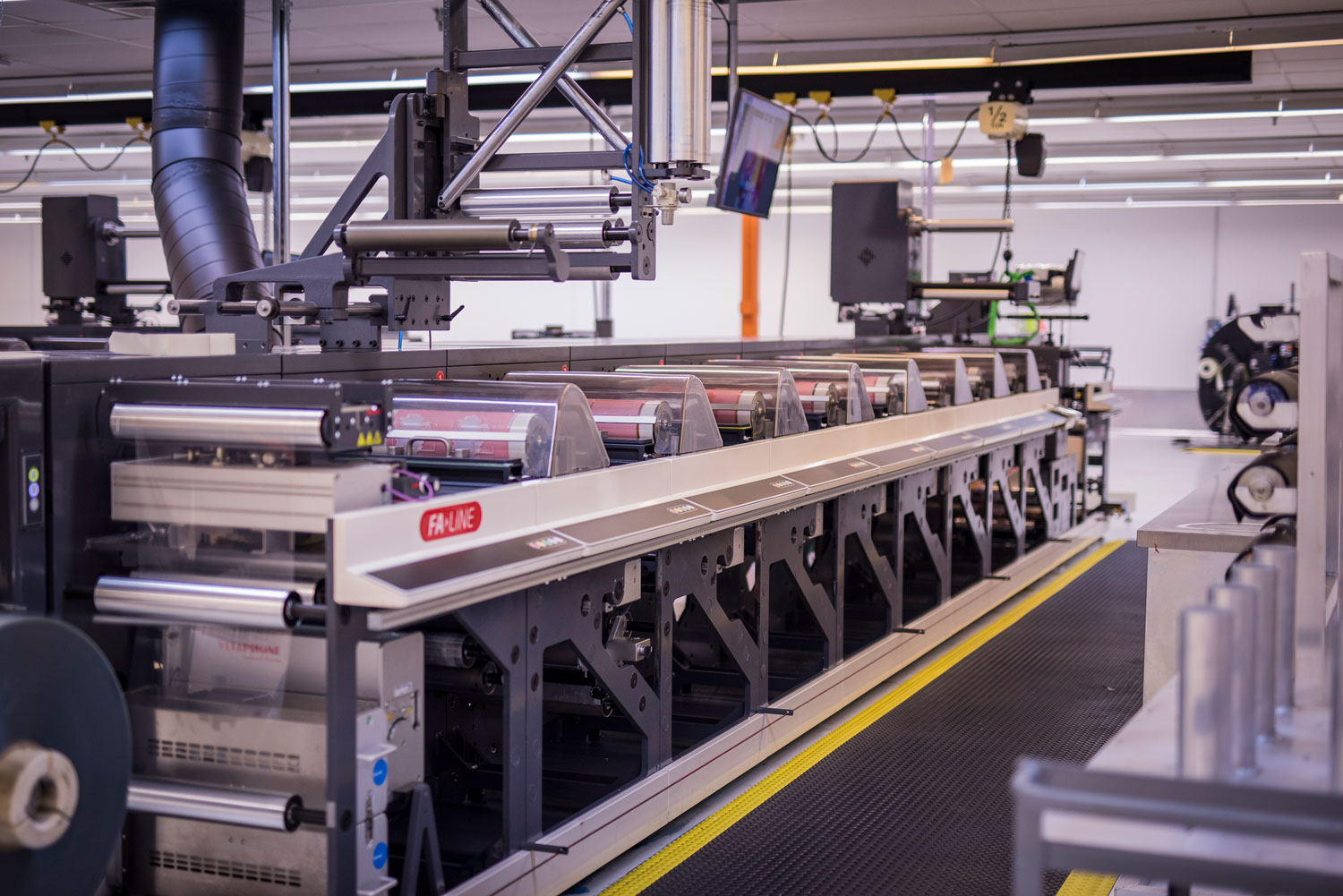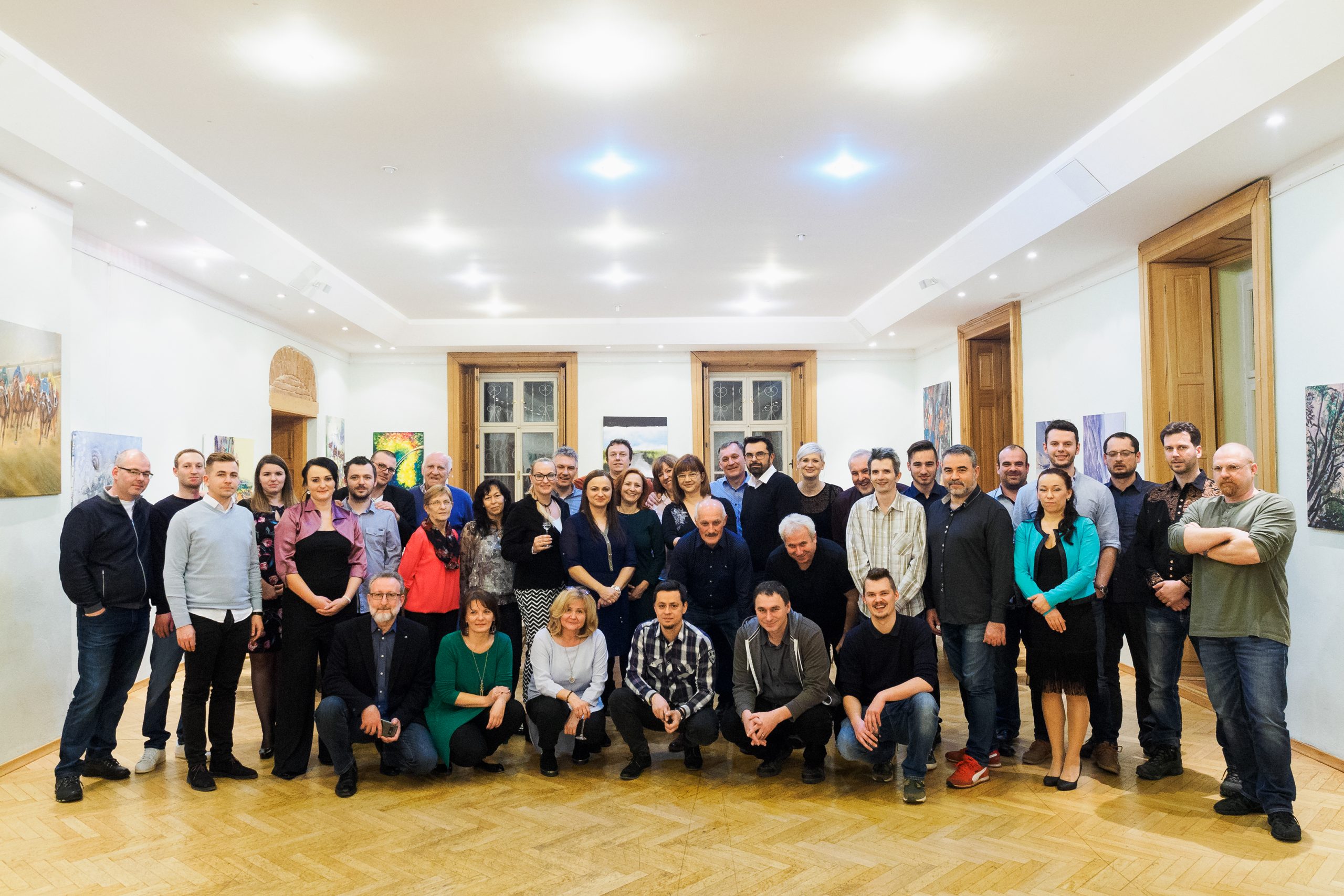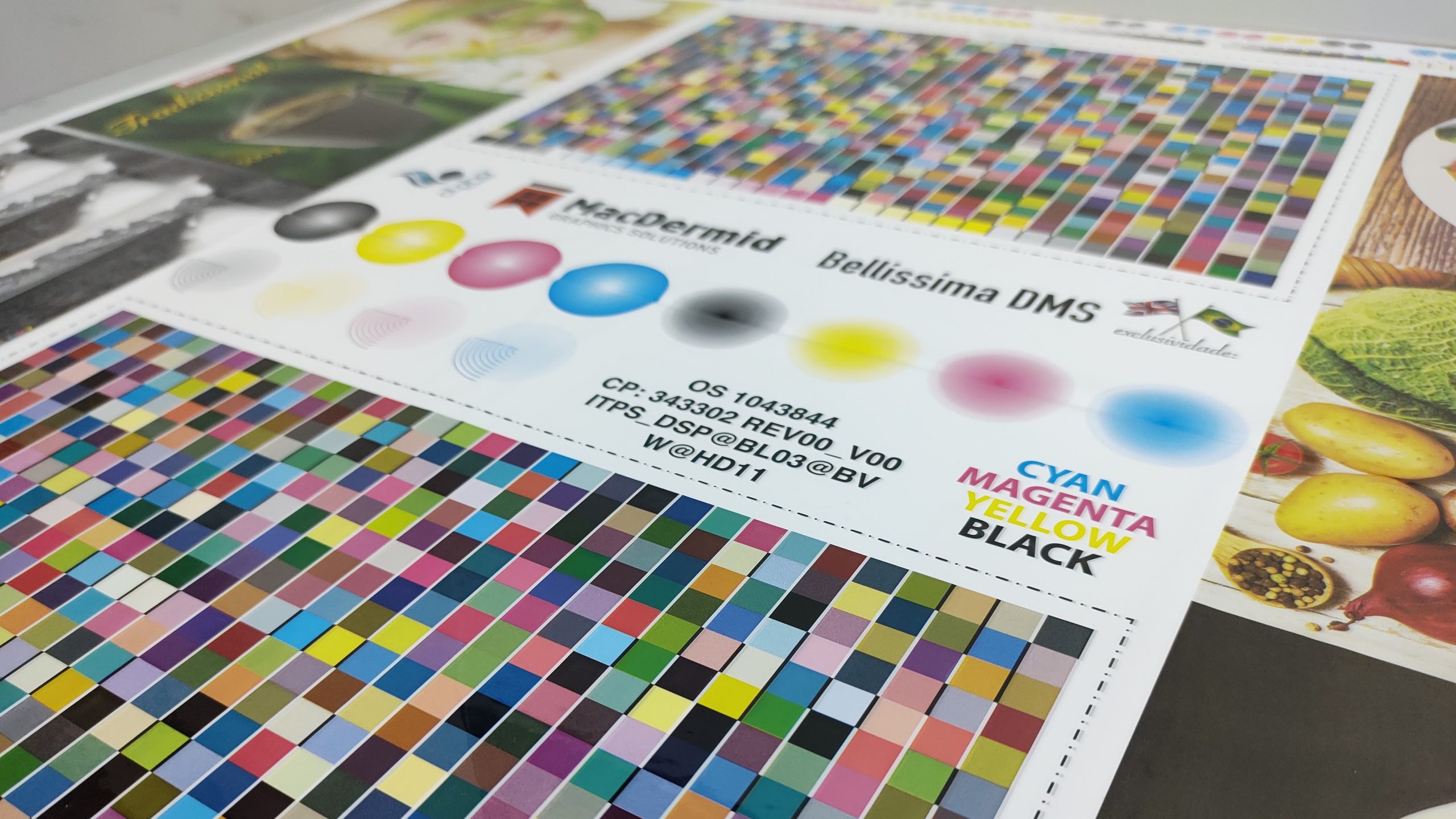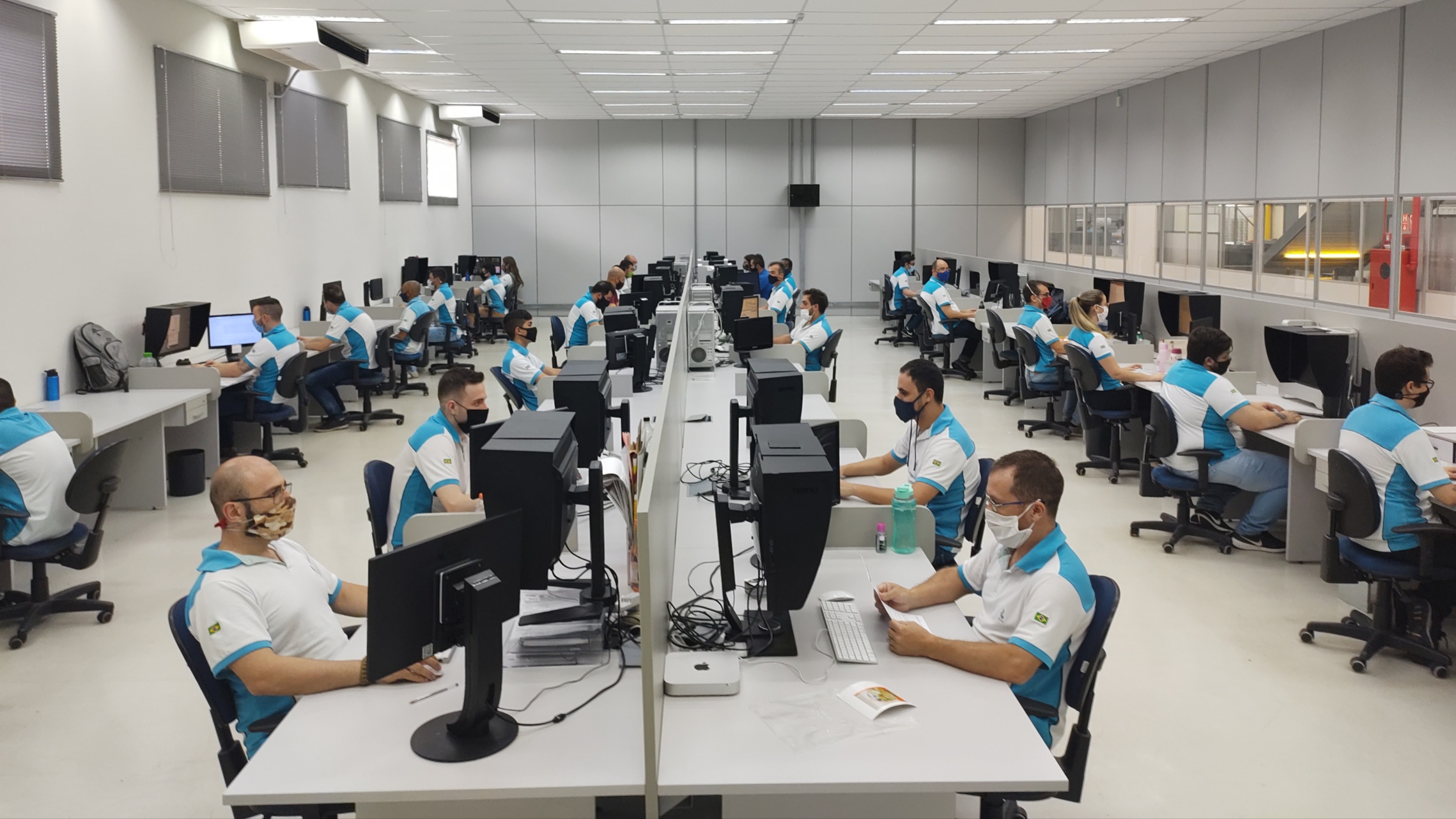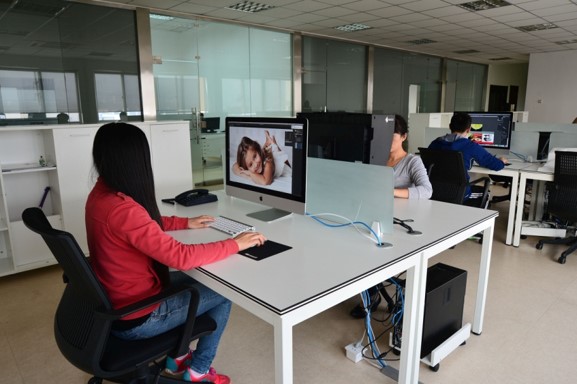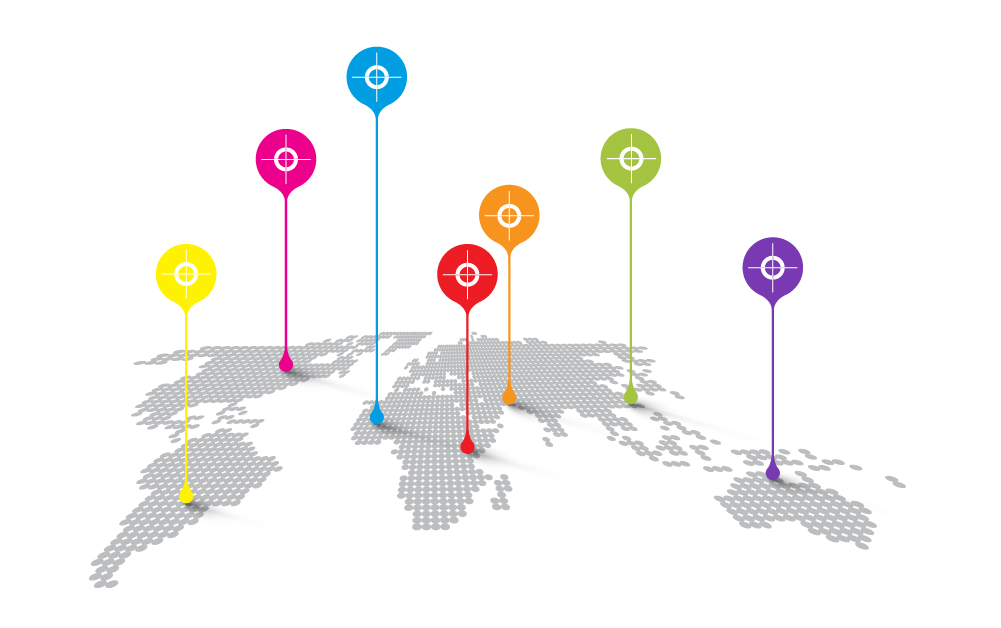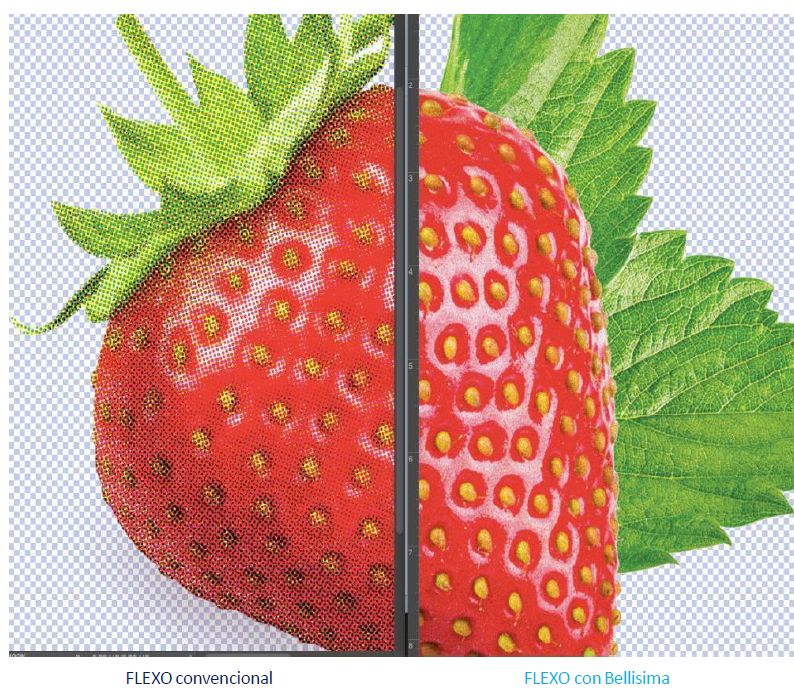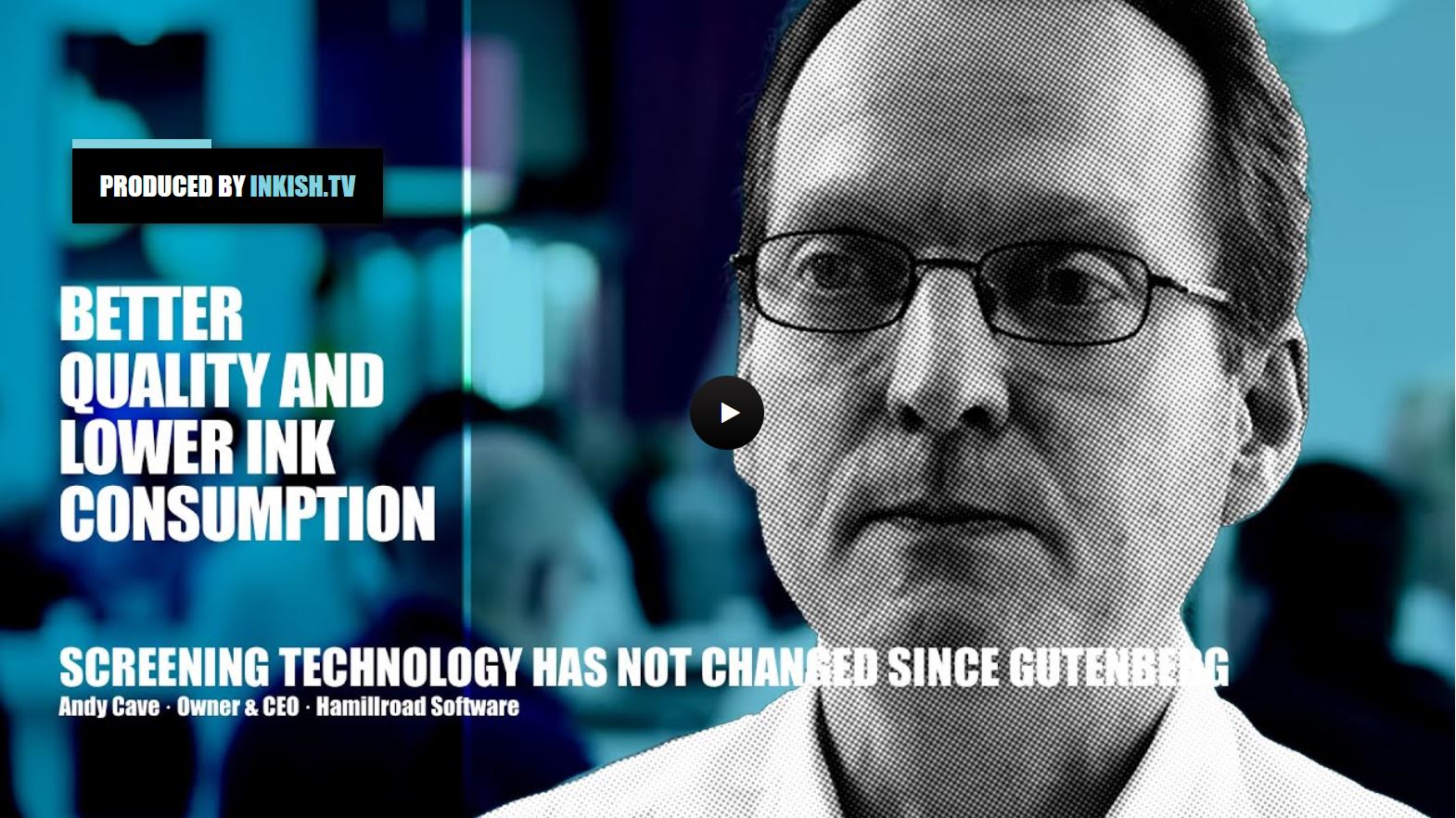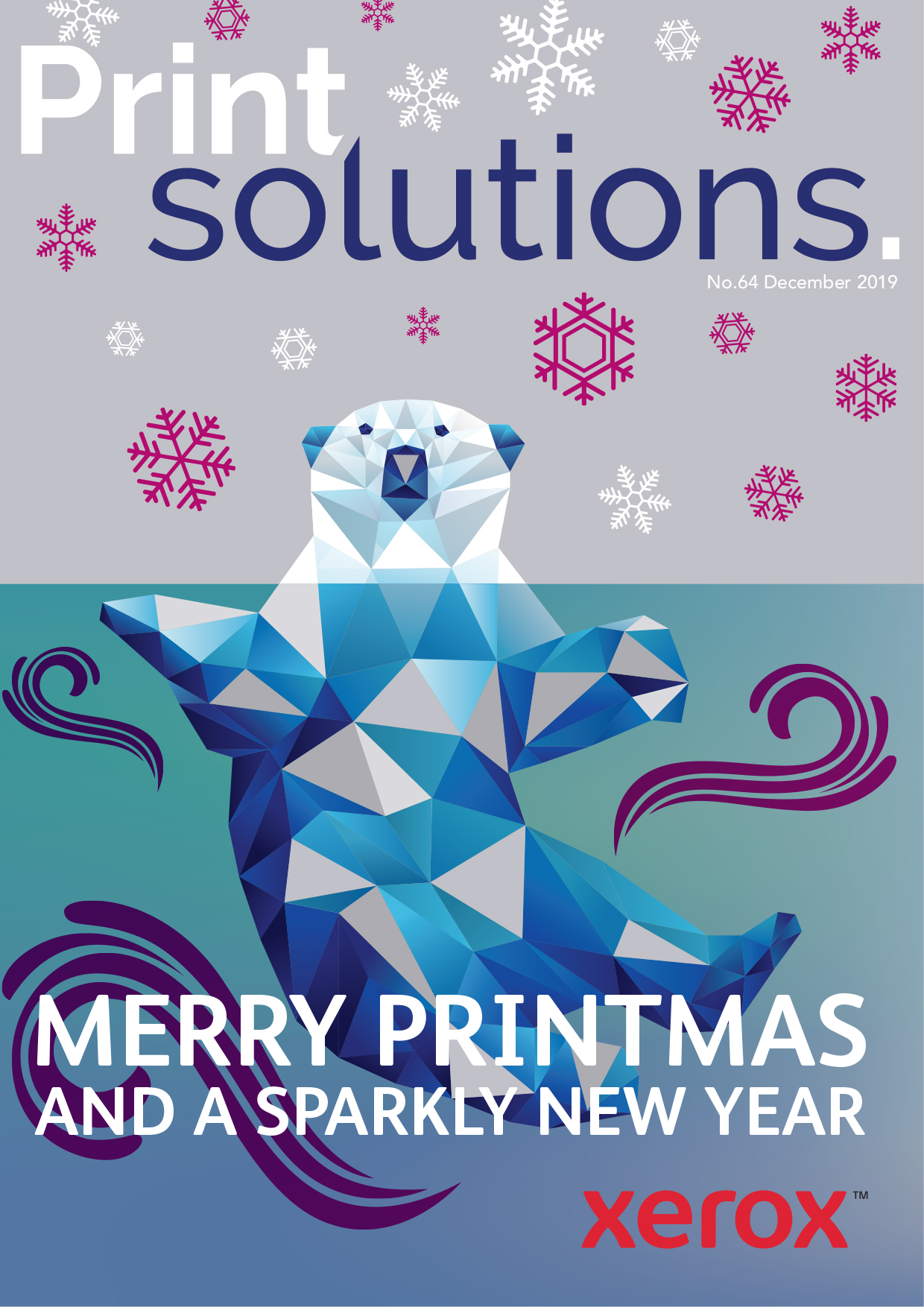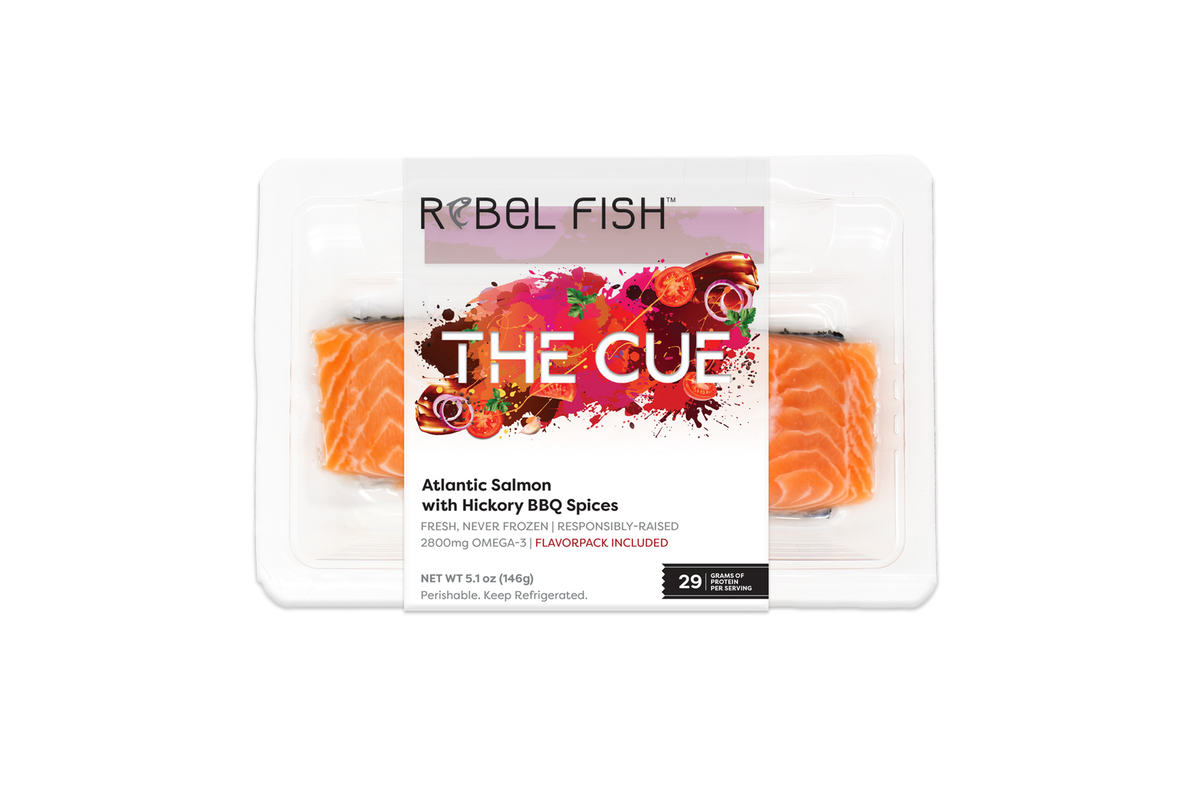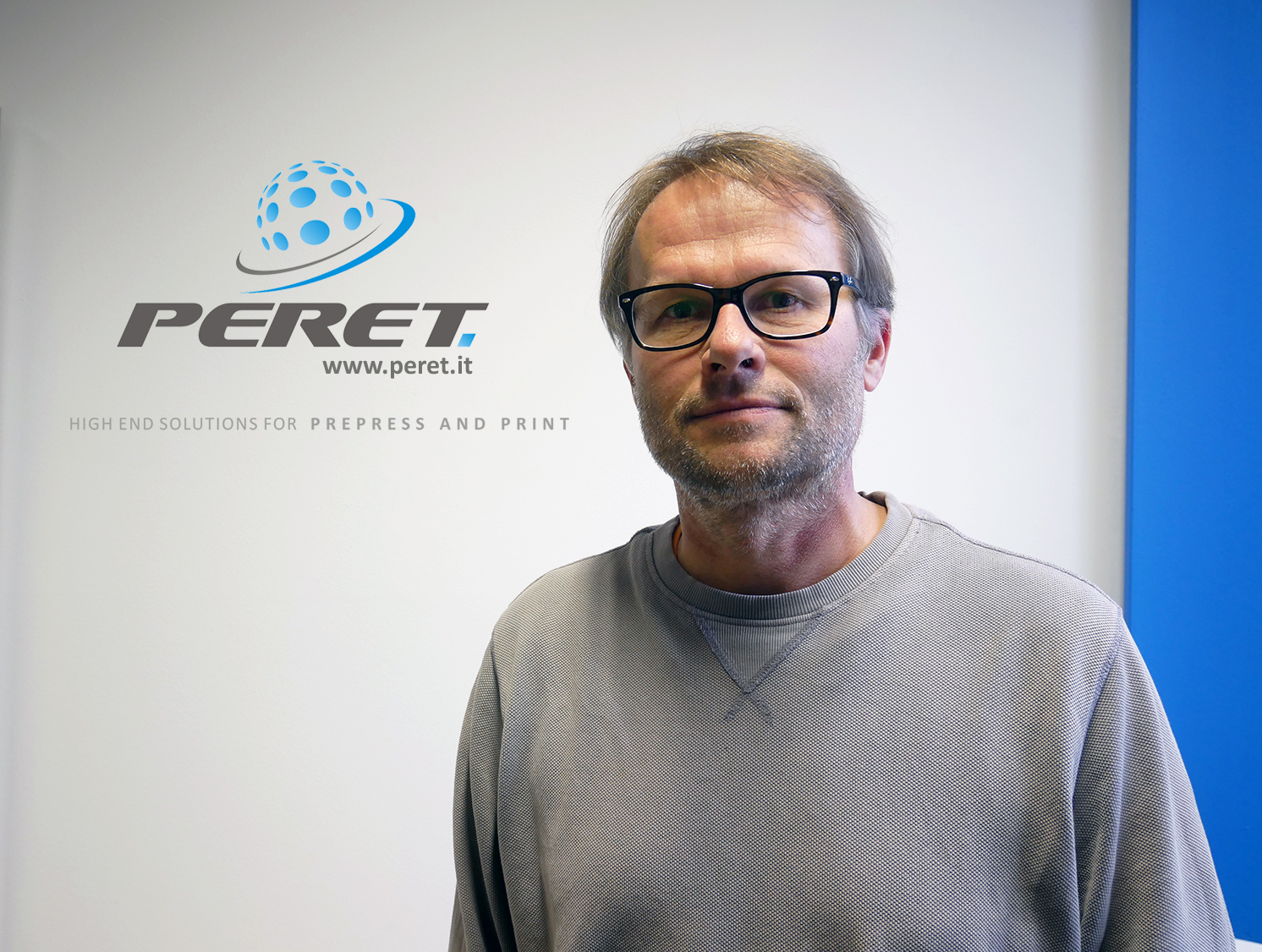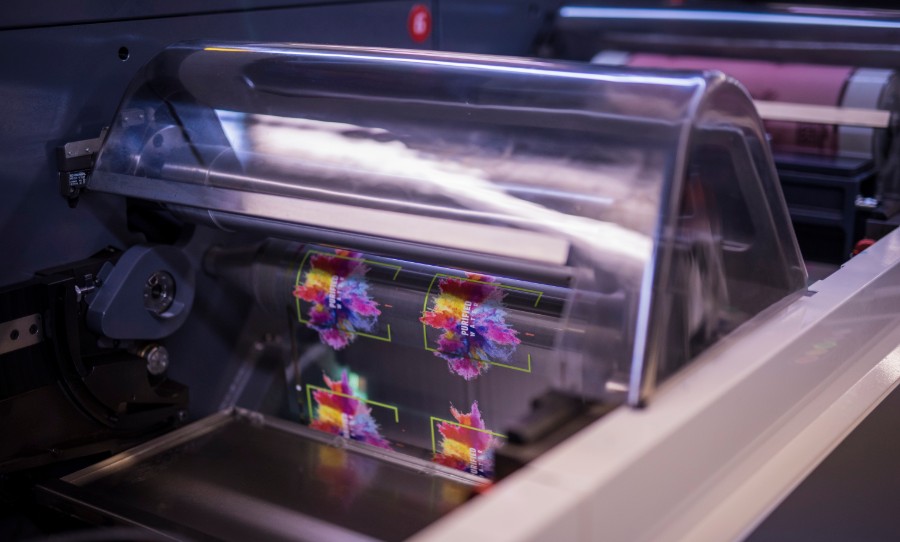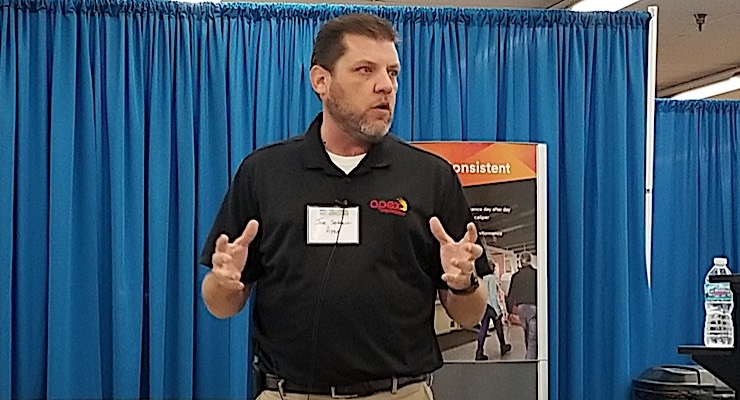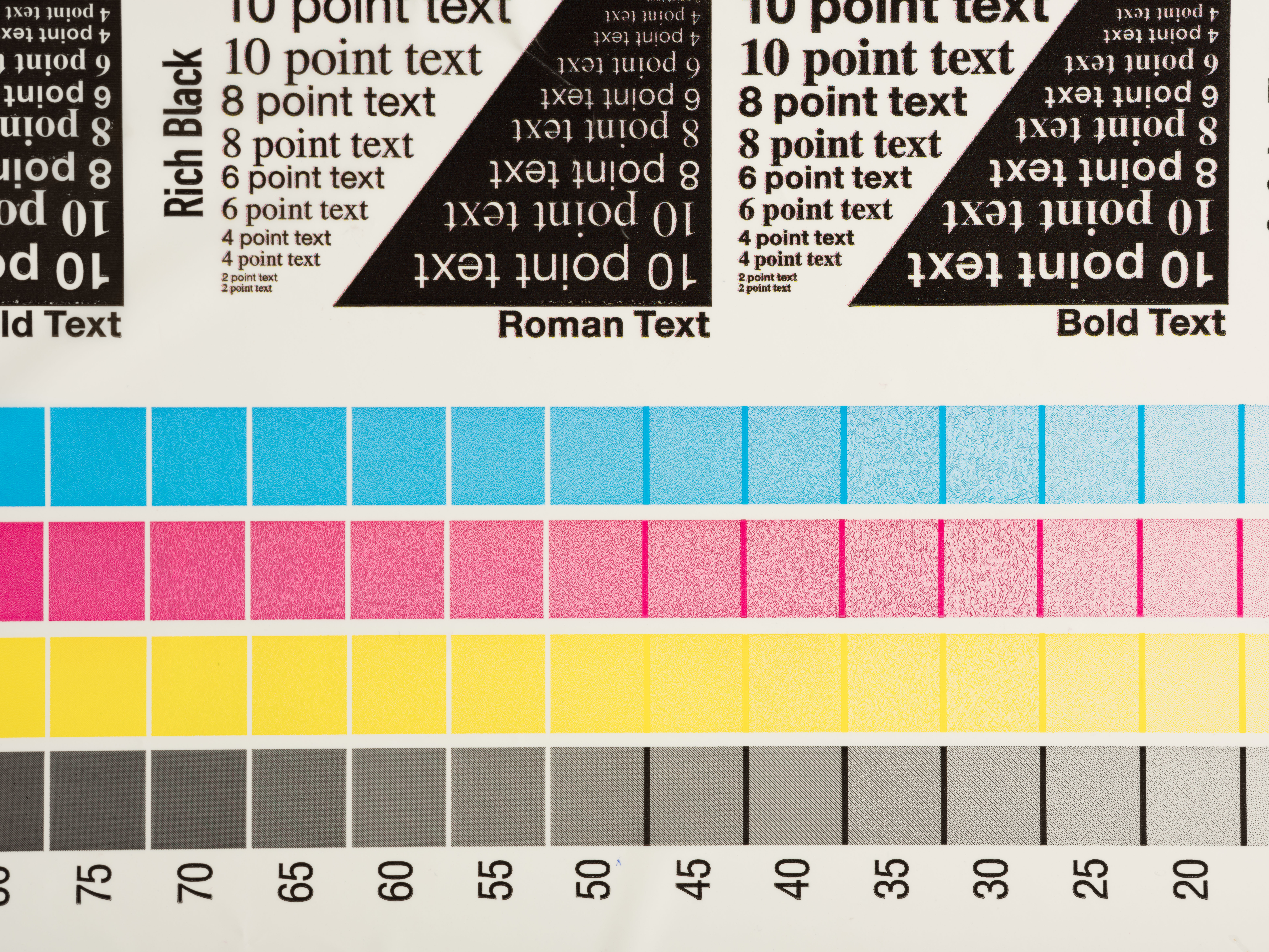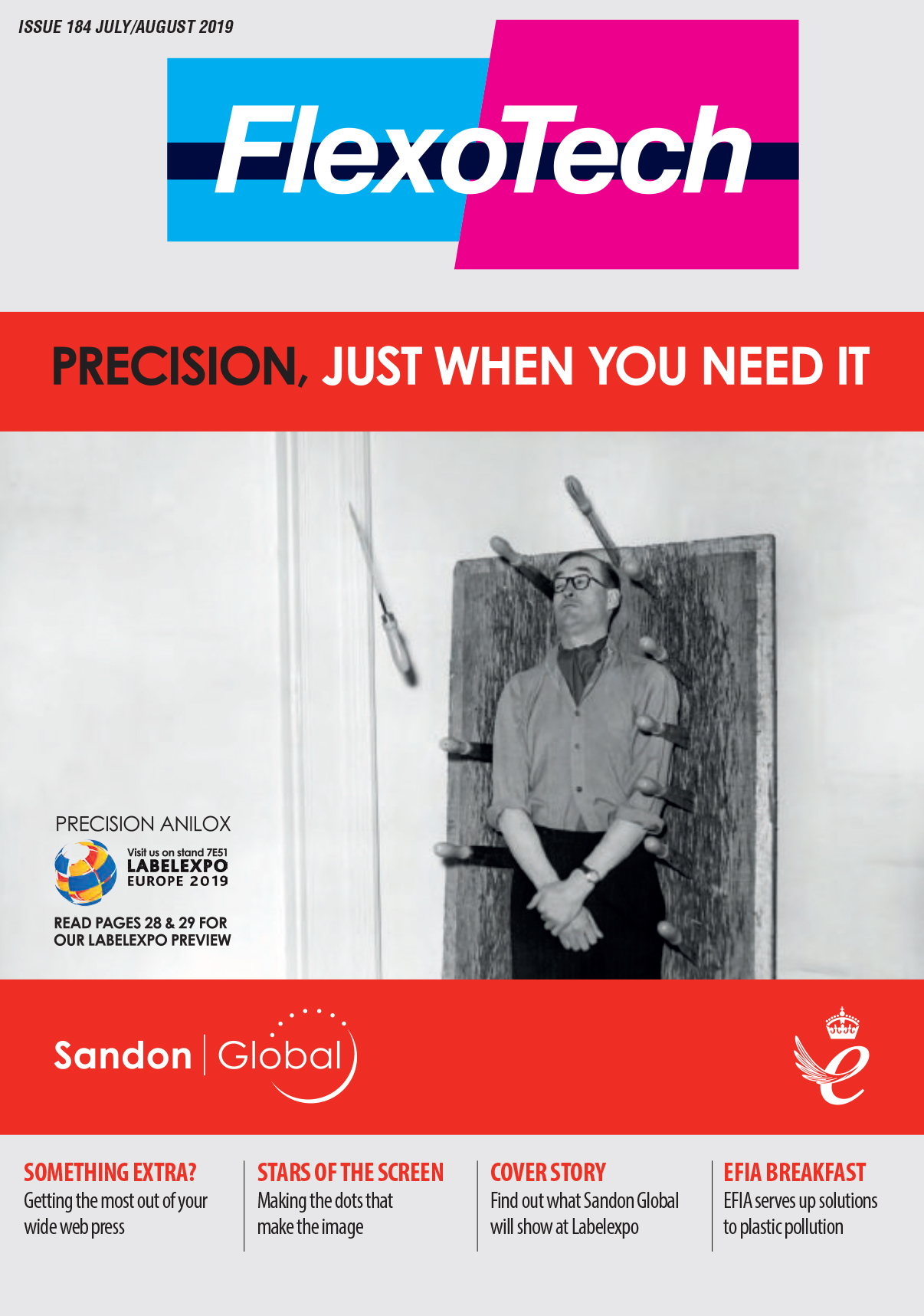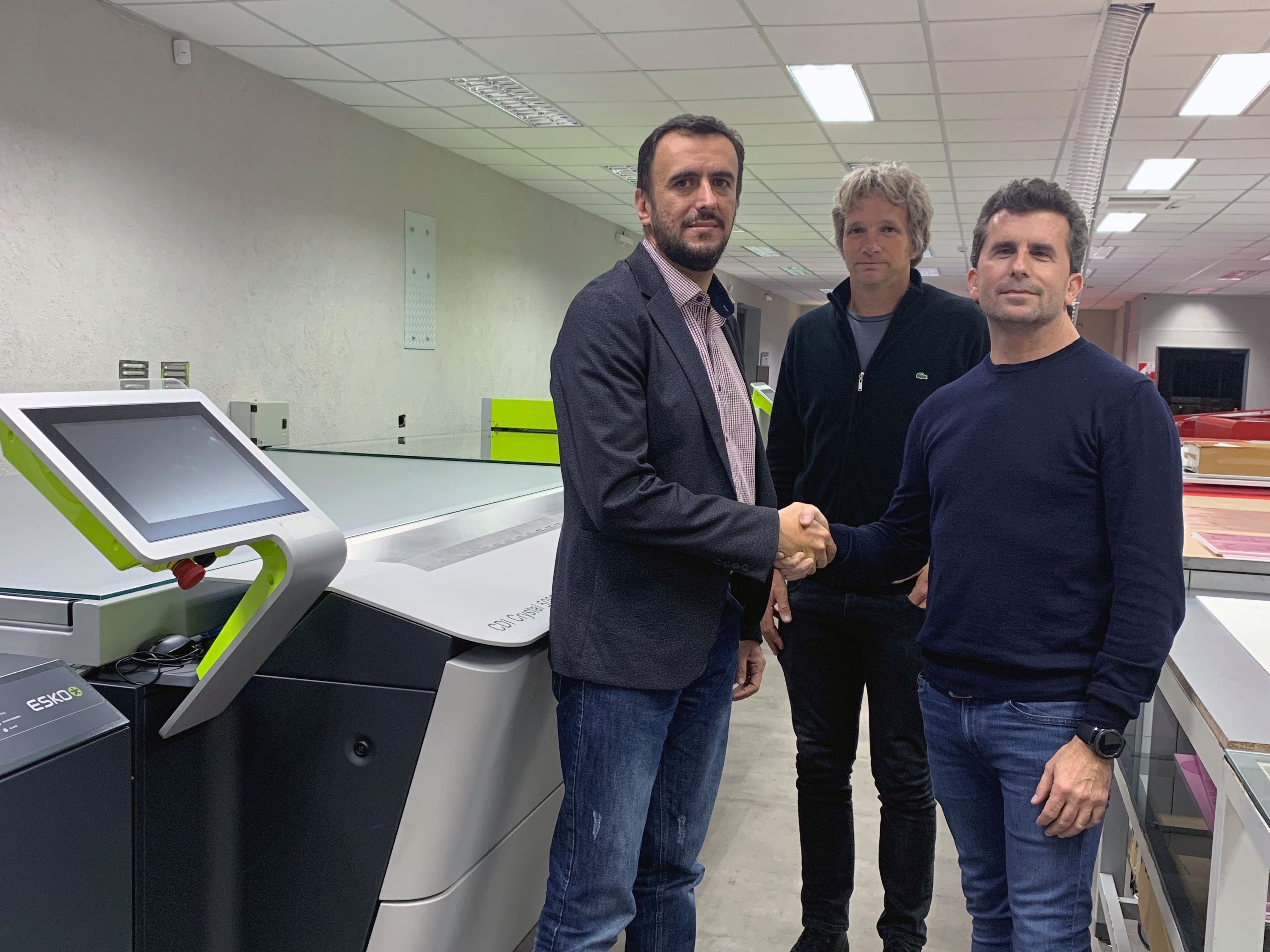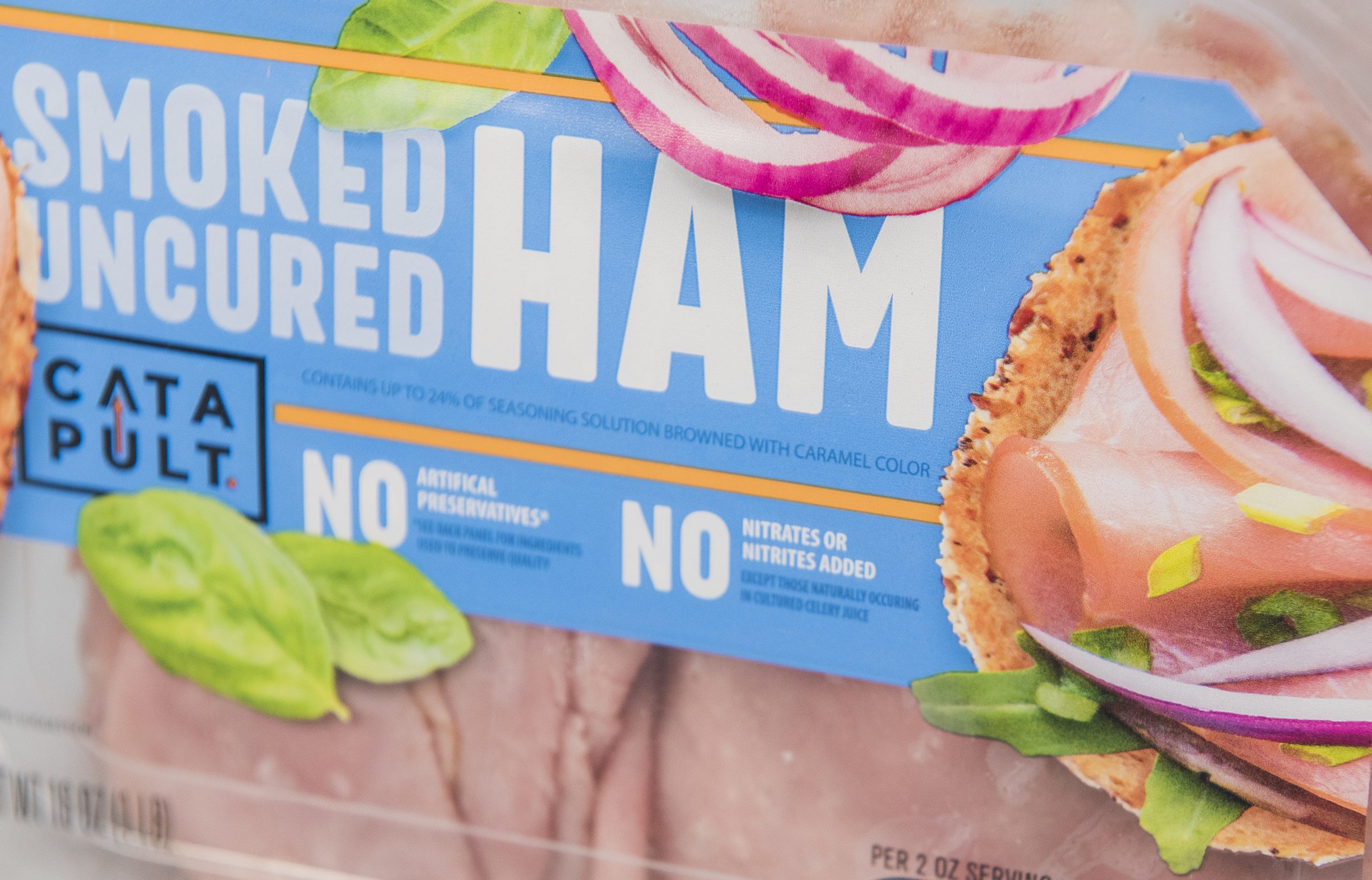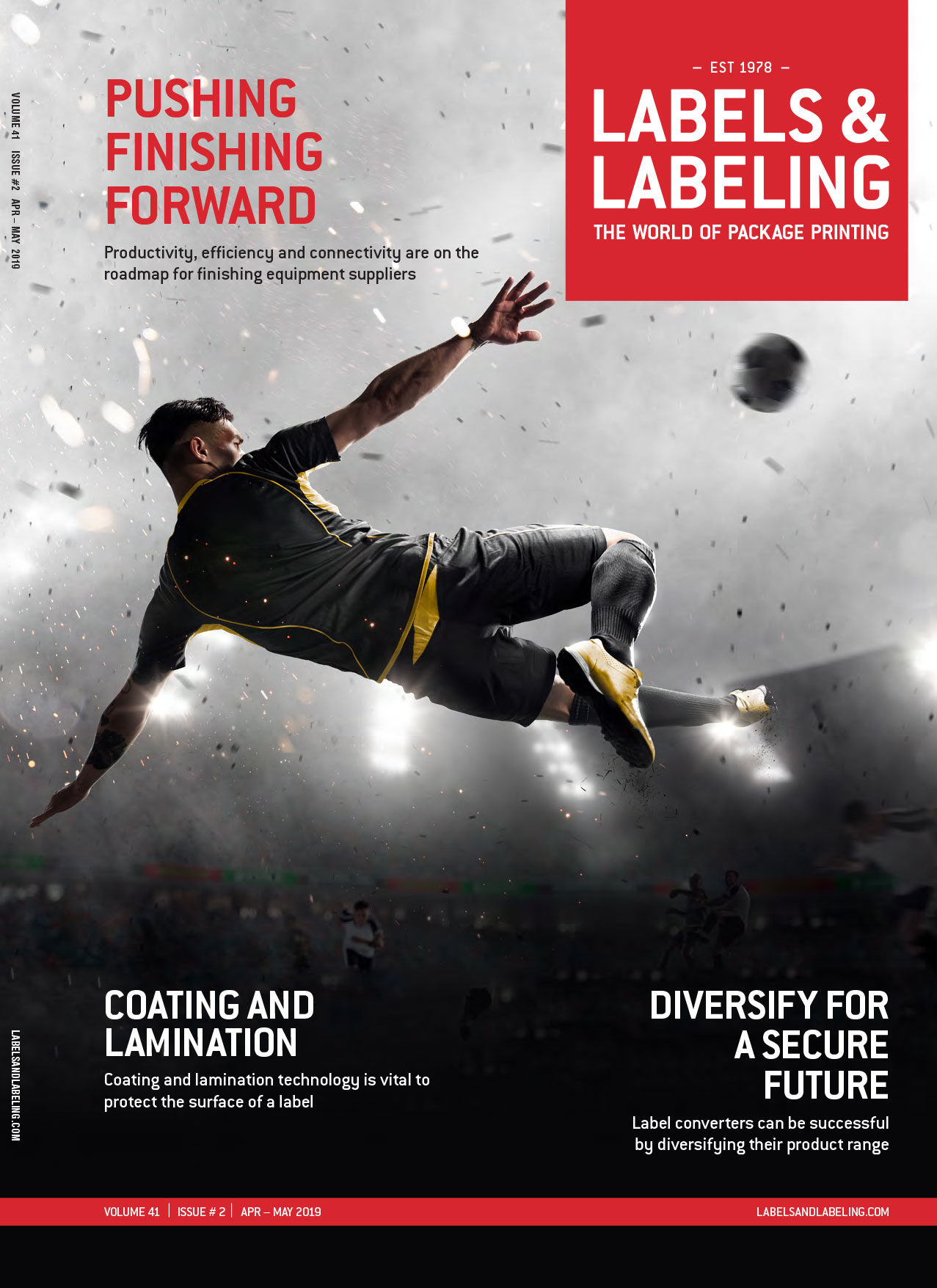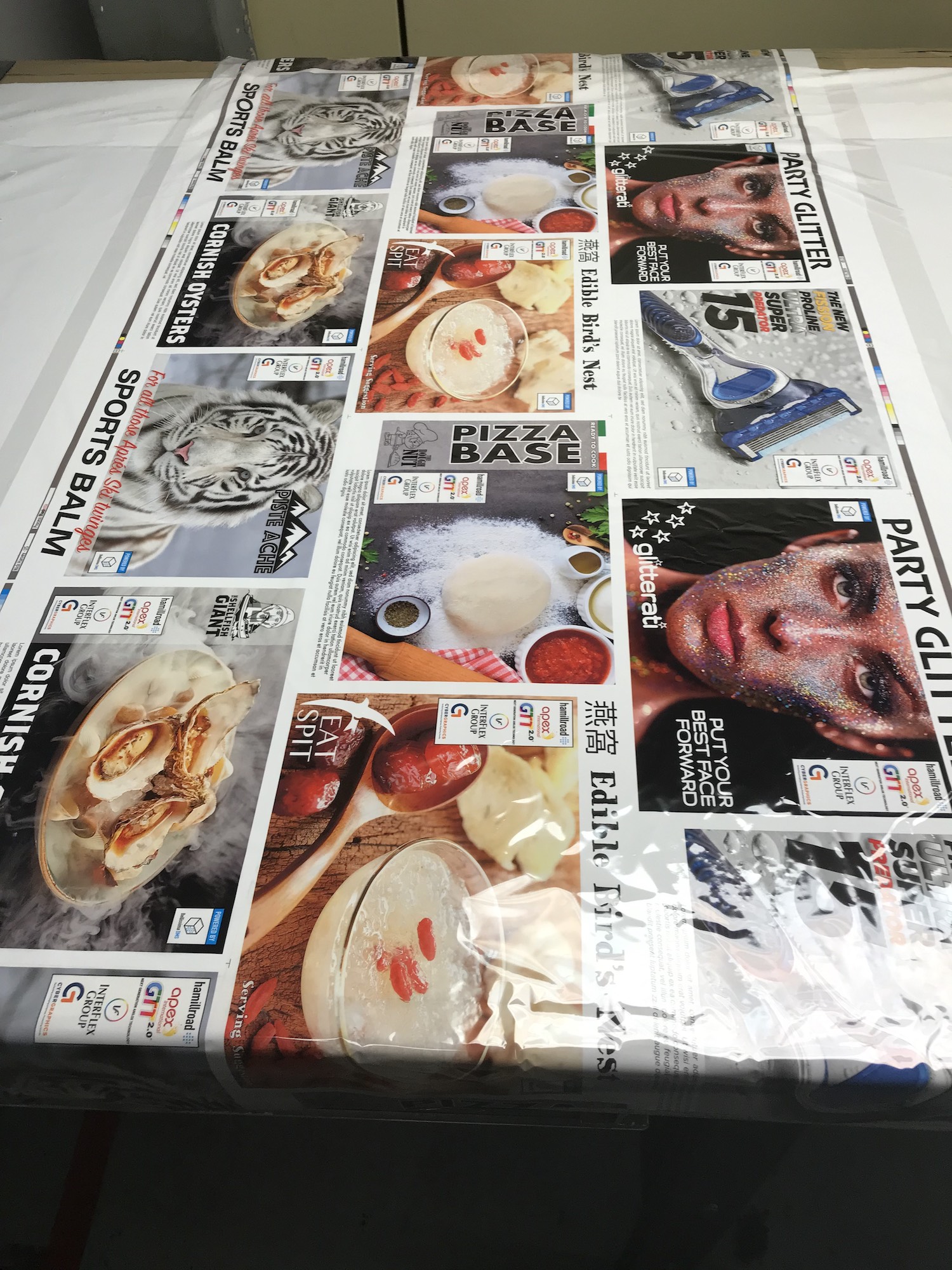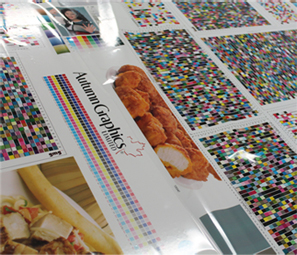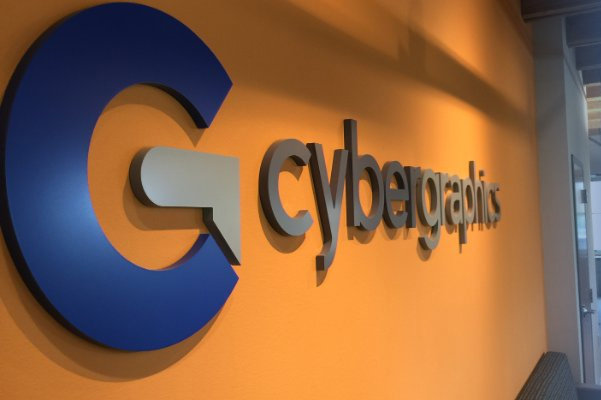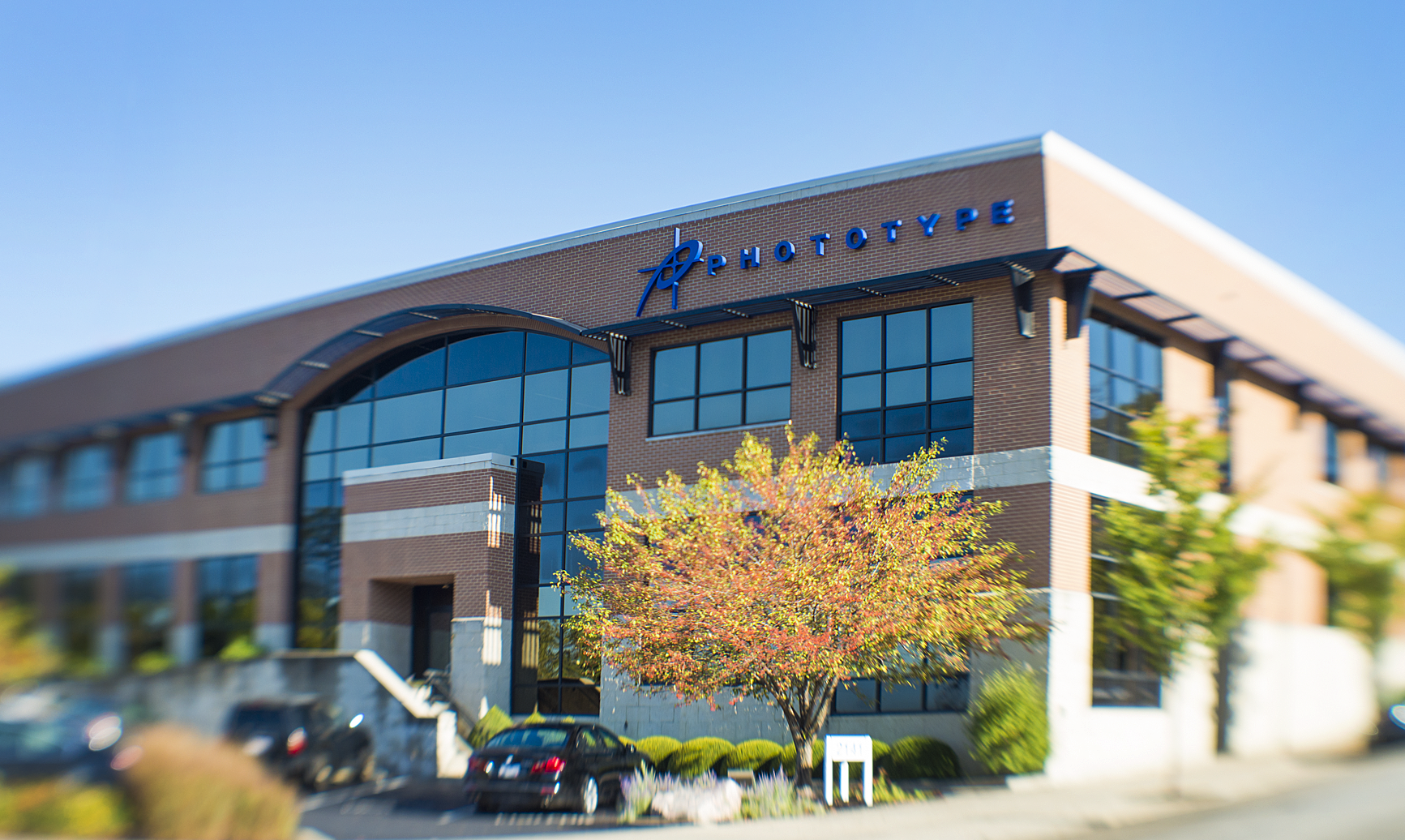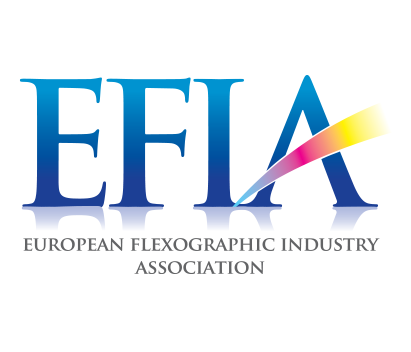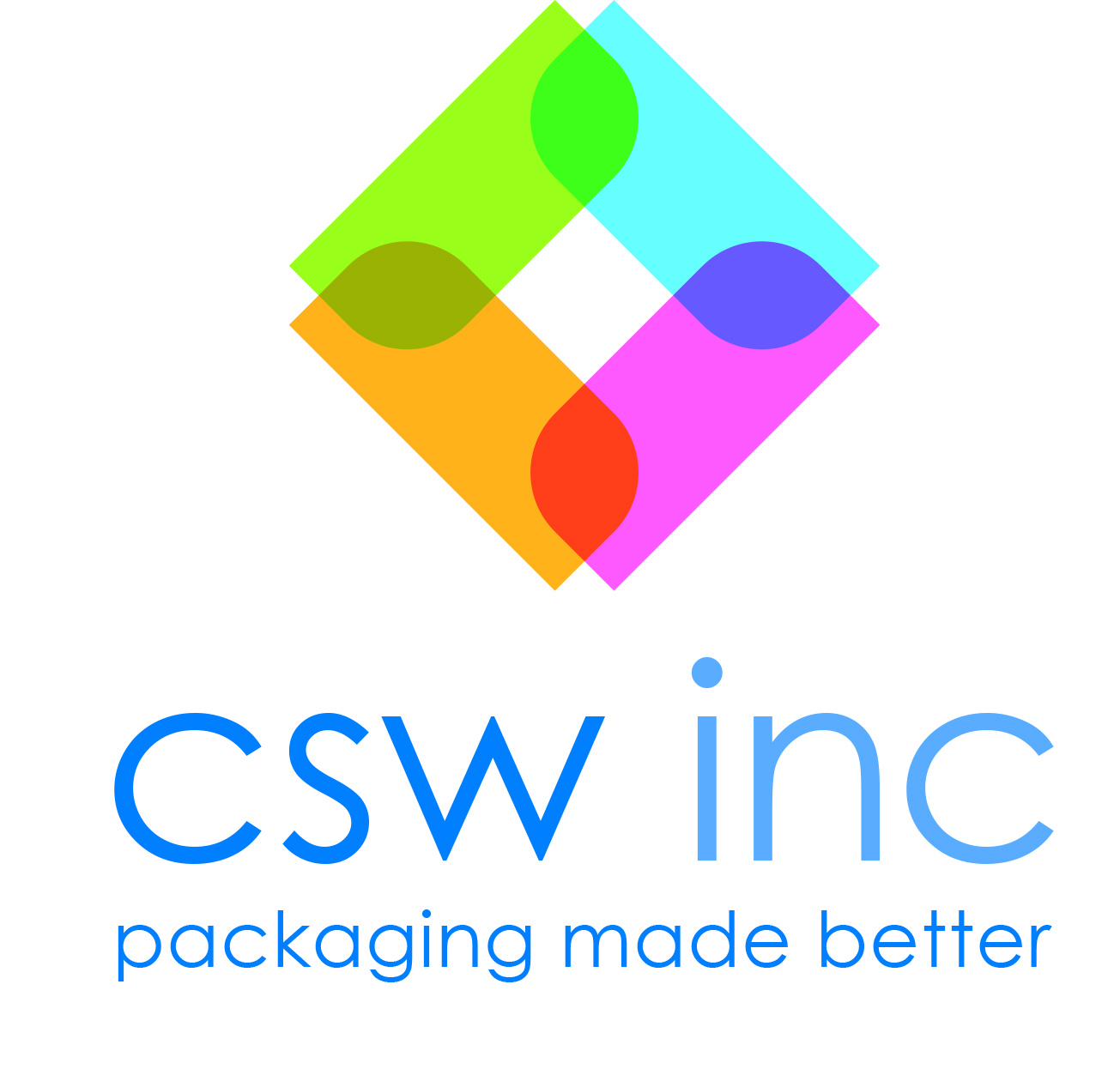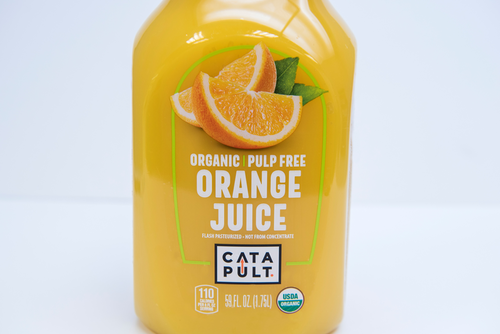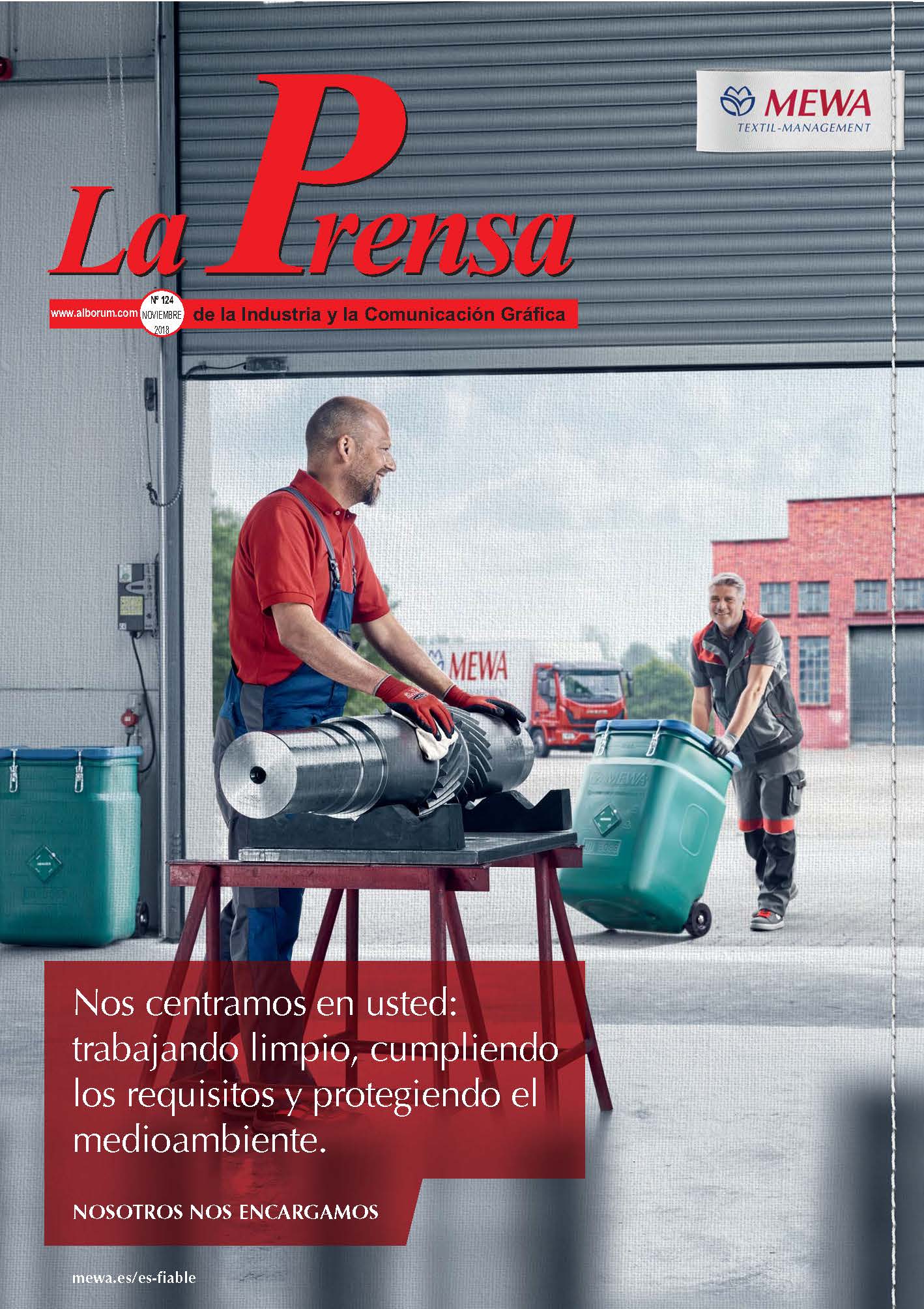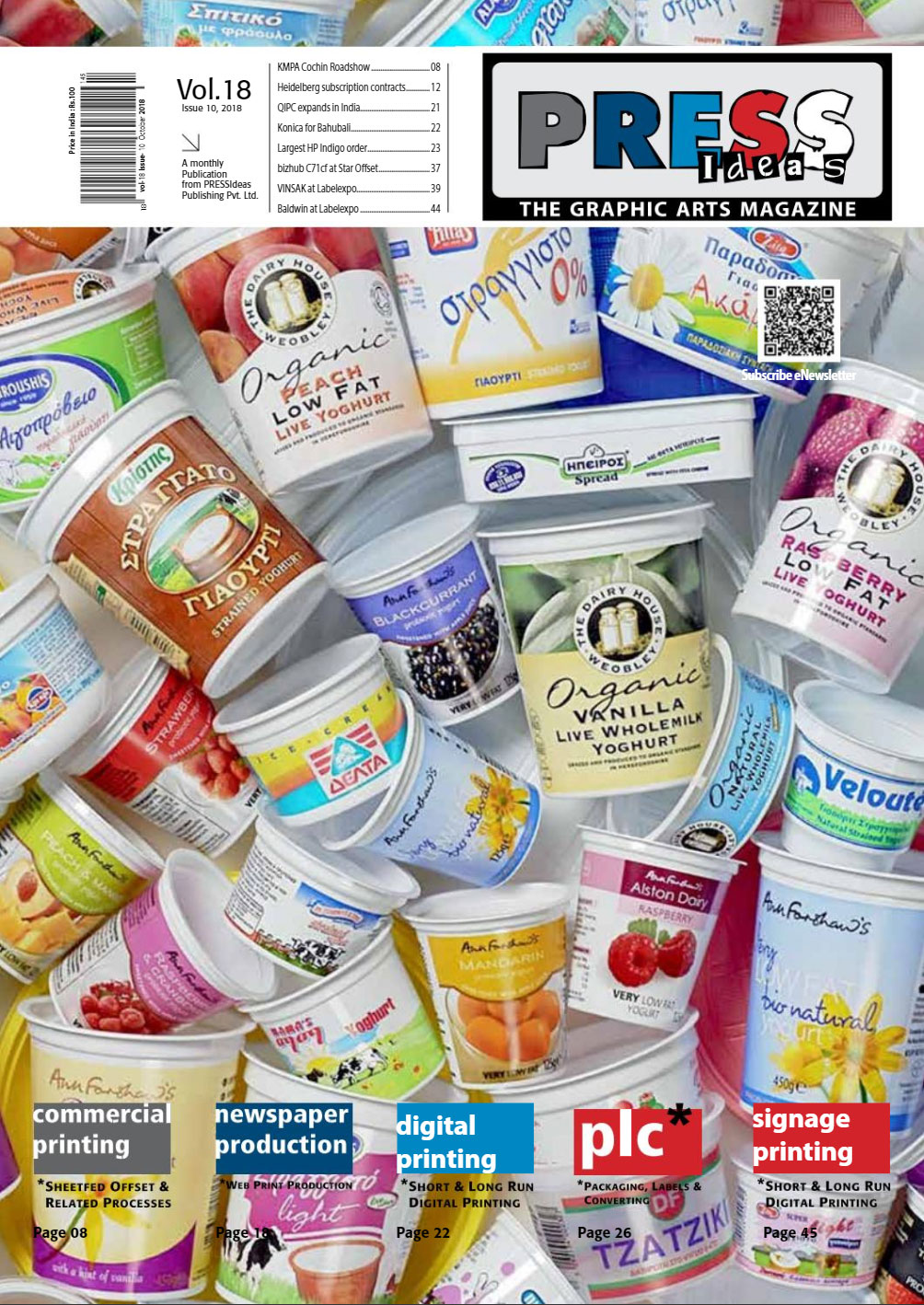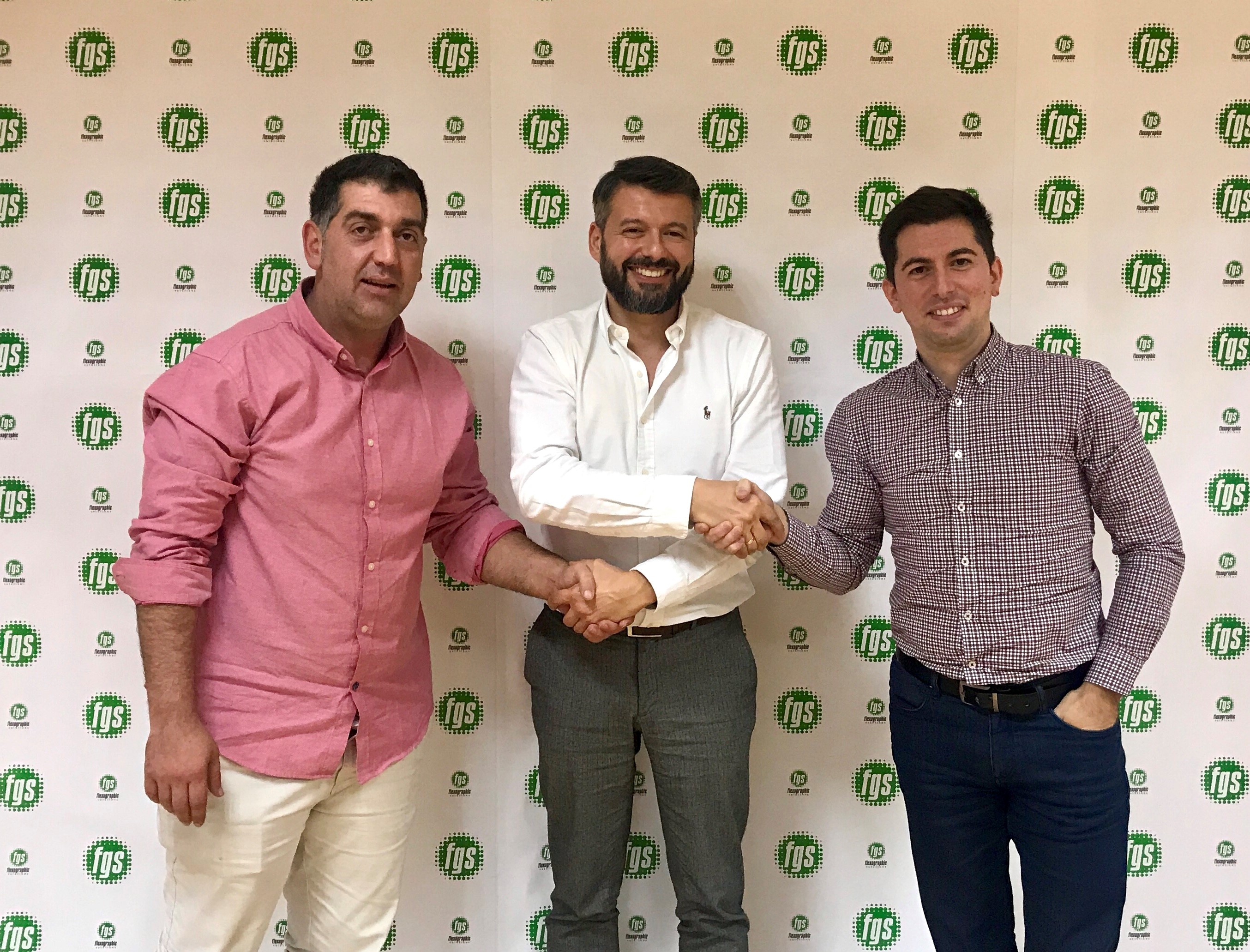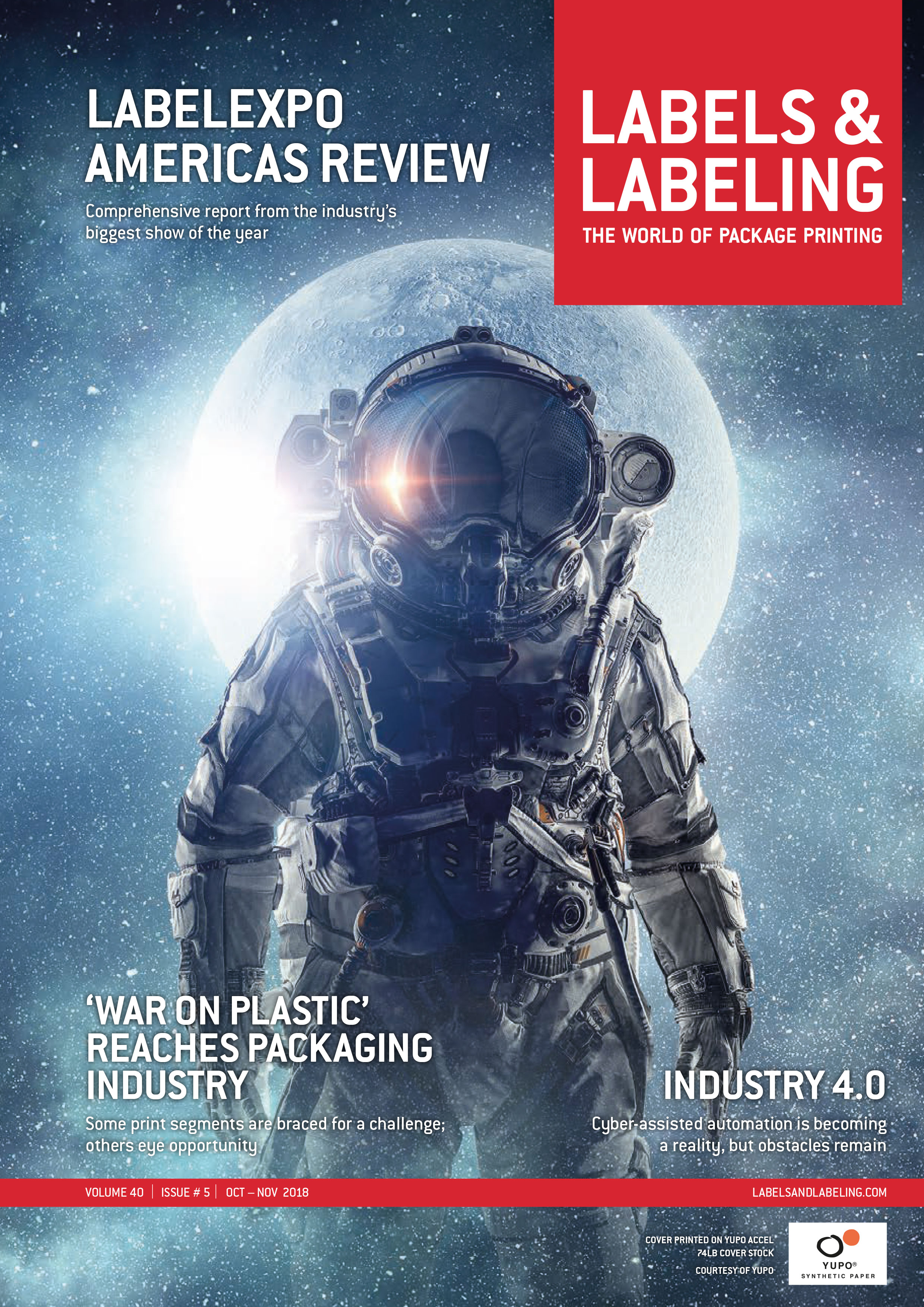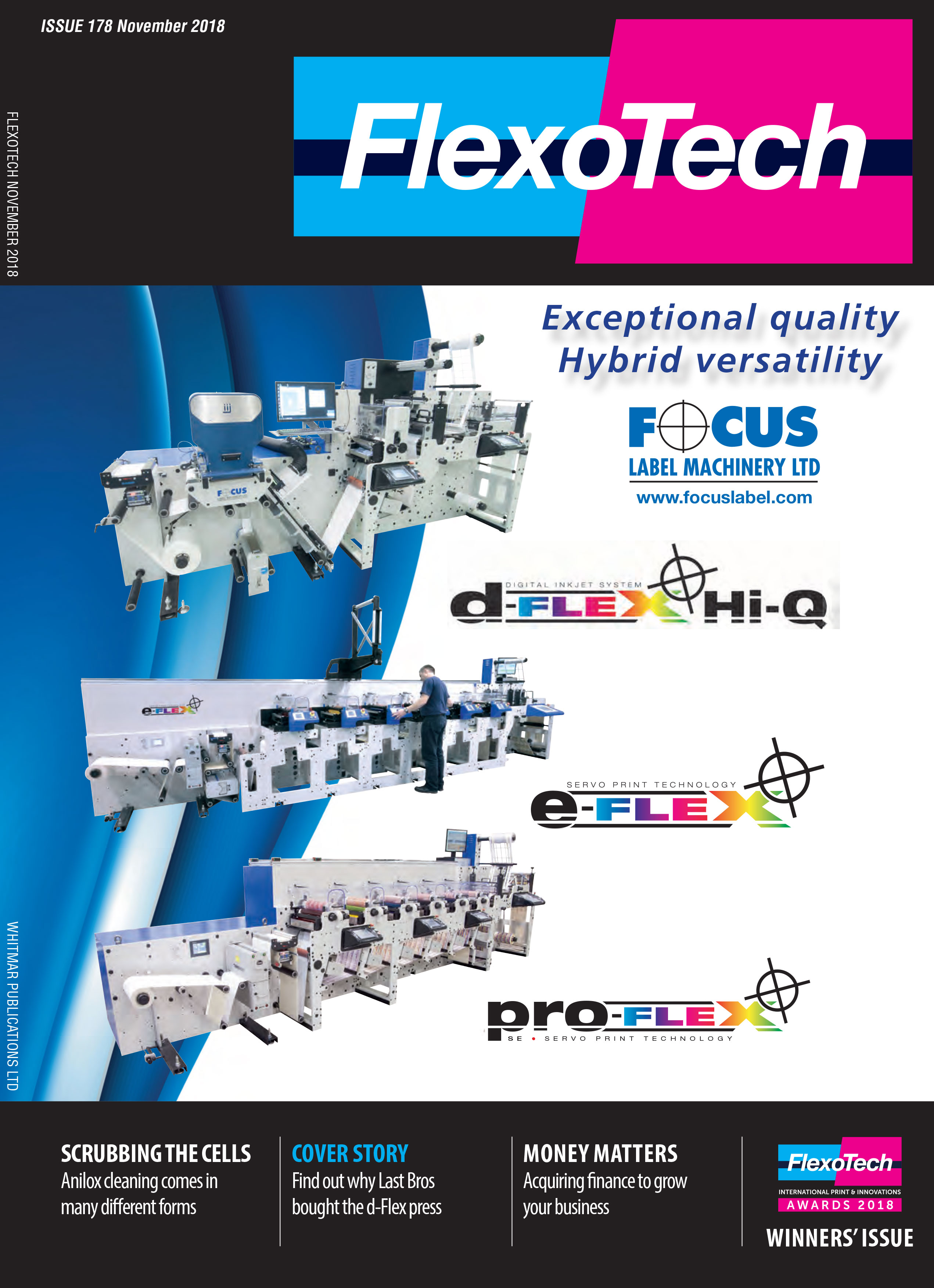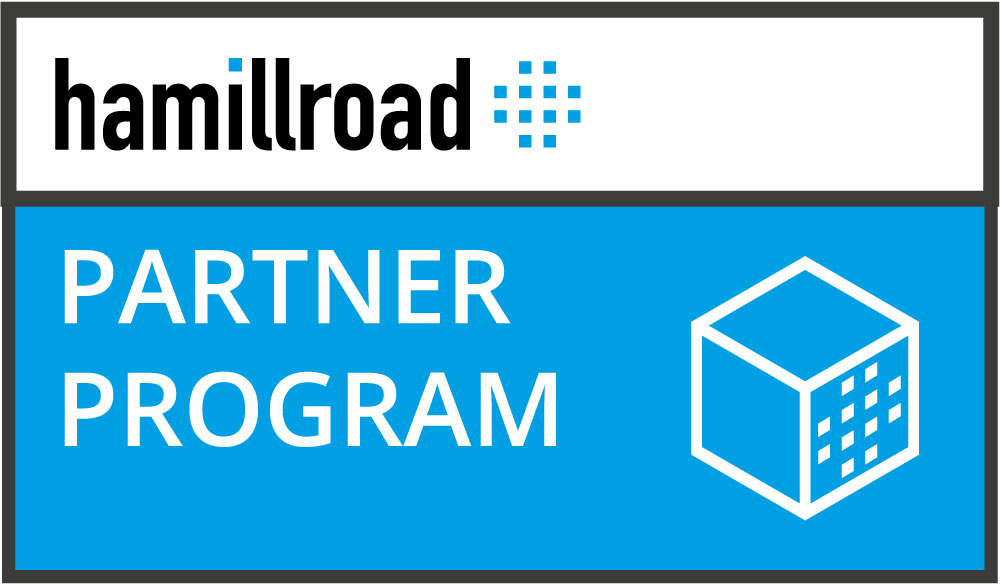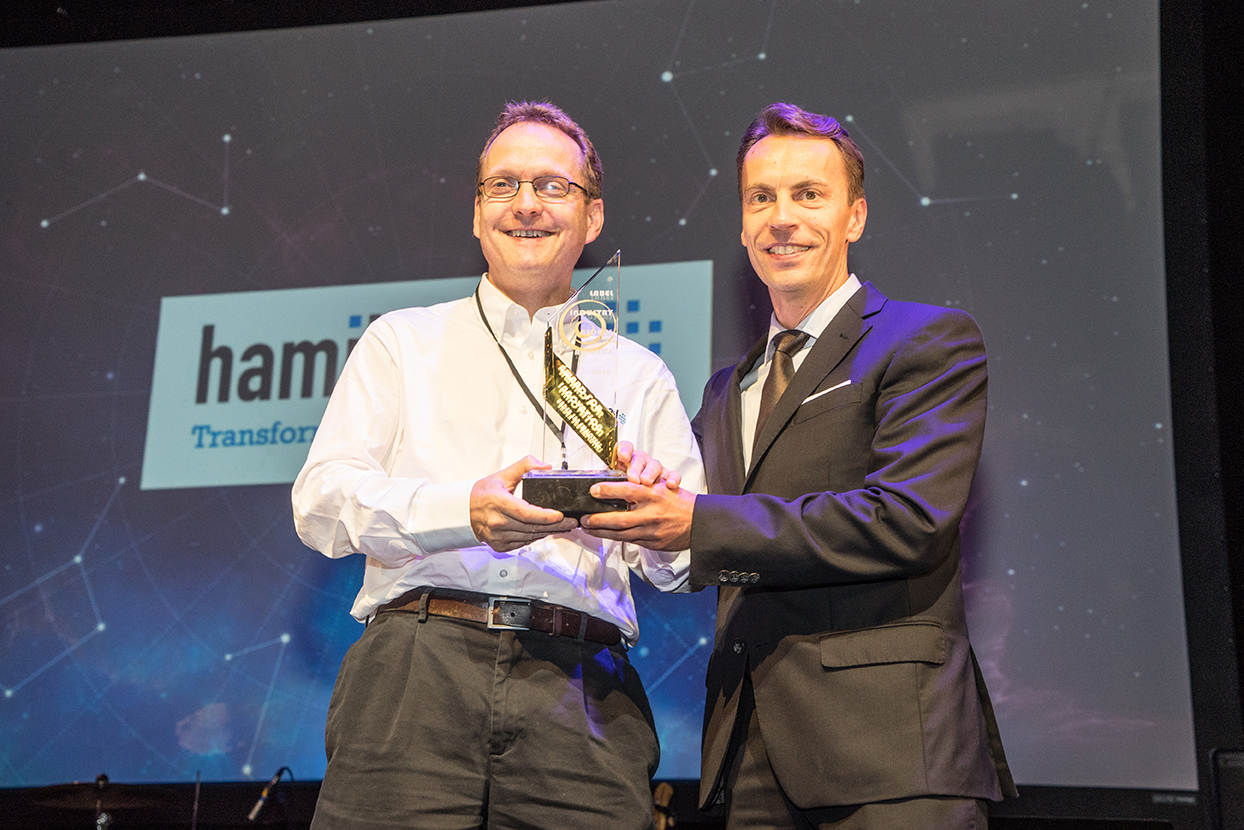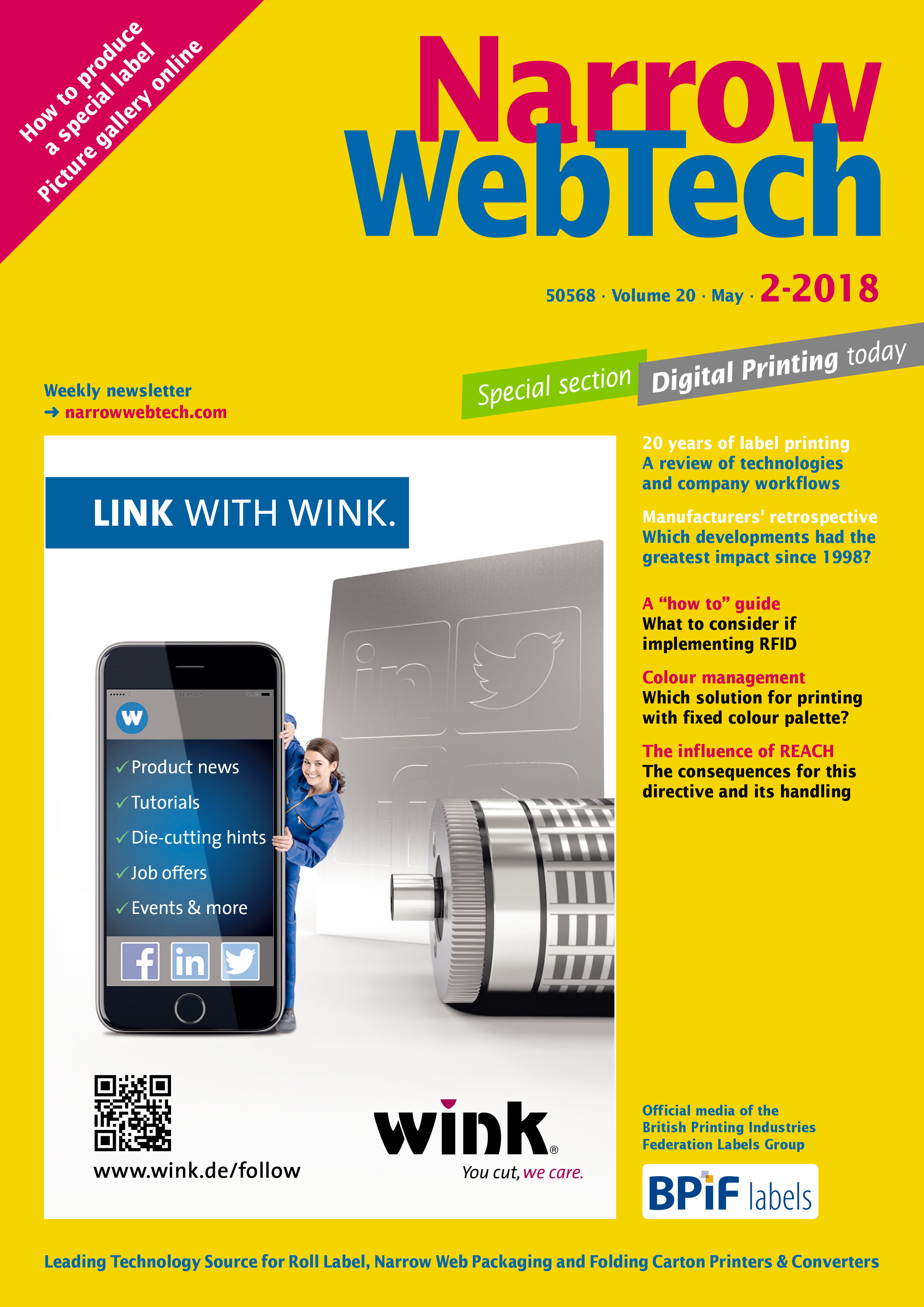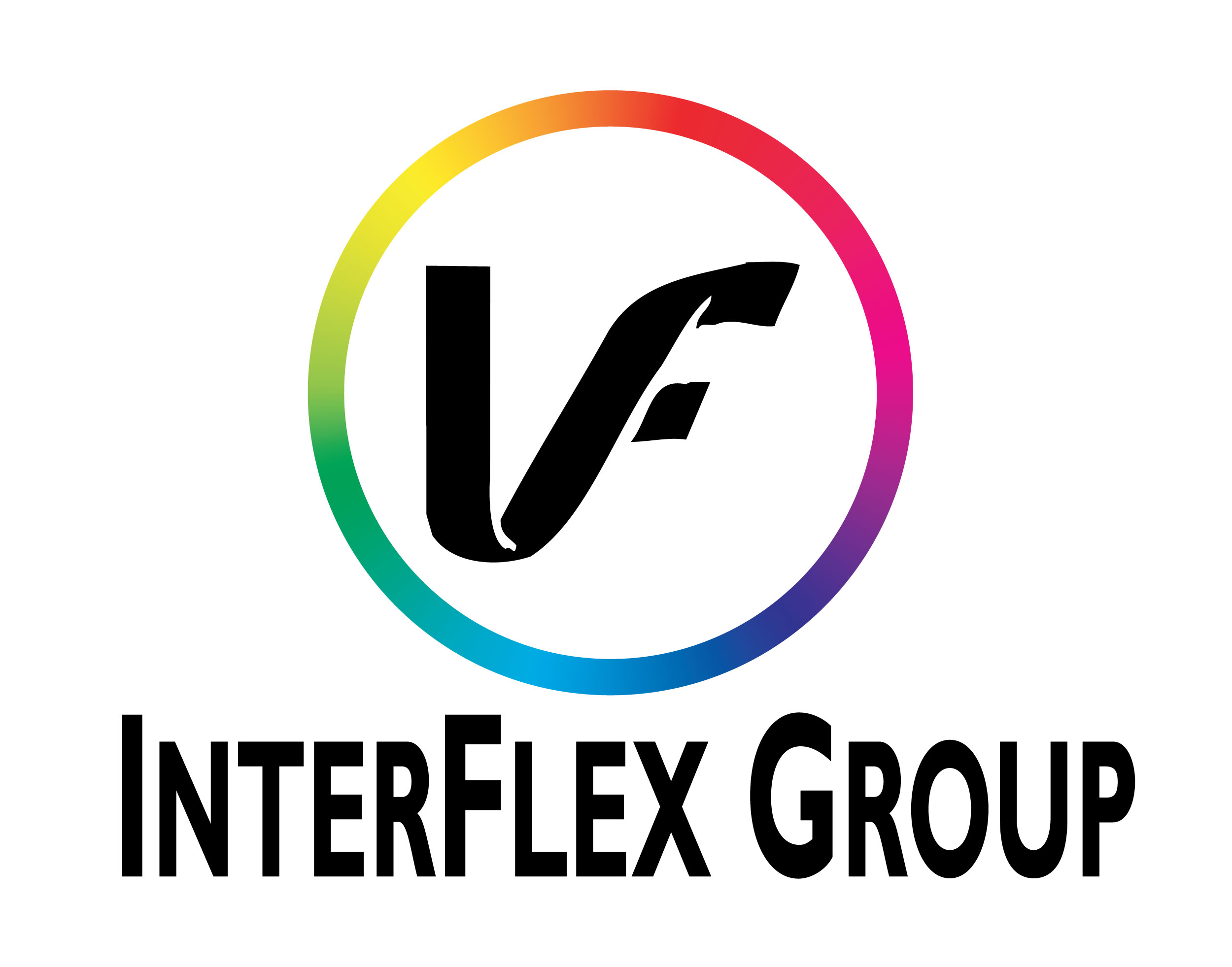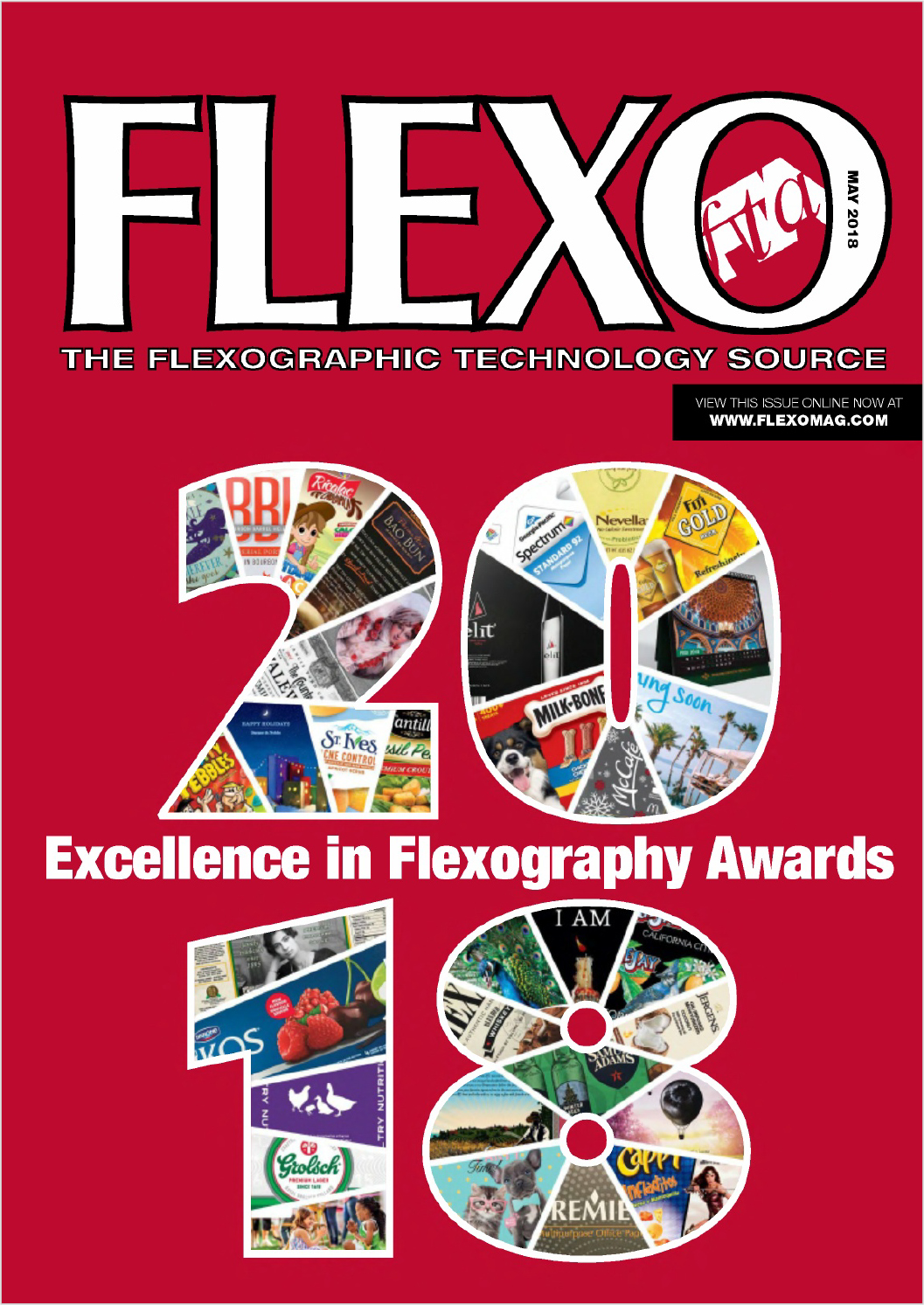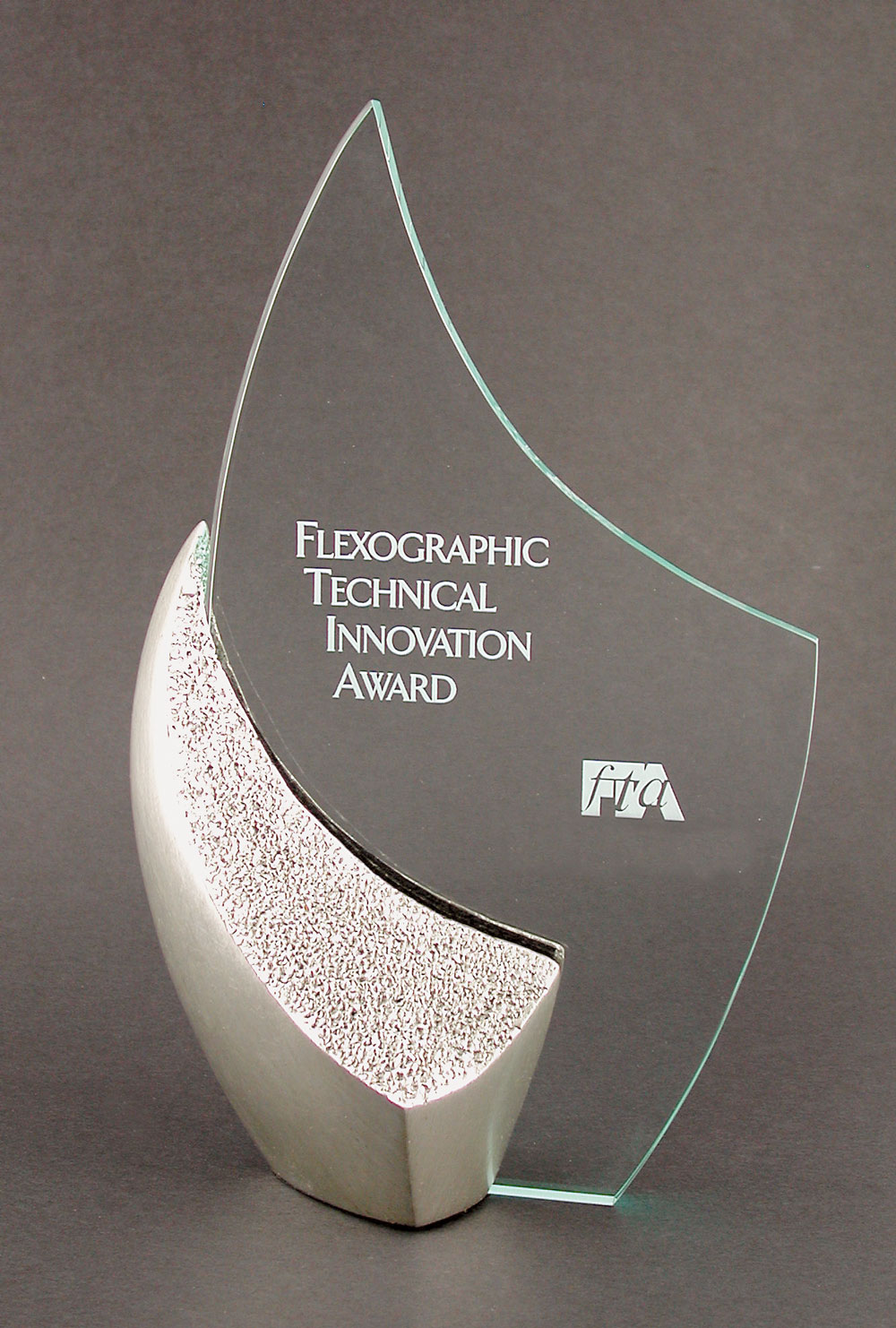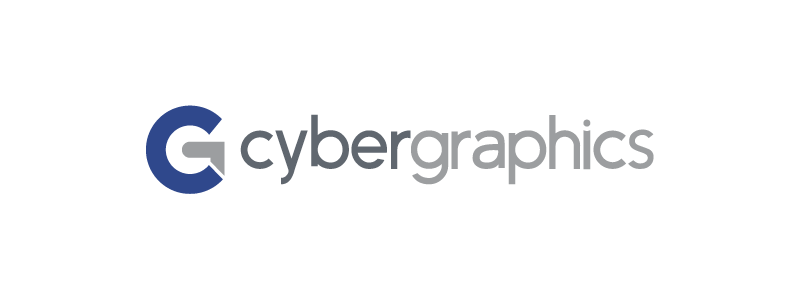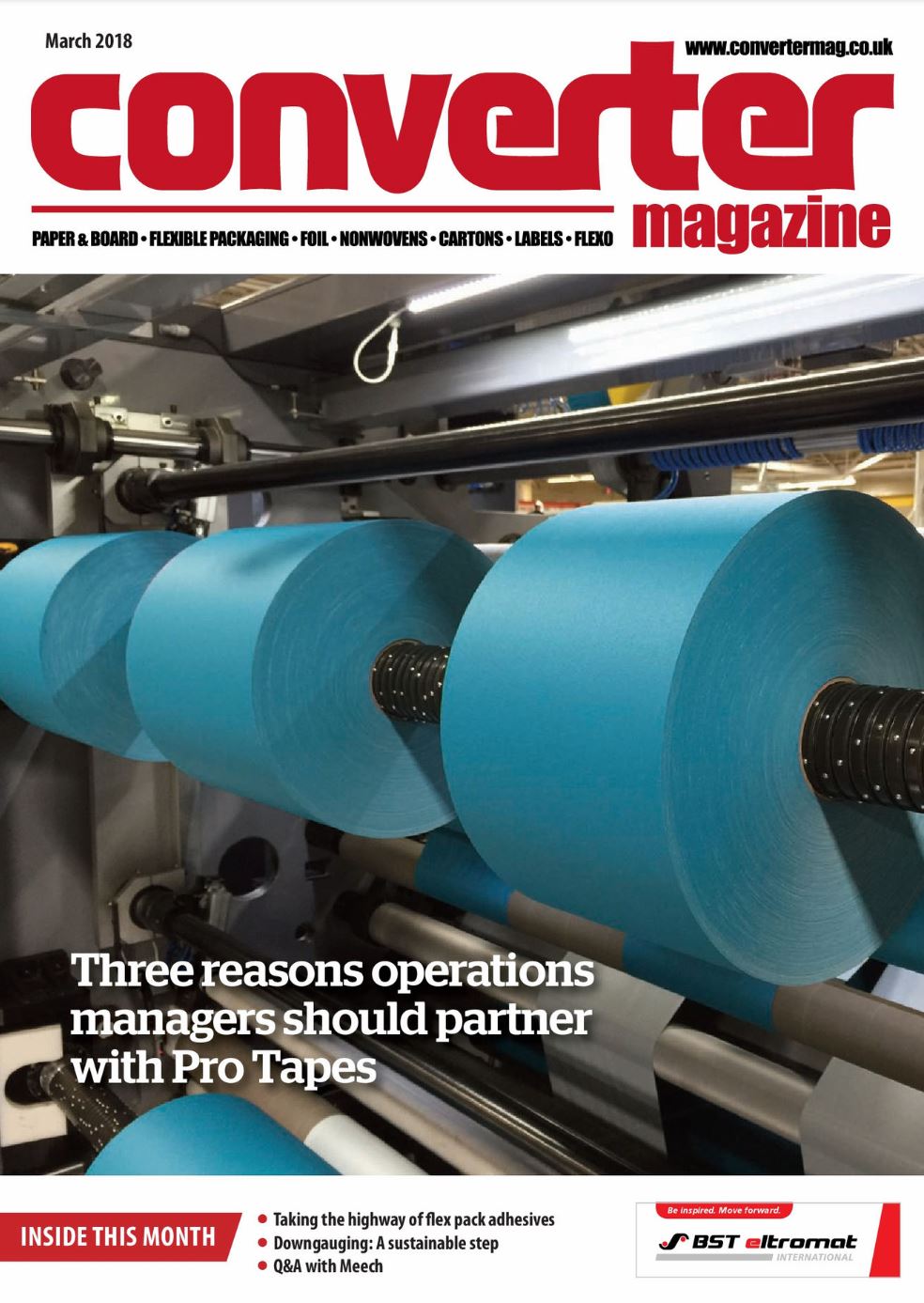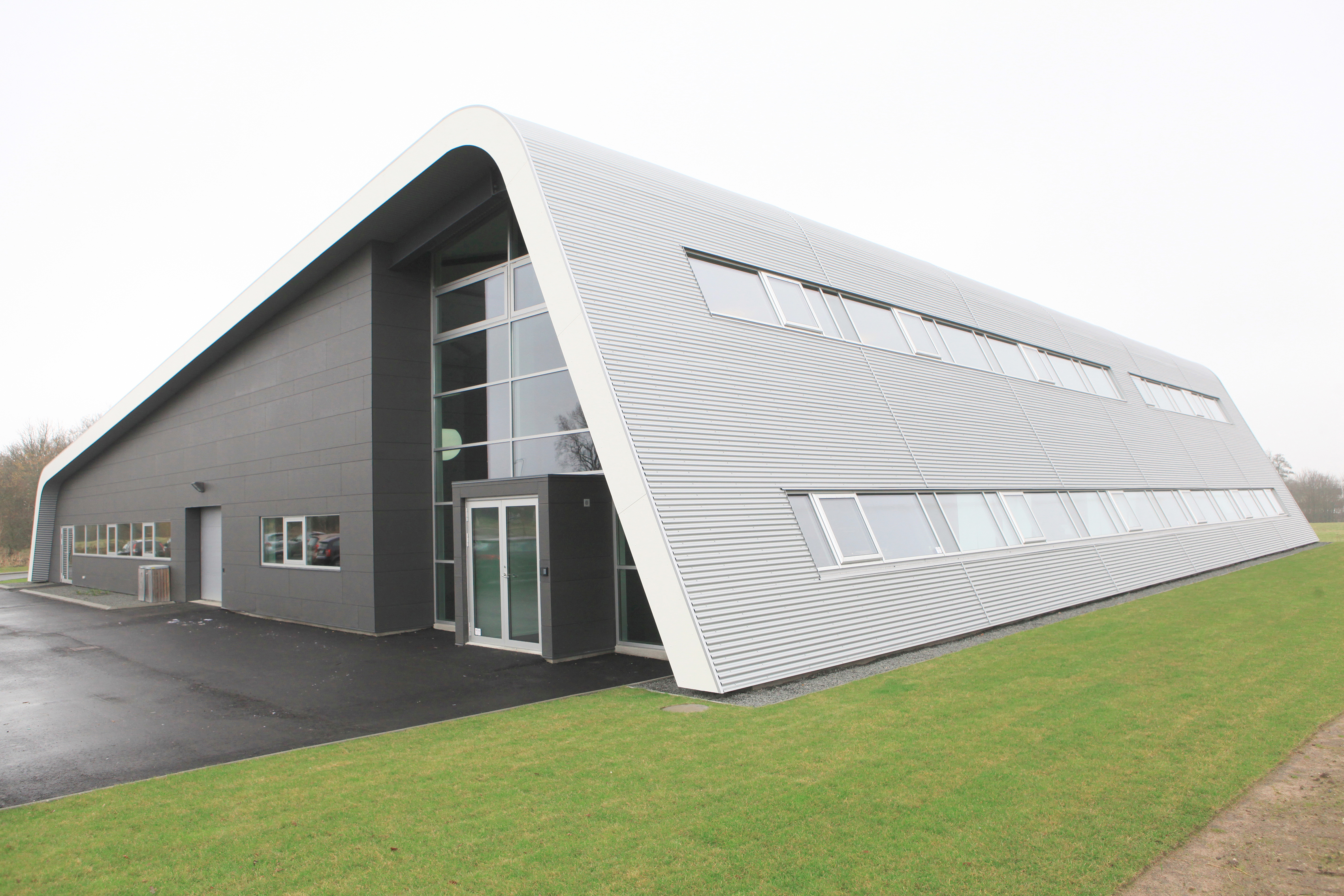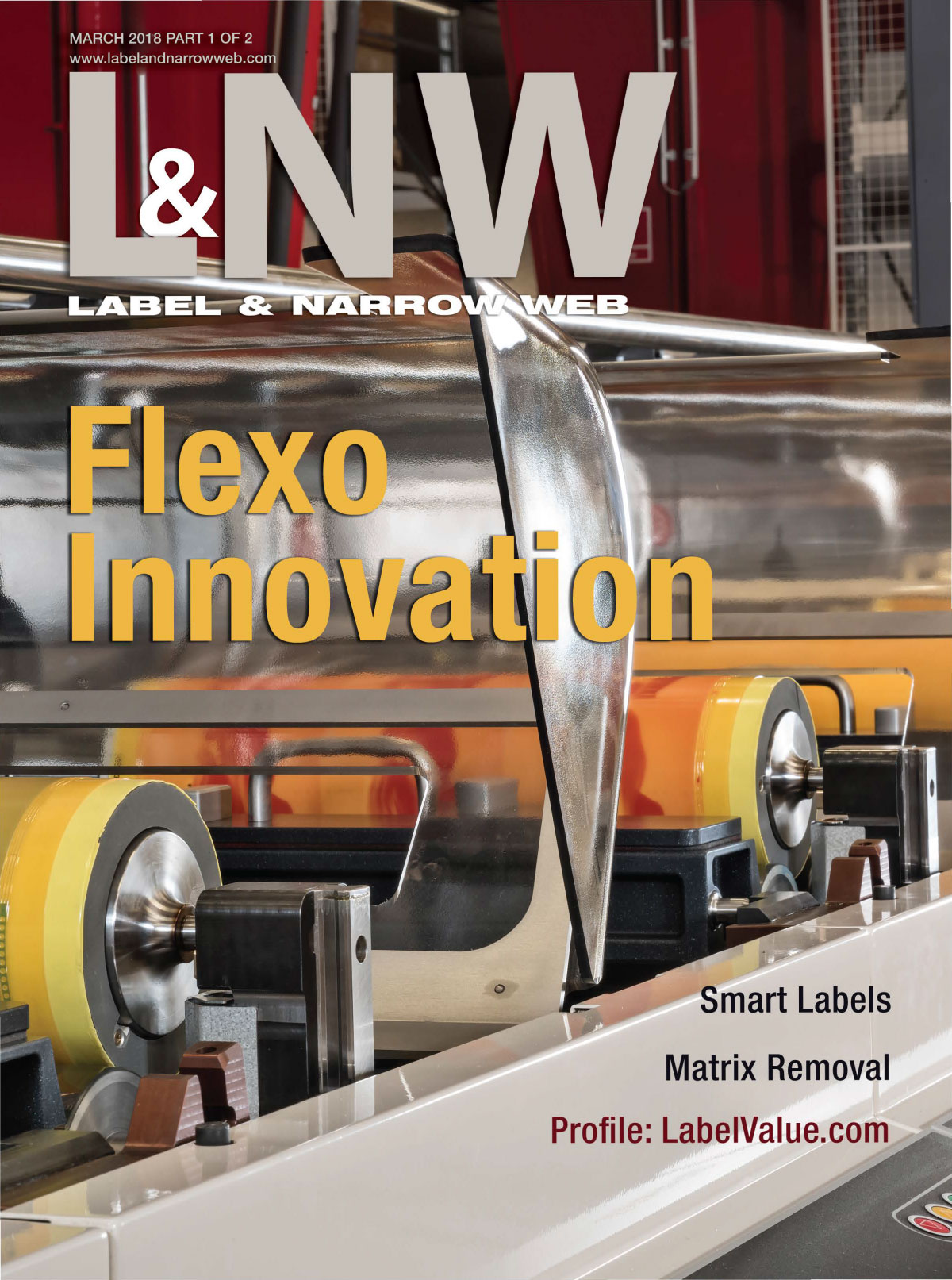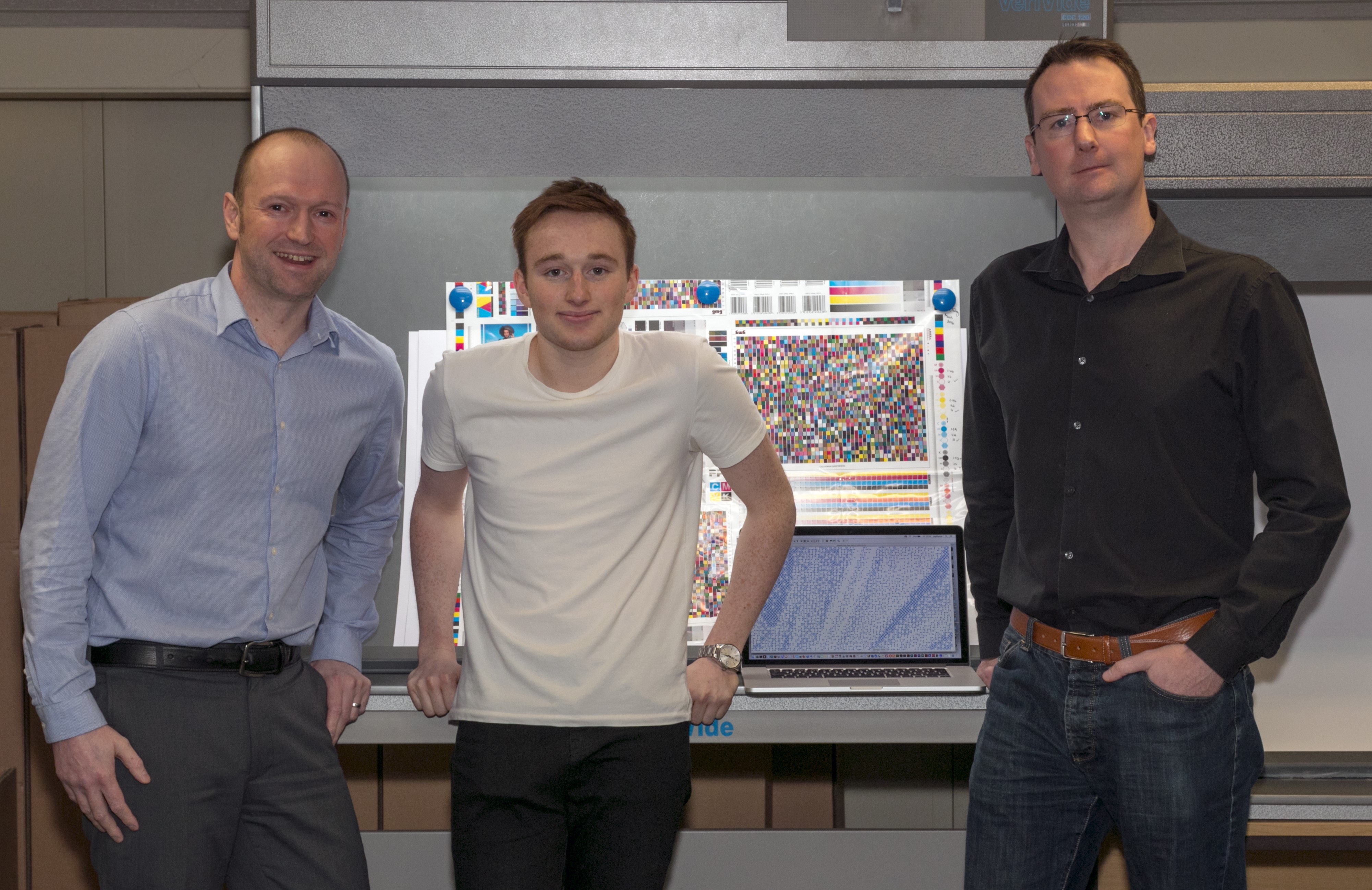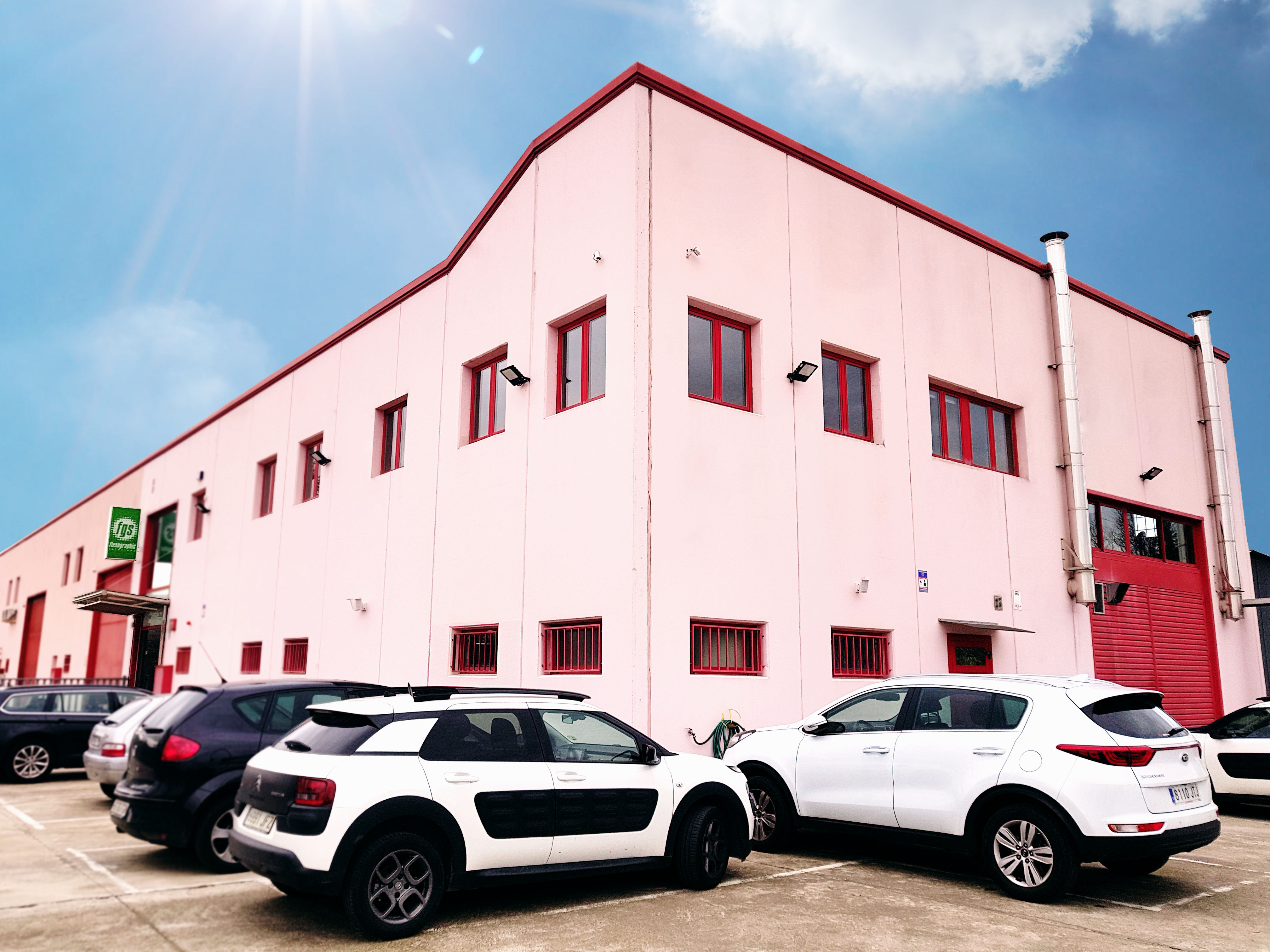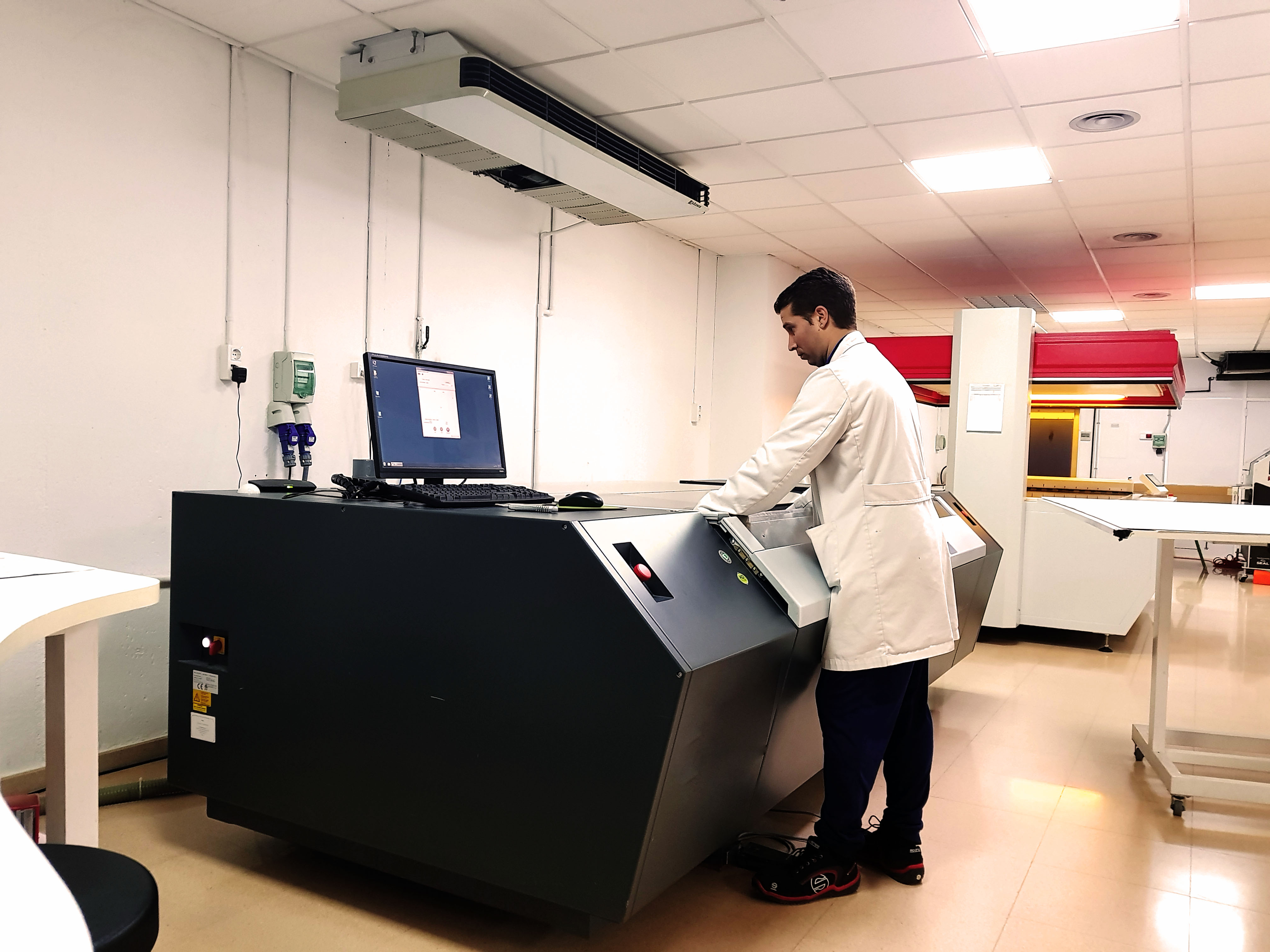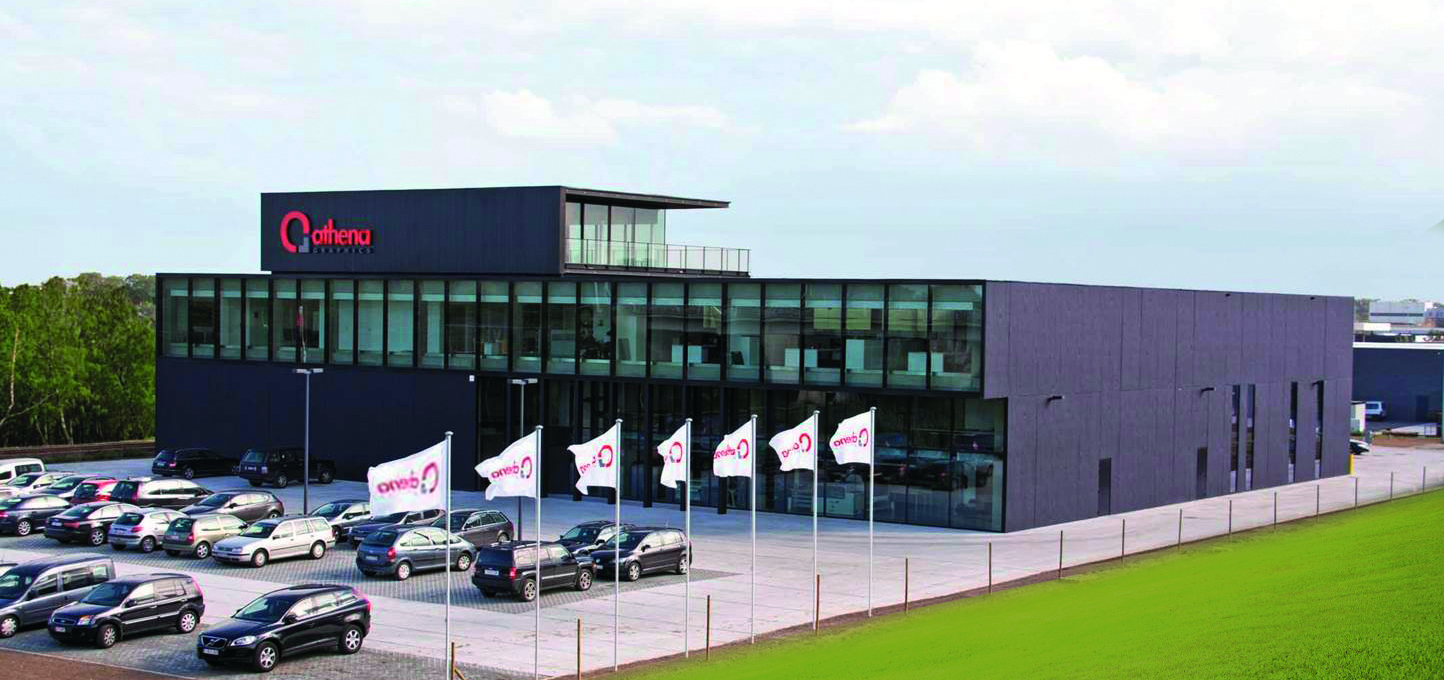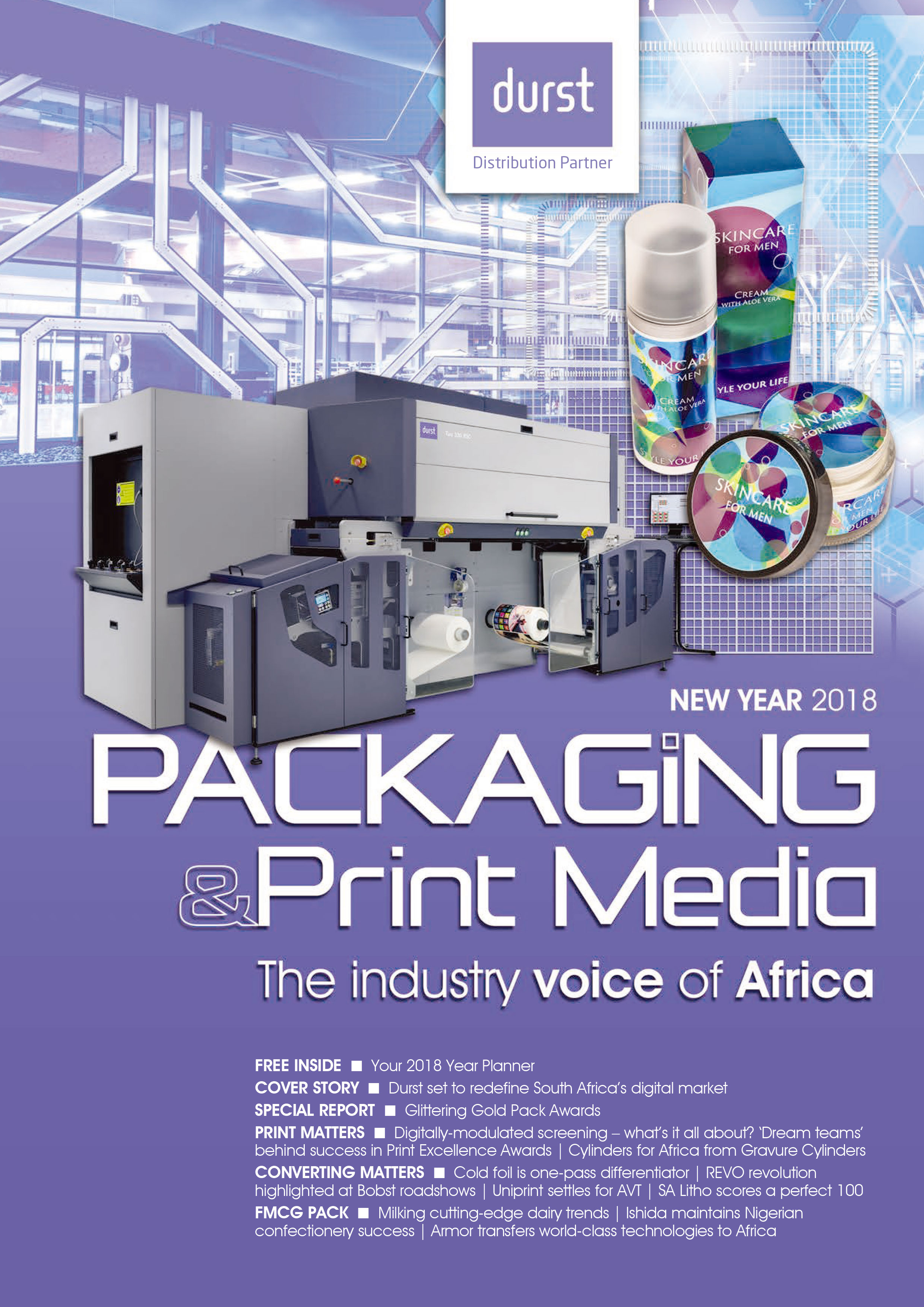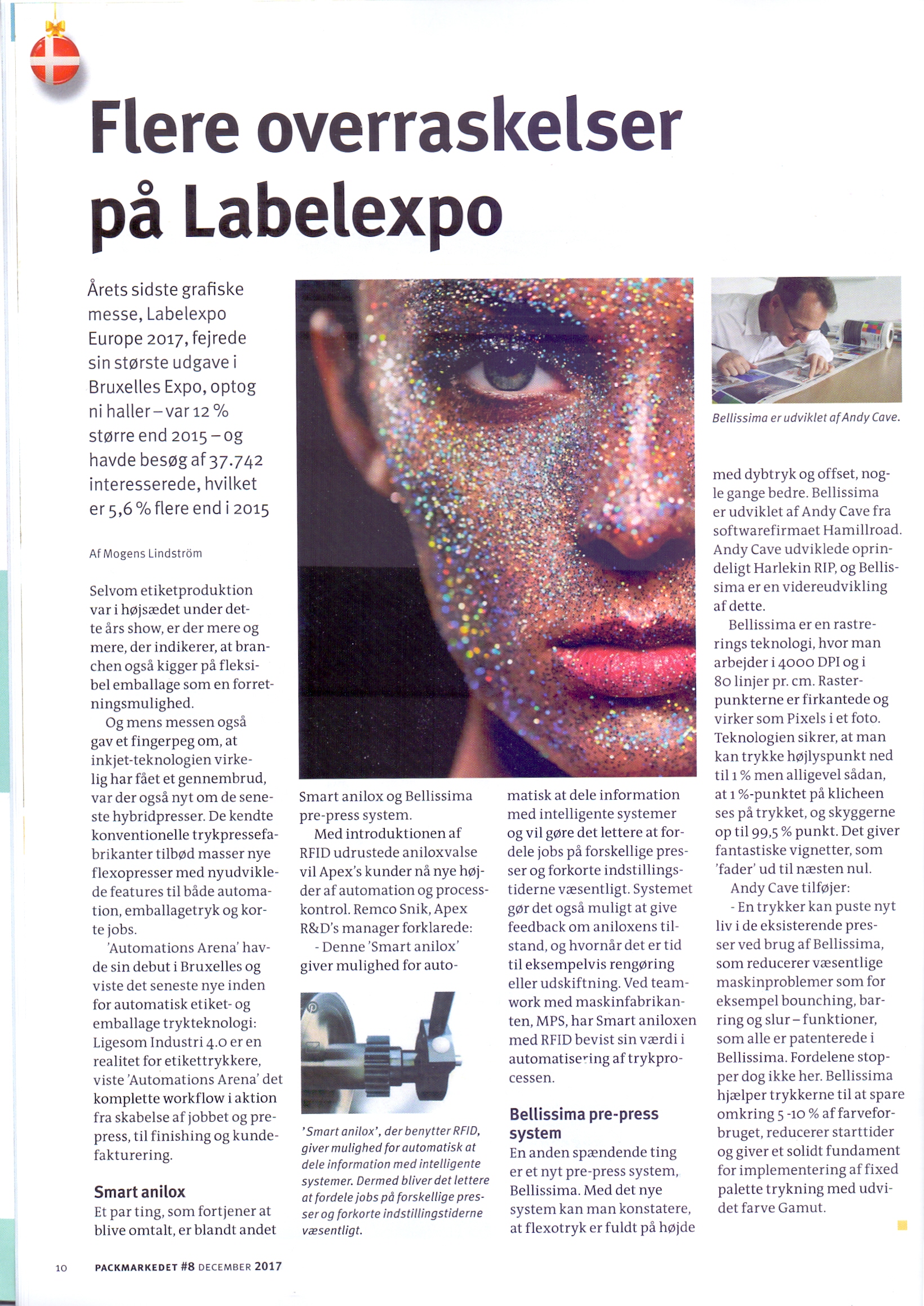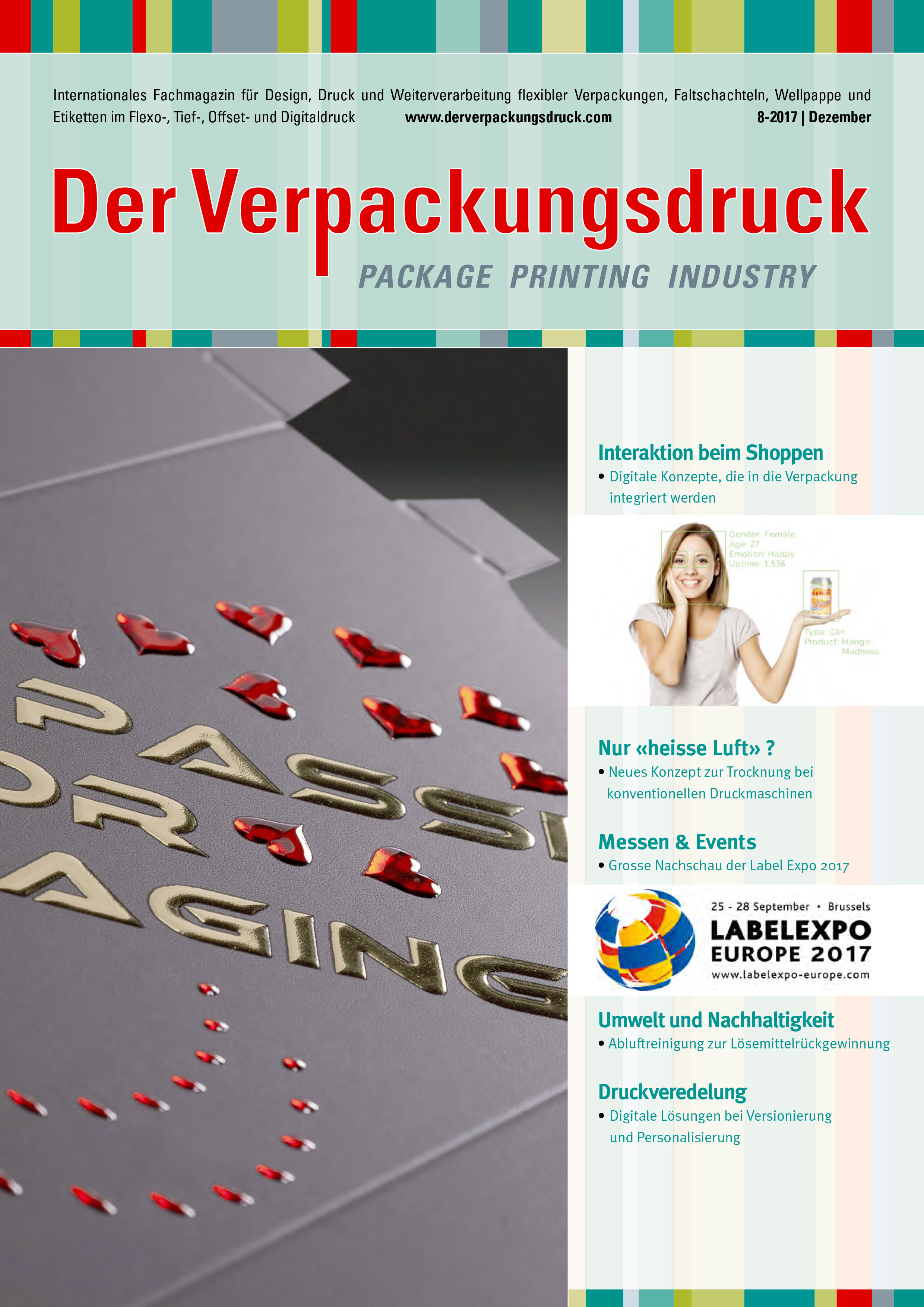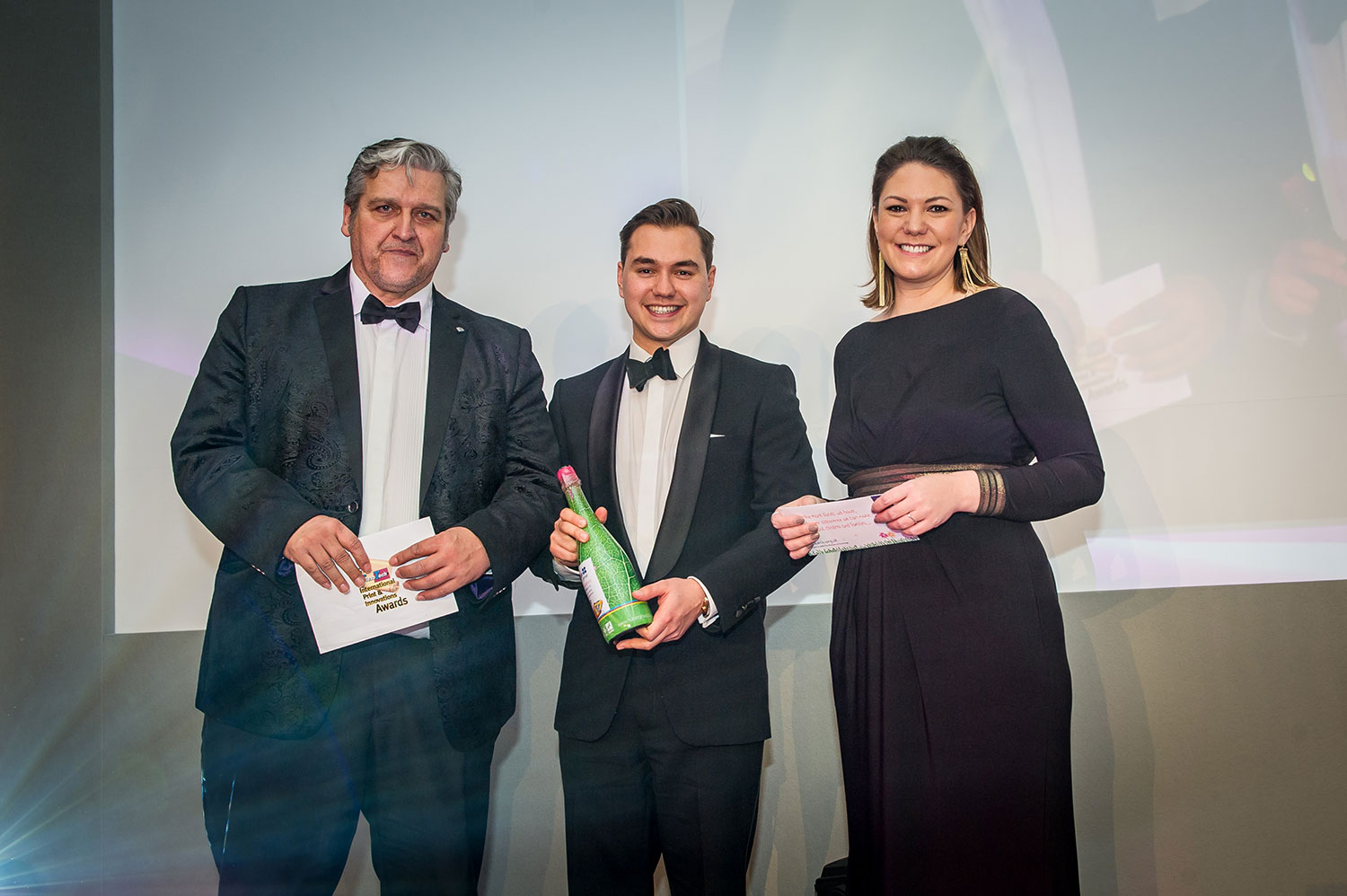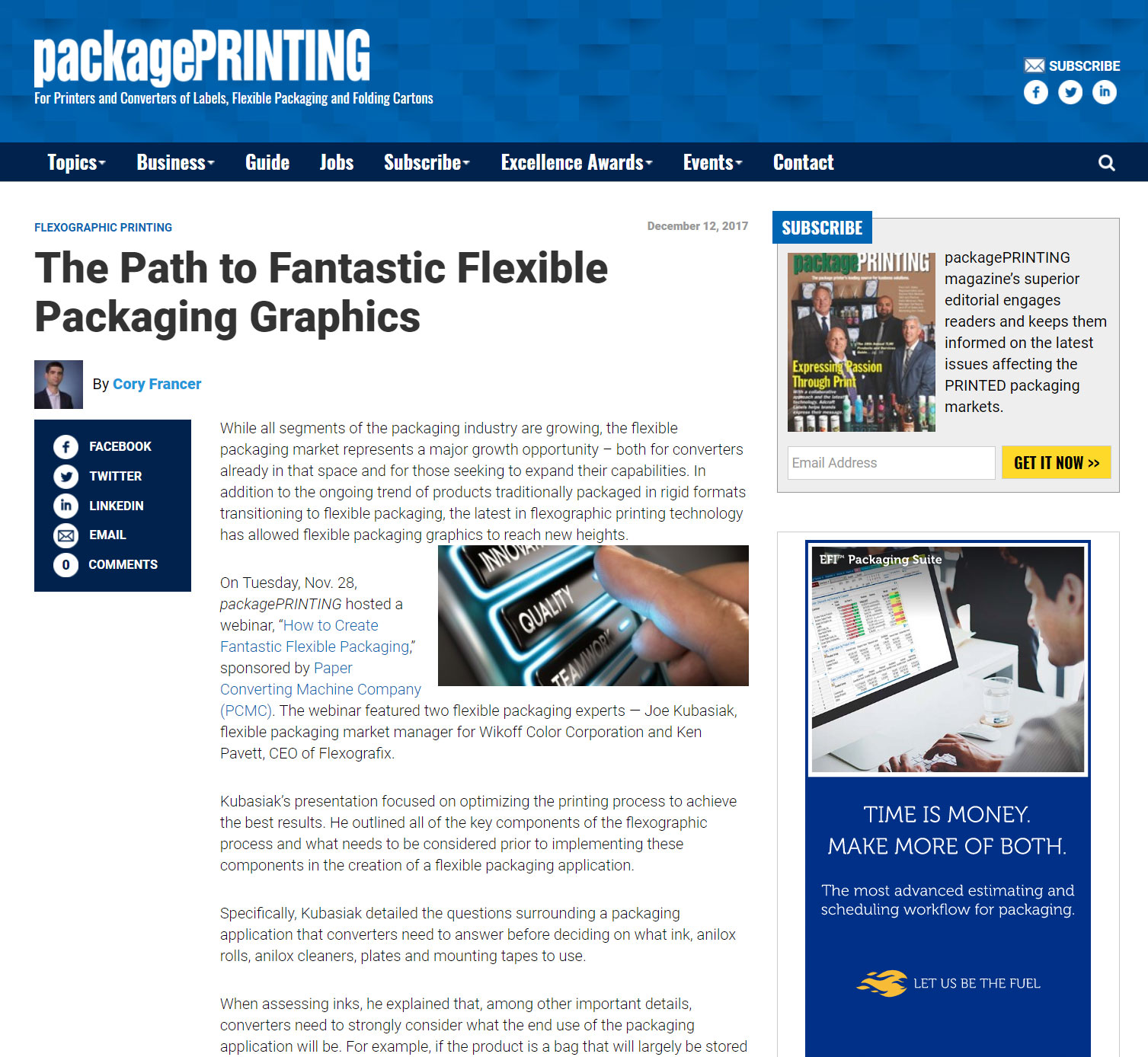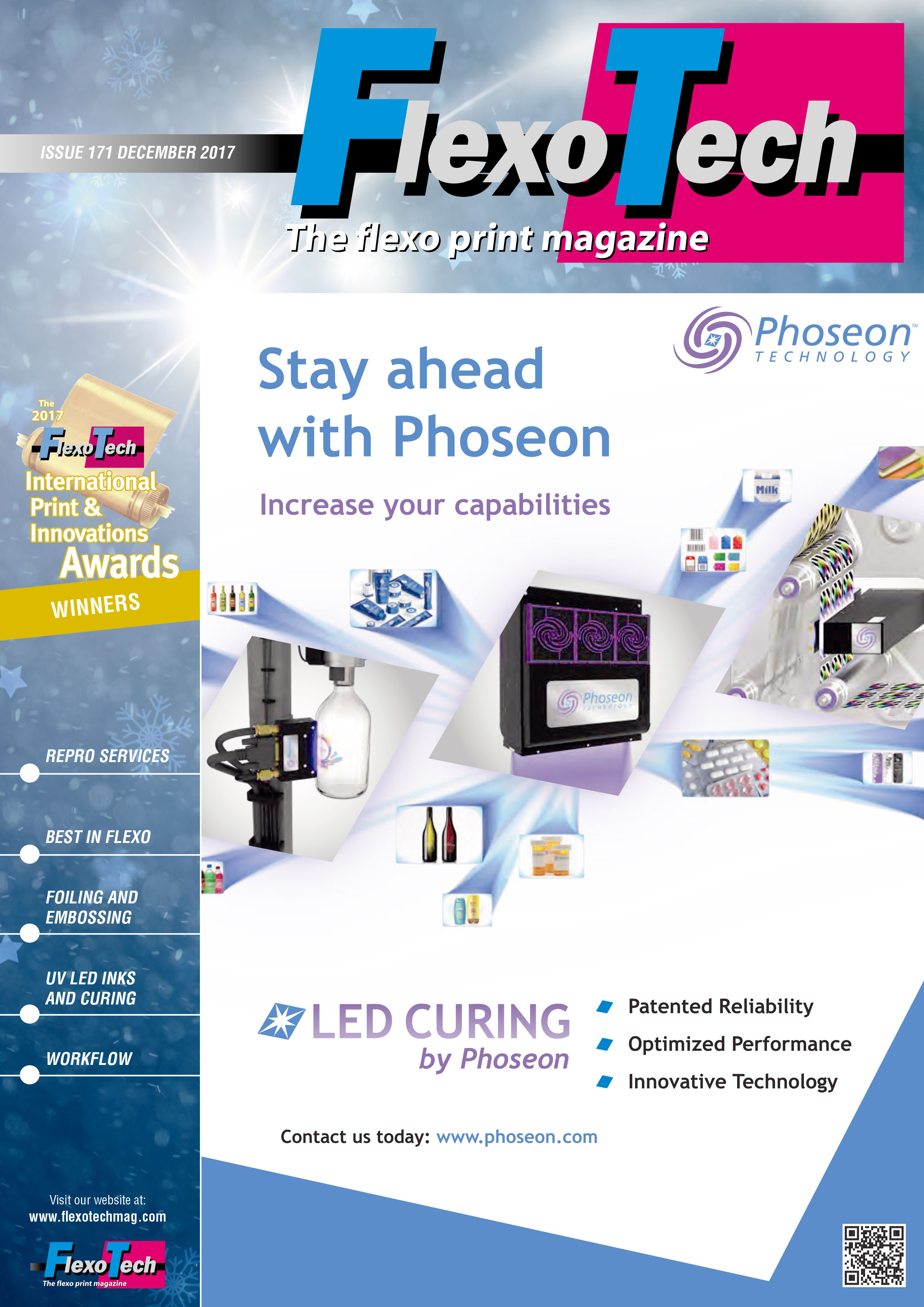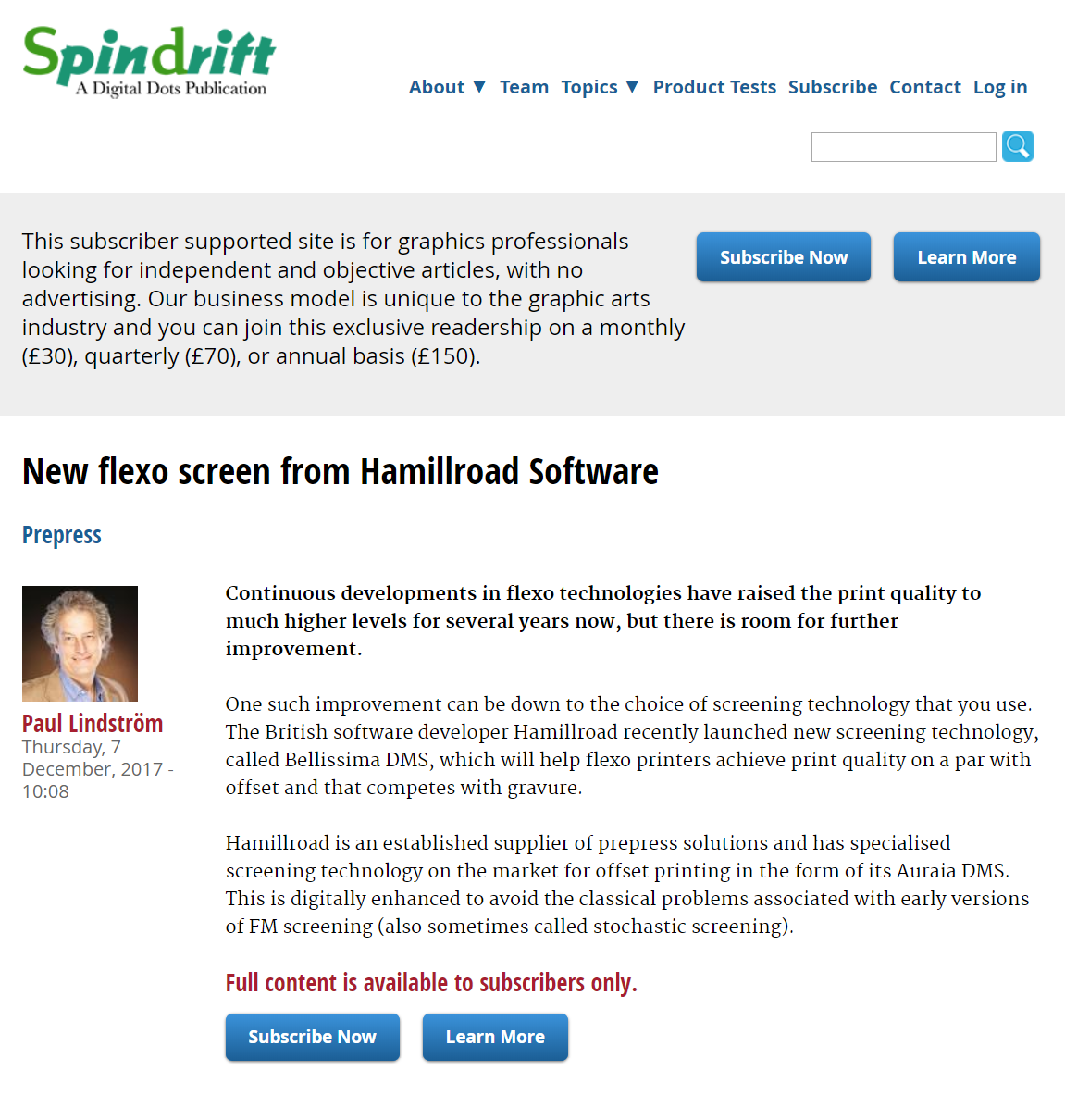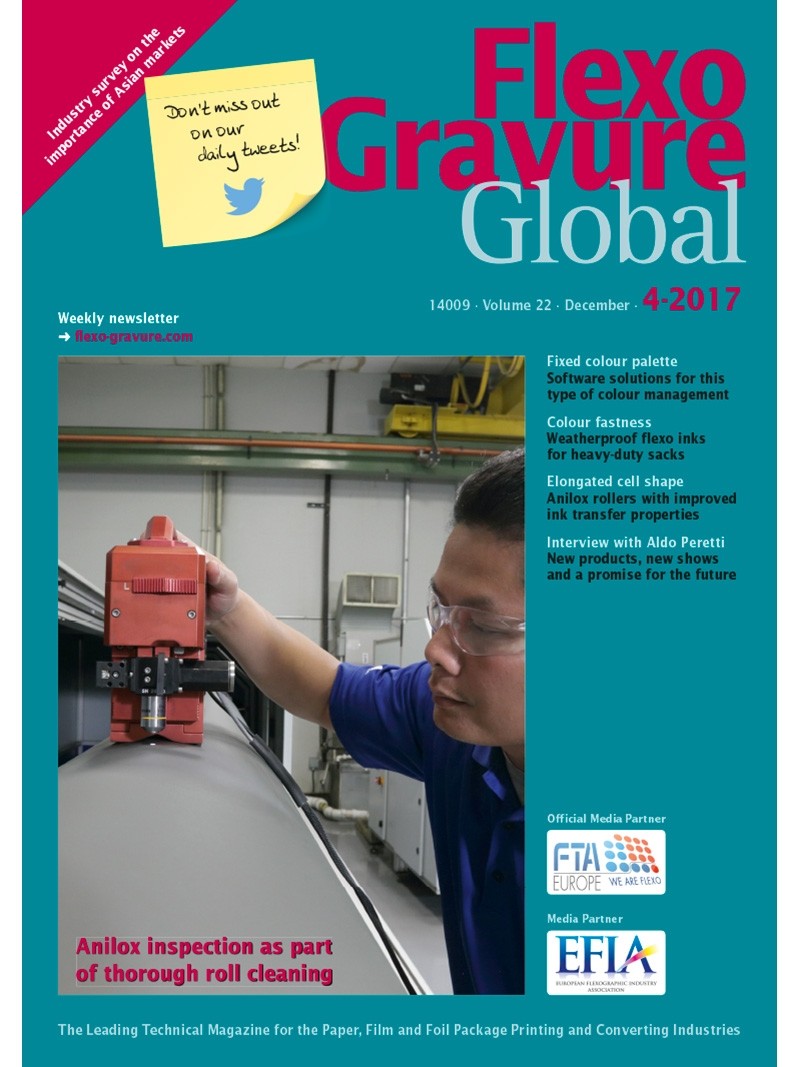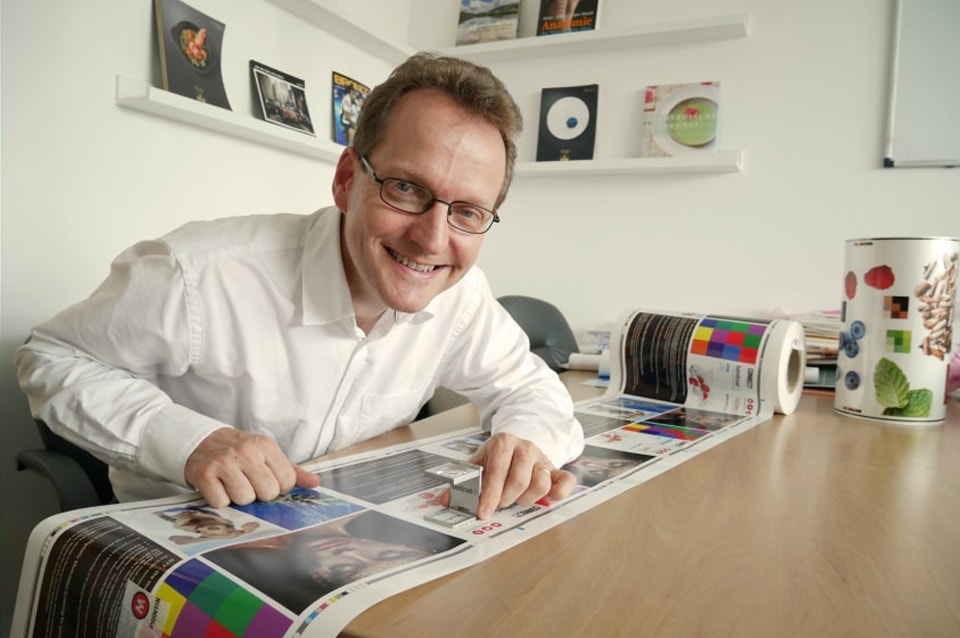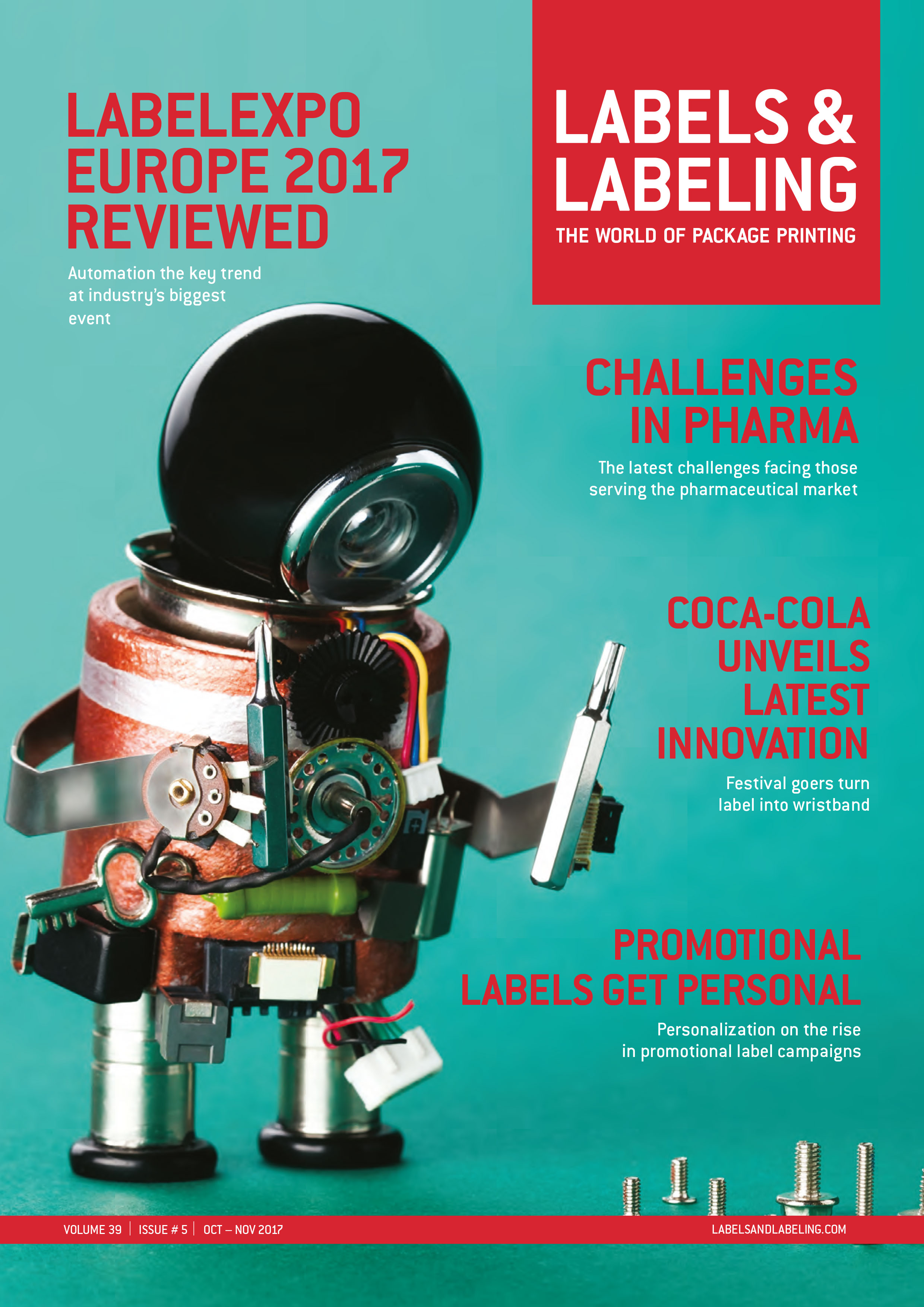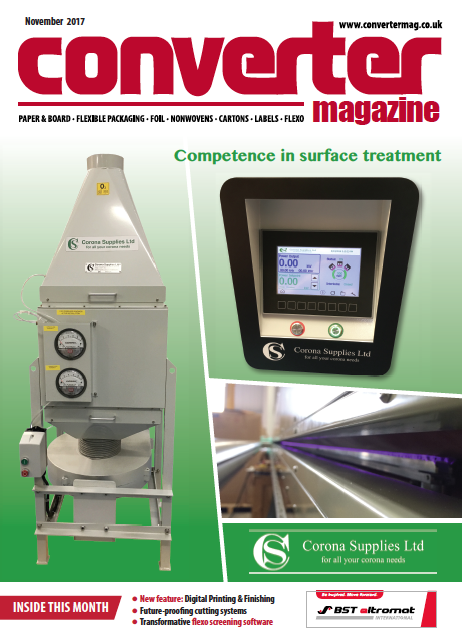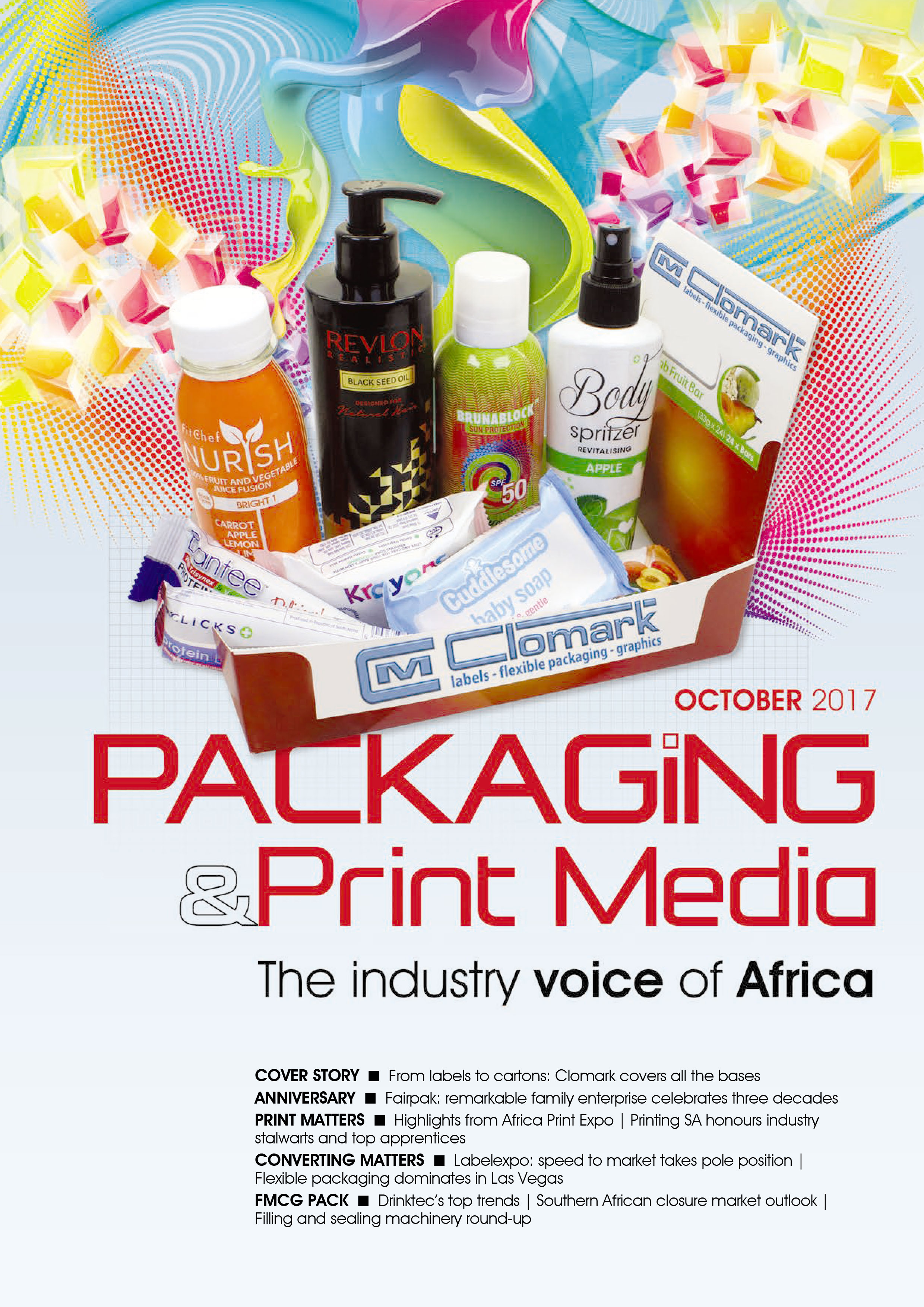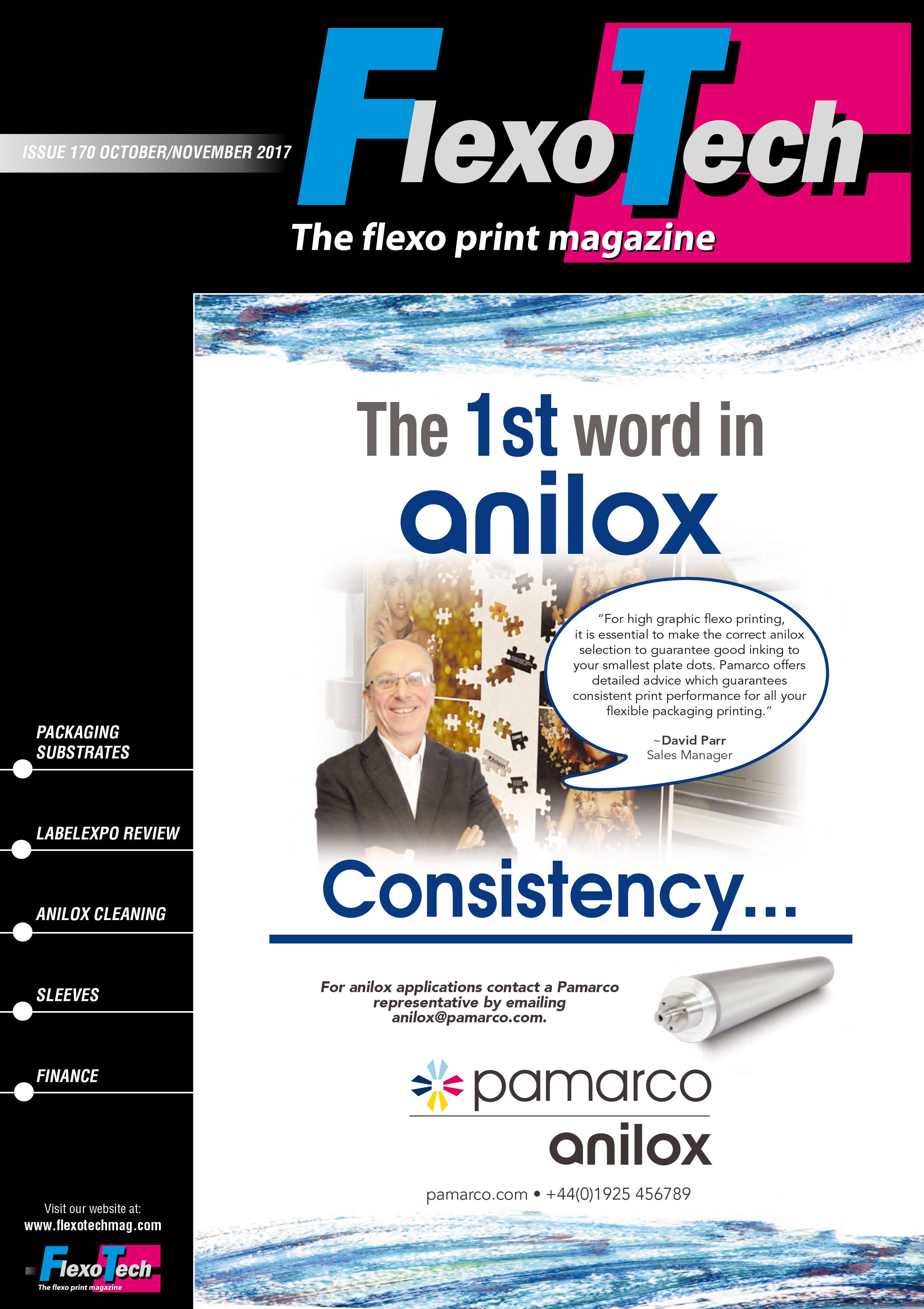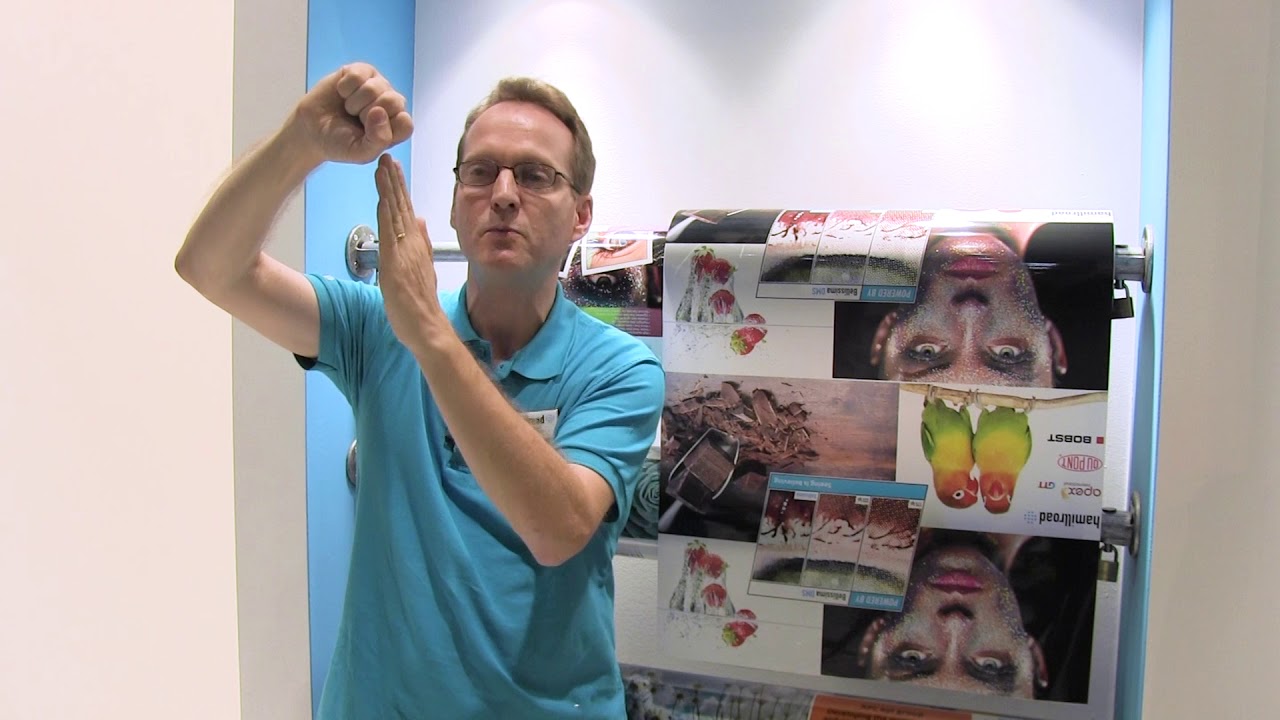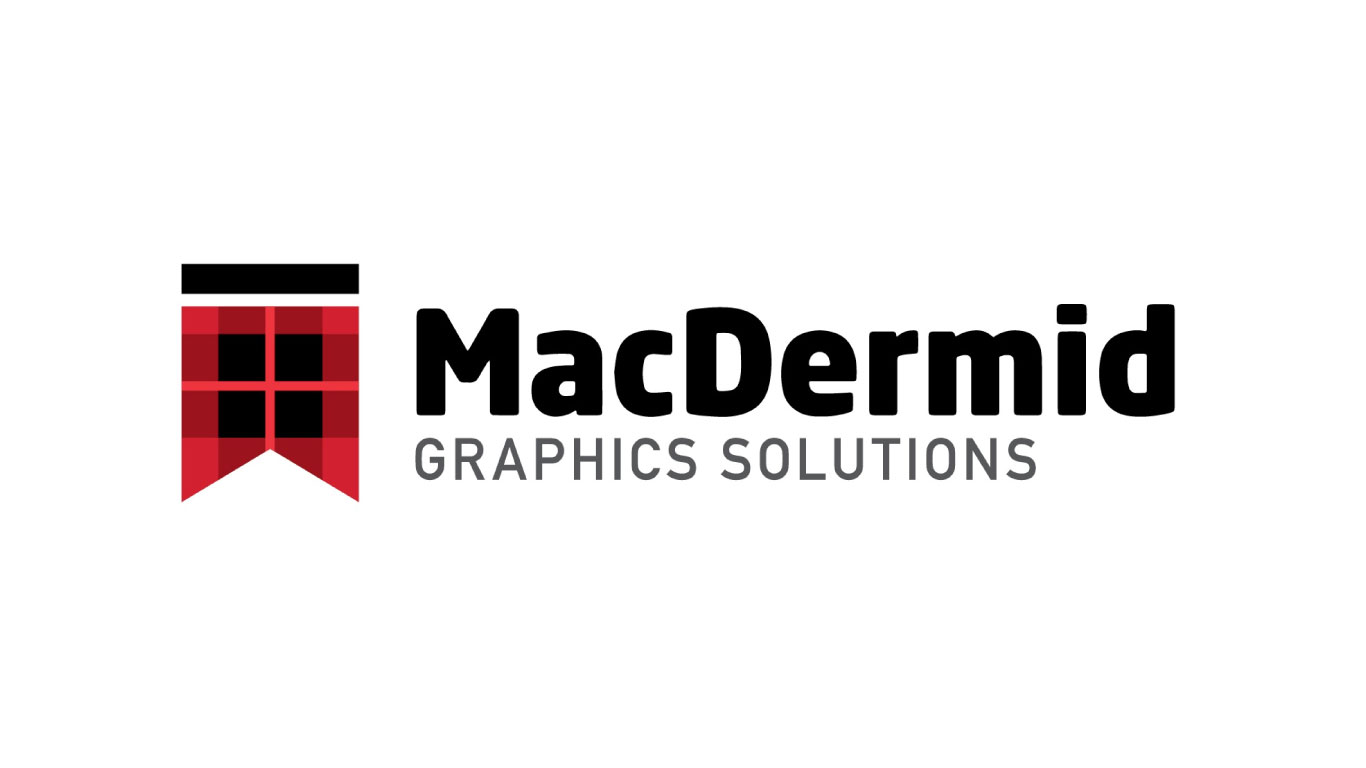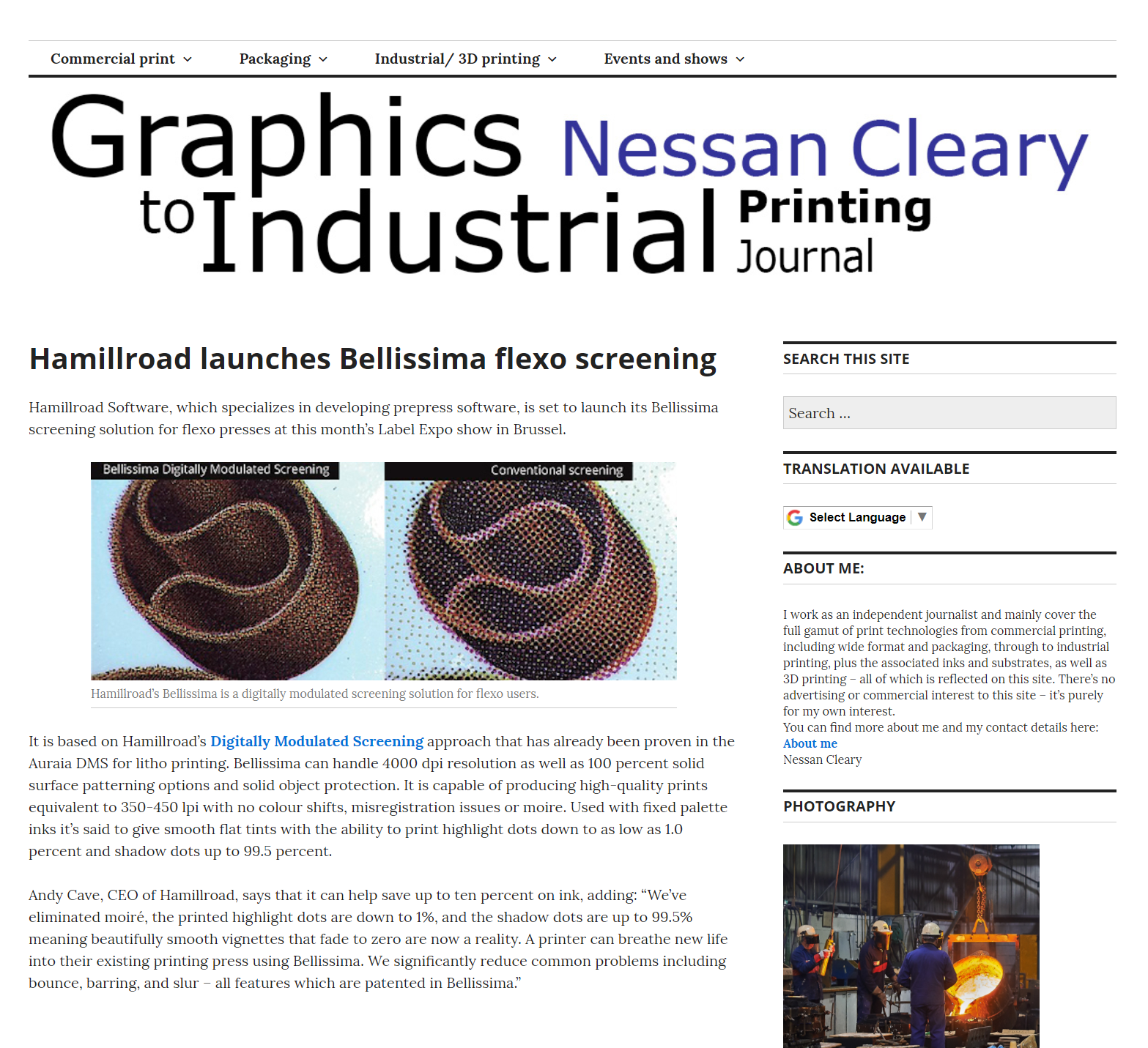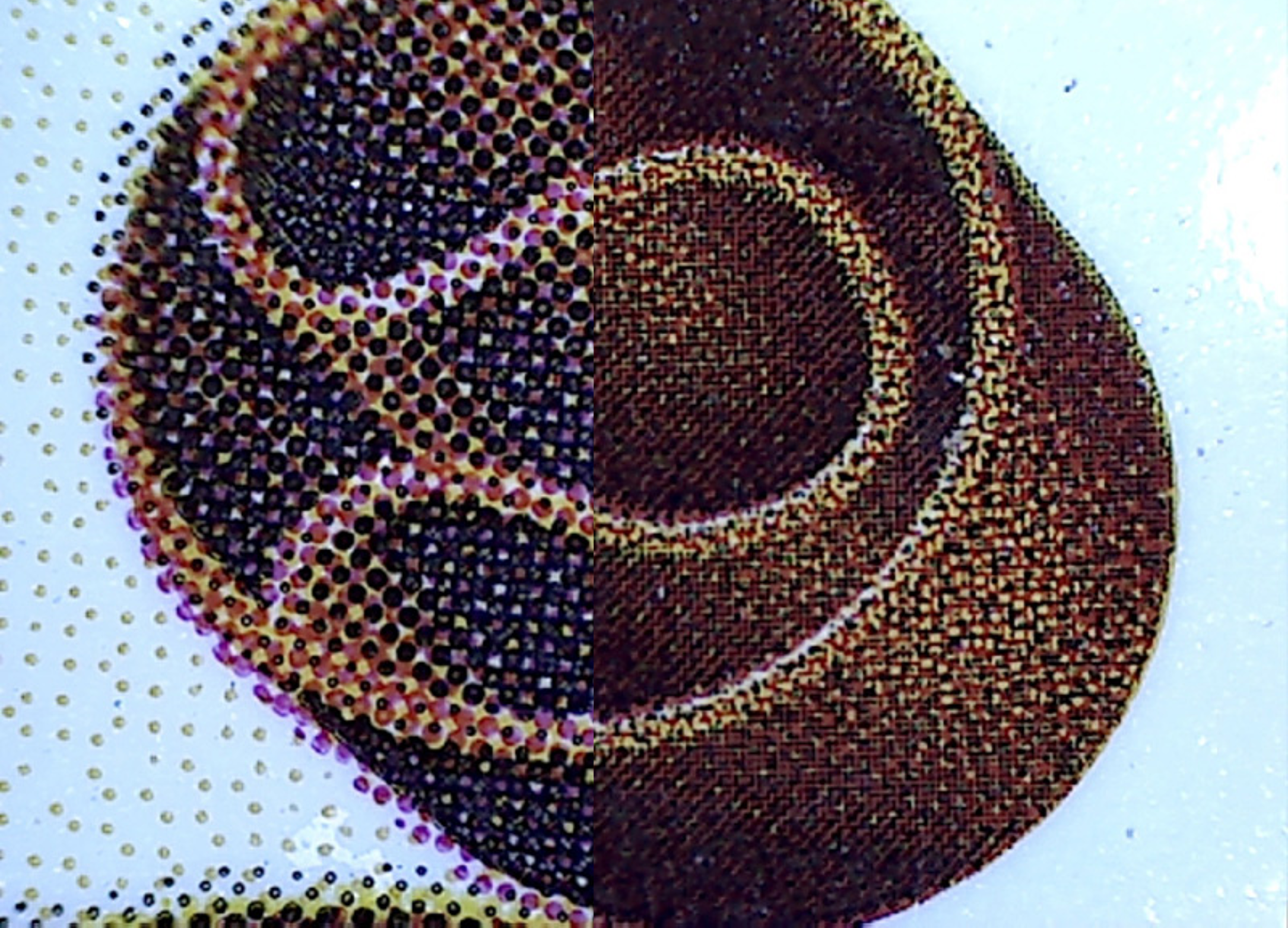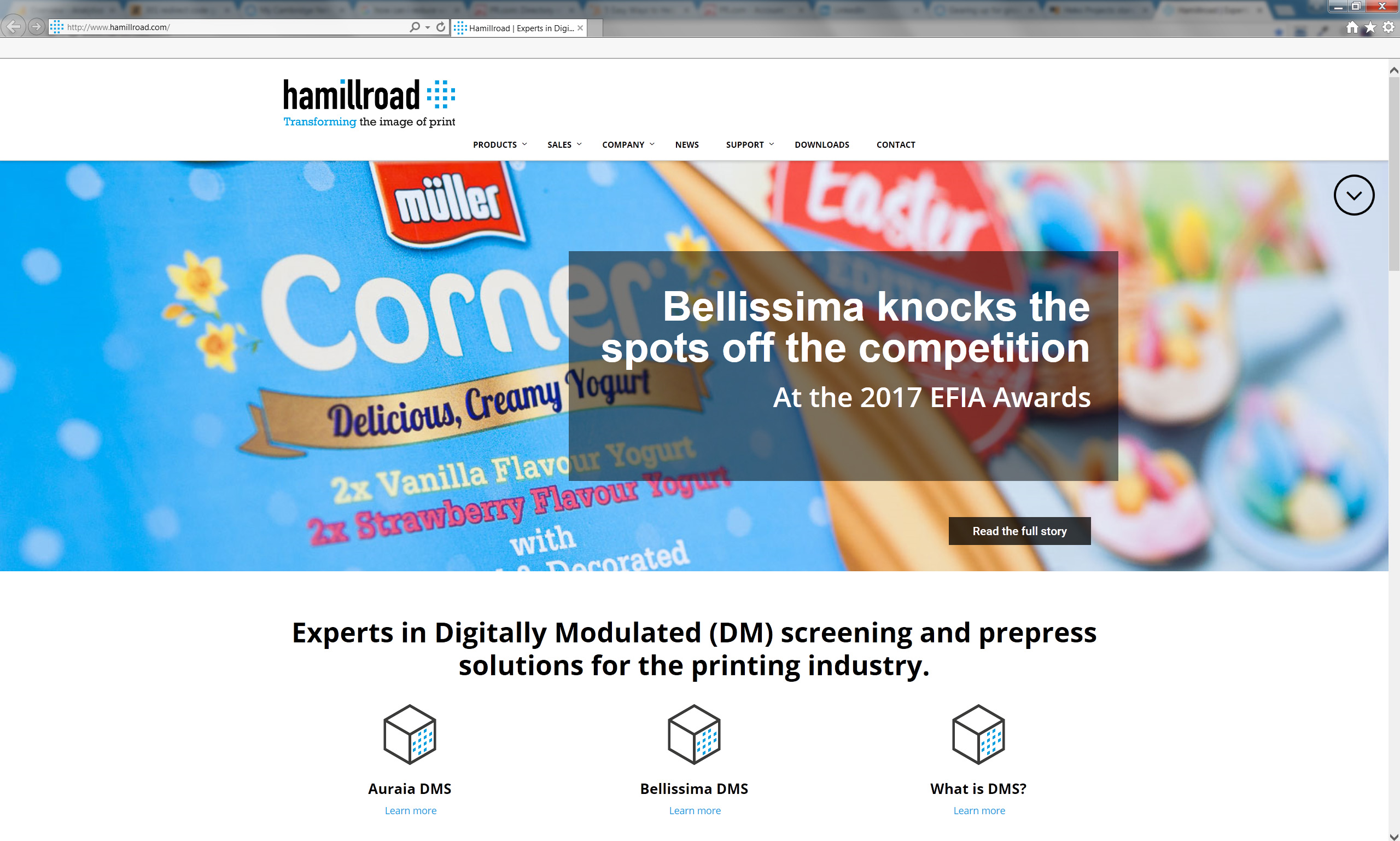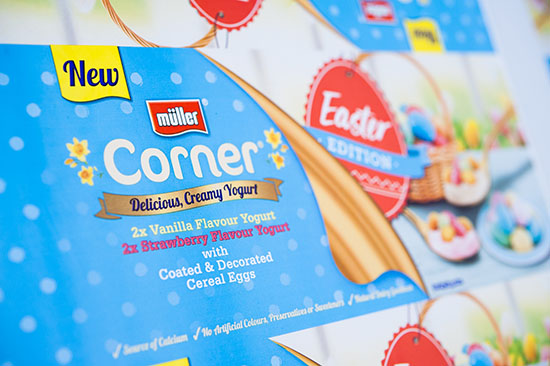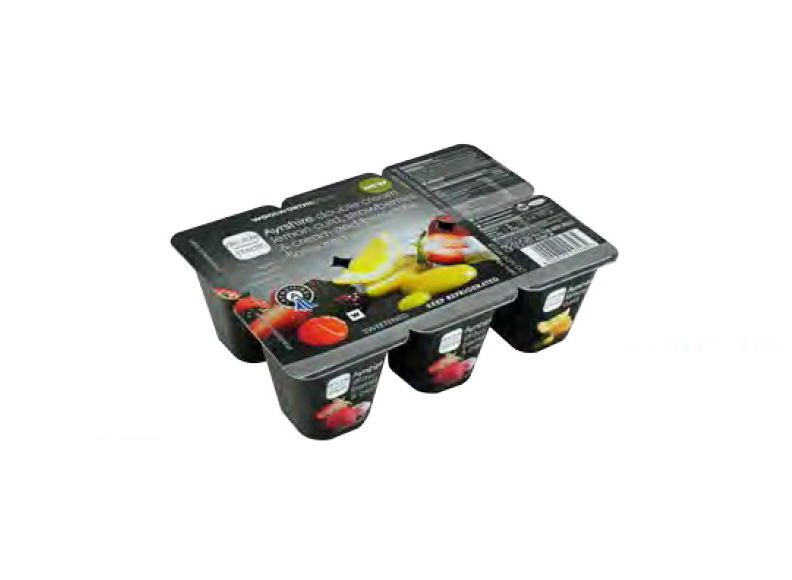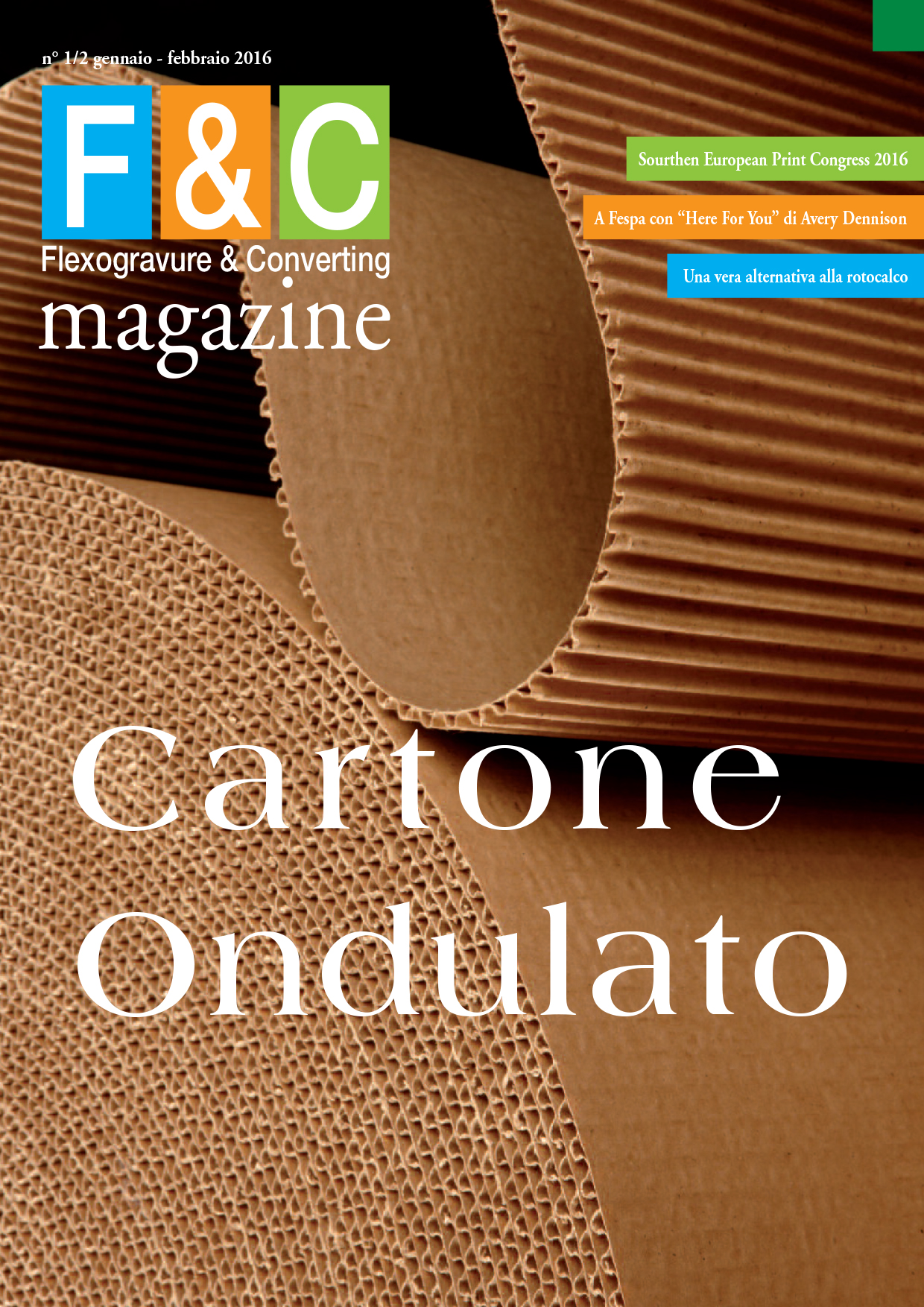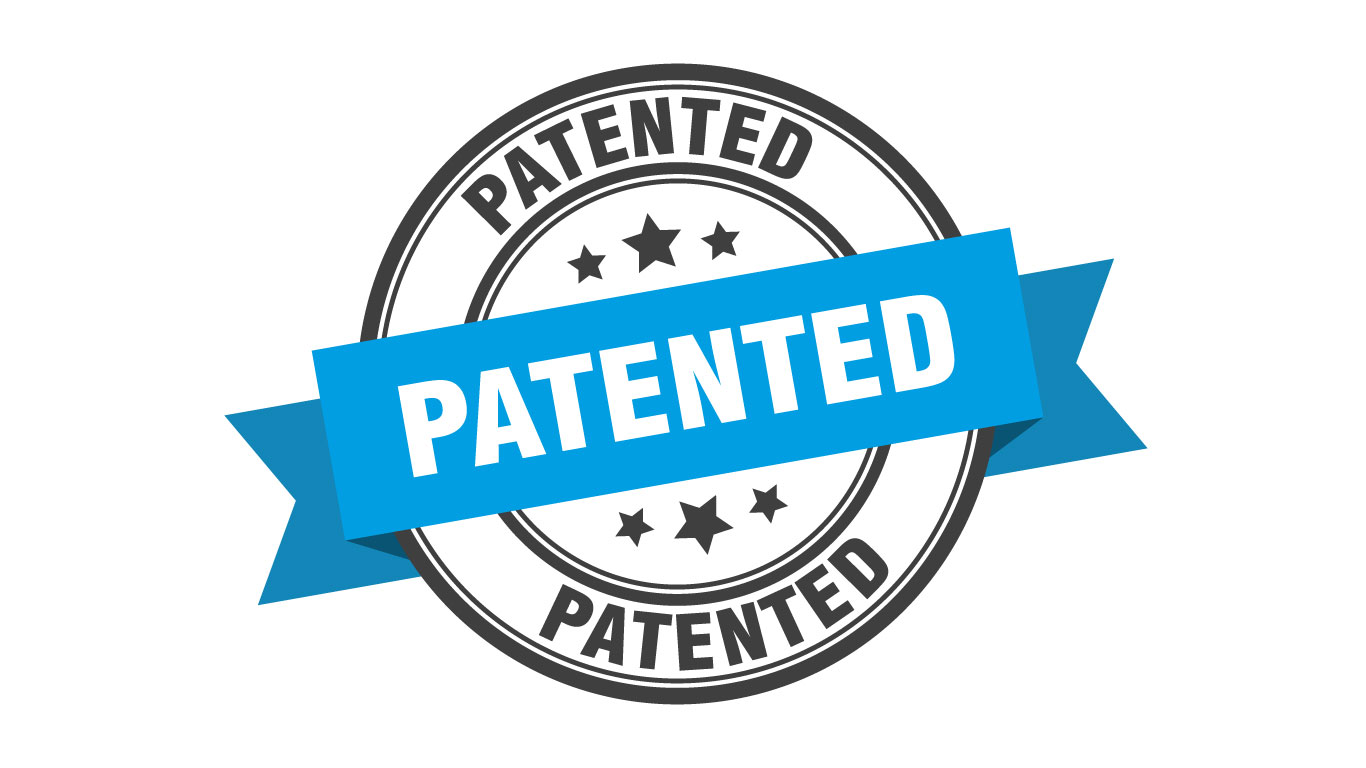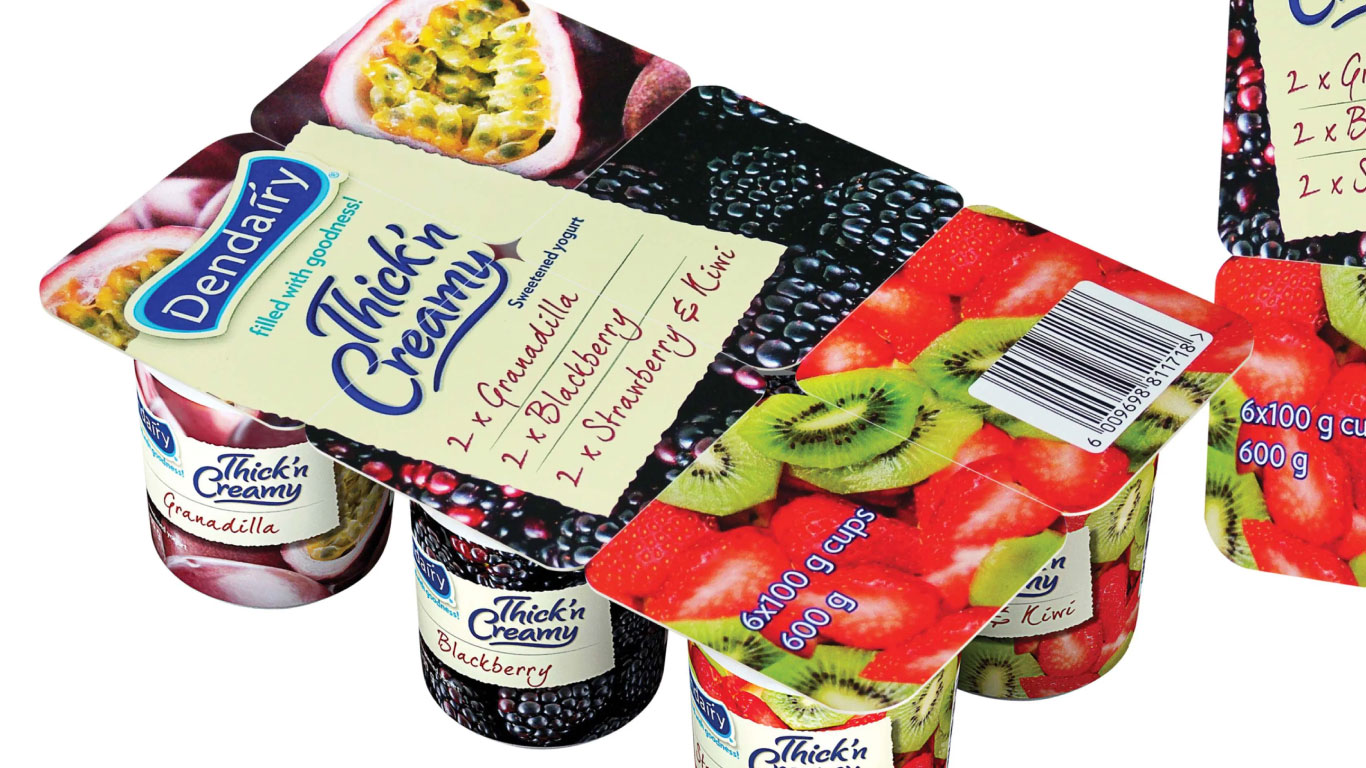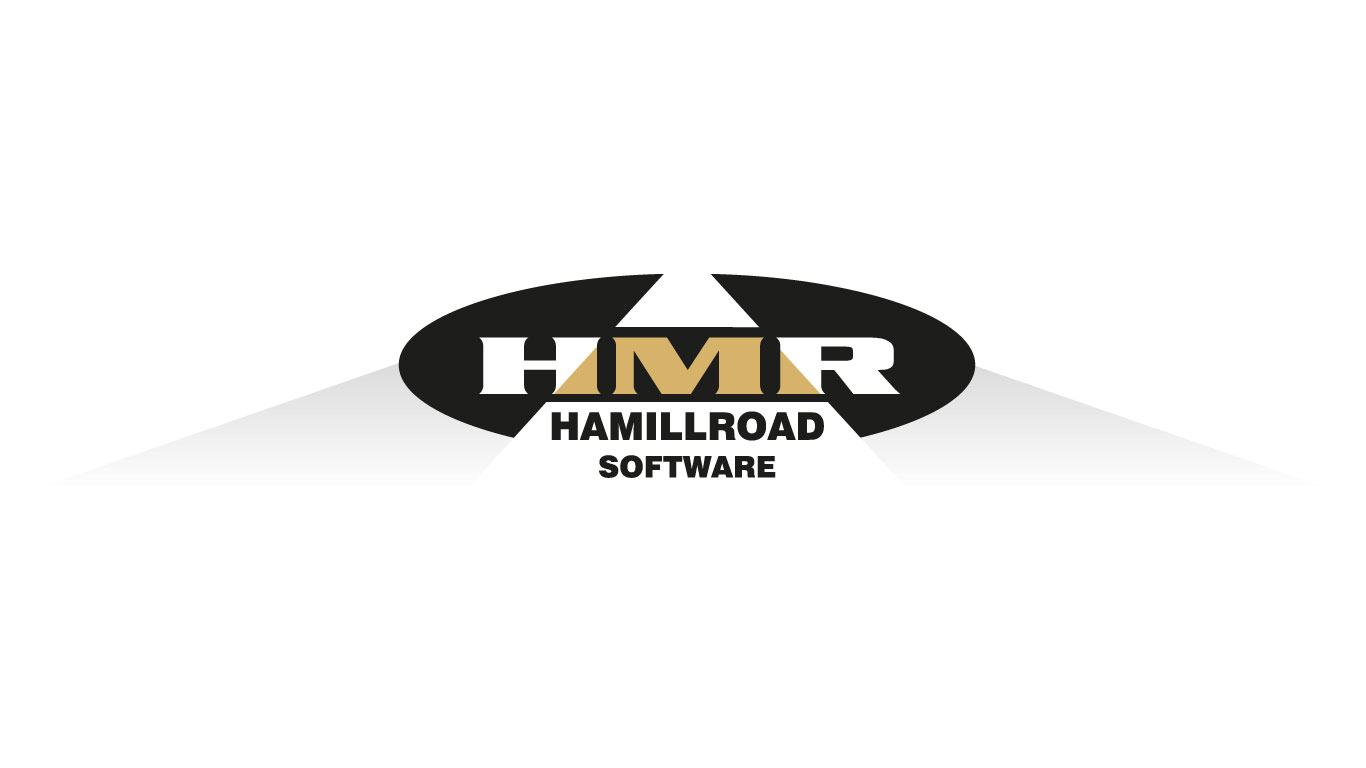Mark Cook crossed the Atlantic with one objective in mind: to disrupt the U.S. label printing market. His intent was to introduce an original, under-one-roof label printing solution which would streamline the design and printing process to achieve speedier results of enhanced quality at lower costs.
Determined to redefine the industry, Mark has leveraged his decades-long experience in the UK printing industry and joined forces with his two sons – Lewis and Ashley, who both serve as managing partners. While catapulting to success is a driving force for Mark and his sons, family values of integrity, customer engagement, and community spirit are the backbone of Catapult Print’s culture and the basic construct for its every function and interaction.
There must be something in the methods of this Orlando, Florida-based business — given in the six months following its April 2018 launch, the company’s sales hit $3.5 million, and they are on track to reach $8.5 million in the first year of operation.
Cook started his career at Paragon Print and Packaging in the U.K., working his way up until he became a director and part-owner. In 2014, he sold his share of the business and became a partner in Equator, a multinational packaging design agency that was acquired by SGK in 2017. At Equator, Cook and his sons worked with several global brands, helping to grow the agency’s revenues to $37 million annually.
In their roles at Equator, the trio had learned many details about the U.S. print market. The British market, which is dominated by five major retailers, had become very consolidated and extremely competitive. Cook says he saw more opportunity in the much larger U.S. market. More importantly, he felt they could do a better job, exceeding the mediocre printing he saw on many American retail shelves. “Many U.S. companies want to be everything to everybody,” he says, adding that “print doesn’t have to look dirty and dingy.”
Cook identified labels and flexible packaging as his target markets and encouraged his team to critique their experiences within the industry, allowing them to identify several key attributes that were inherent in successful businesses connected to the printing sector. From this starting point, they established five pillars for success: quality, service, lead times, price and innovation.
“Quality opens the door and pricing allows you to walk through,” says Lewis, “but service, innovation and delivering the product with minimal lead times is what will sustain that business.”
Banking on his deep experience and established relationships with suppliers, Cook decided to build his business using 100 percent low-migration UV flexo printing. Starting from scratch, he assembled a 56,000 sq ft plant that is outfitted with equipment that he calls the “Rolls-Royce” of the industry.
Because Catapult was a new operation, the Cooks were not encumbered by any legacy equipment. He says they were able to choose the latest technology that would allow them to efficiently produce the highest-quality printed products.
“We wanted our suppliers to understand our vision for the business,” Cook says. “We got all these people in, and they got it right away. They wanted to be part of this. They saw the potential for where we are trying to move this market.”
Using two 8-color Nilpeter presses running low-migration inks from INX, Catapult prints pressure-sensitive, wraparound and linerless labels as well as rollstock for flexible packaging. He says that UV flexo, which dries and cures the inks and coatings instantly through polymer cross-linking initiated by exposure to high-intensity UV light, offers the best results. It offers excellent print quality and can dramatically reduce turnaround times.
There have been some concerns about the photoinitiators in inks migrating into the packaged products, but that has been solved with the low-migration inks, he says. Working with INX, their ink supplier, Catapult has installed an in-house ink lab that allows them to obtain consistent color matches that are confirmed by spectrophotometer readings every time.
In choosing the equipment, Catapult also elected to use MacDermid photopolymer flexo plates, which are made in-house on Esko’s XPS Crystal CDI, which uses LED UV curing while automating the platemaking process. This allows Catapult to hold a 0.08 percent dot on the plates. These plates are used in conjunction with GTT anilox rolls produced by Apex International, which he says offer a precise ink flow onto the plates.
A major differentiator for Catapult is the use of Hamillroad Software’s Bellissima Digitally Modulated Screening (DMS) for high-quality graphics. This process allows Catapult to produce screens at 350 lines per inch compared to 150-175 lines per inch for most flexo printers. Cook says this produces printed results with a full tonal range that rivals or exceeds offset and gravure printing. Currently, Catapult is the only U.S. printer using Bellissima DMS, which has won recognition for its innovation from the World Label Awards and the FTA.
Another area where Catapult sets itself apart is the production of linerless labels, where it is one of only two printers in the U.S. manufacturing this type of label.
Linerless labels are pressure-sensitive labels that do not have a liner or backing paper. The labels are wound on a roll that has had a release coating applied to the front of the facestock to prevent the adhesive from sticking on the label below. After the labels are printed, the release coating is applied and labels are rewound on a coater produced by Ravenwood.
In Europe, linerless labels are widely used with protein products, such as meat, poultry and fish. Cook says they are gaining acceptance in the United States, primarily through the elimination of backing materials, which create waste, add to shipping costs and limit productivity. Various market studies predict rapid growth for linerless labels.
Cook points out that all this equipment and machinery is available to any printer. However, he adds that producing better print quality at competitive prices with fast turnarounds gives Catapult to capture and keep new business.
The company has its own sales force and does not use brokers. “We are passionate about delivering on our sales promise,” says Lewis. “Everyone in the building is part of the sales process.”
He explains that too many printers try to cut corners by taking out costs where they shouldn’t. At Catapult, he says, they “keep costs where the value is” by investing in equipment and processes that create value for their customers.
And it’s their customers that sit at the heart of the Catapult proposition. As Cook says “For us, it’s not all about profitability, it’s about what’s best for the customer. We base our decision making on how we can support our client best as oppose to worrying about associated costs or time.”
The business is committed to a partnership model, where they can support their clients, helping them grow and thrive. They’ve achieved this by establishing a company culture that has successfully cascaded down throughout Catapult, most importantly to the customer.
Cook comments; “As we move into year two, we’re evolving but our philosophy and values are still intrinsically linked to those five pillars that we established on day one. They’re what set us apart from the rest: average printers that don’t have the same level of focus when it comes to quality and service.”
Catapult has room to grow in its Orlando location. The company recently ordered its third press and another rewinder. It has also expanded its capacity by going to 24/7 operations. Their formula certainly seems to be working as they continue to innovate, grow and further disrupt the U.S. label market.





